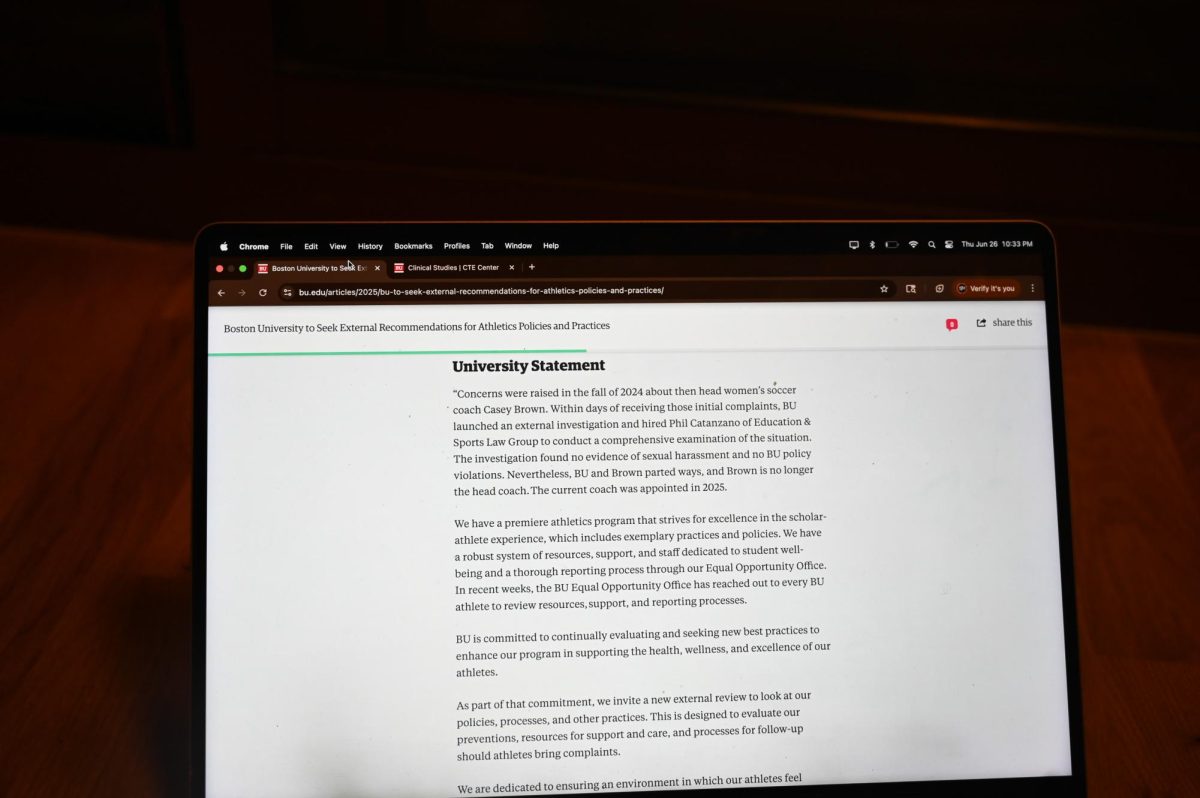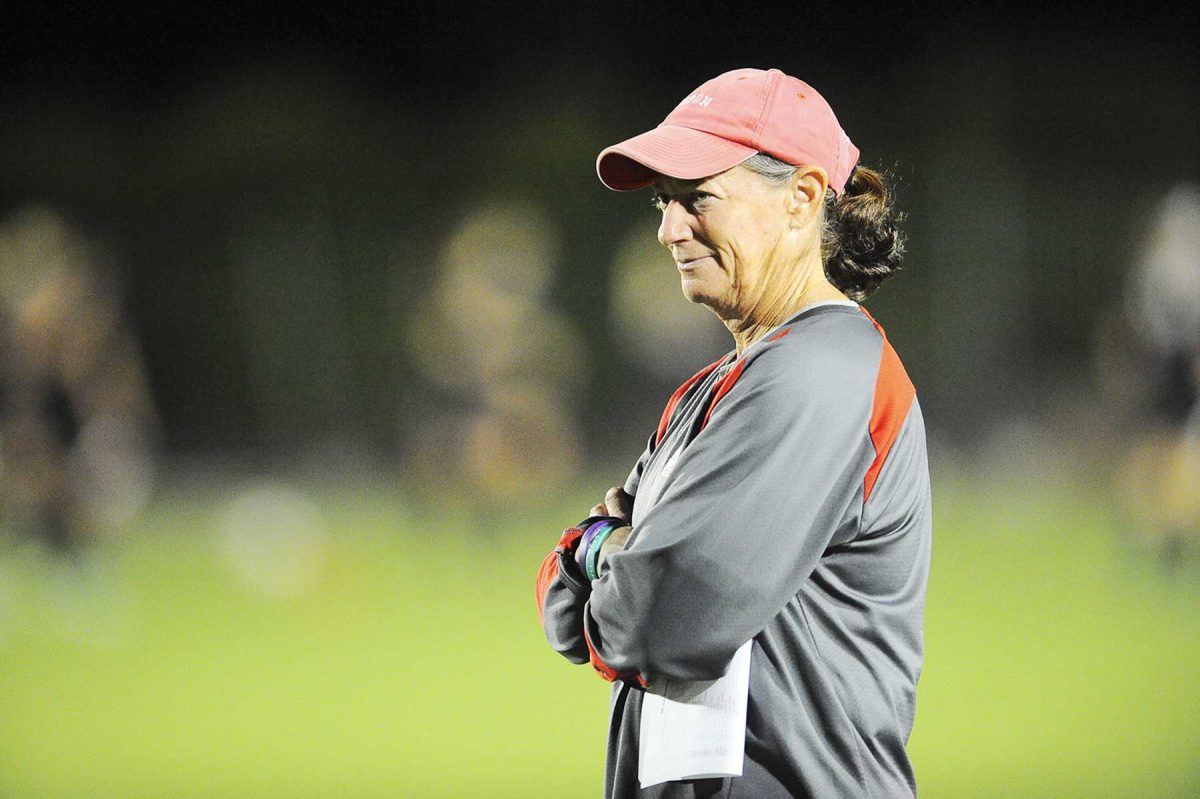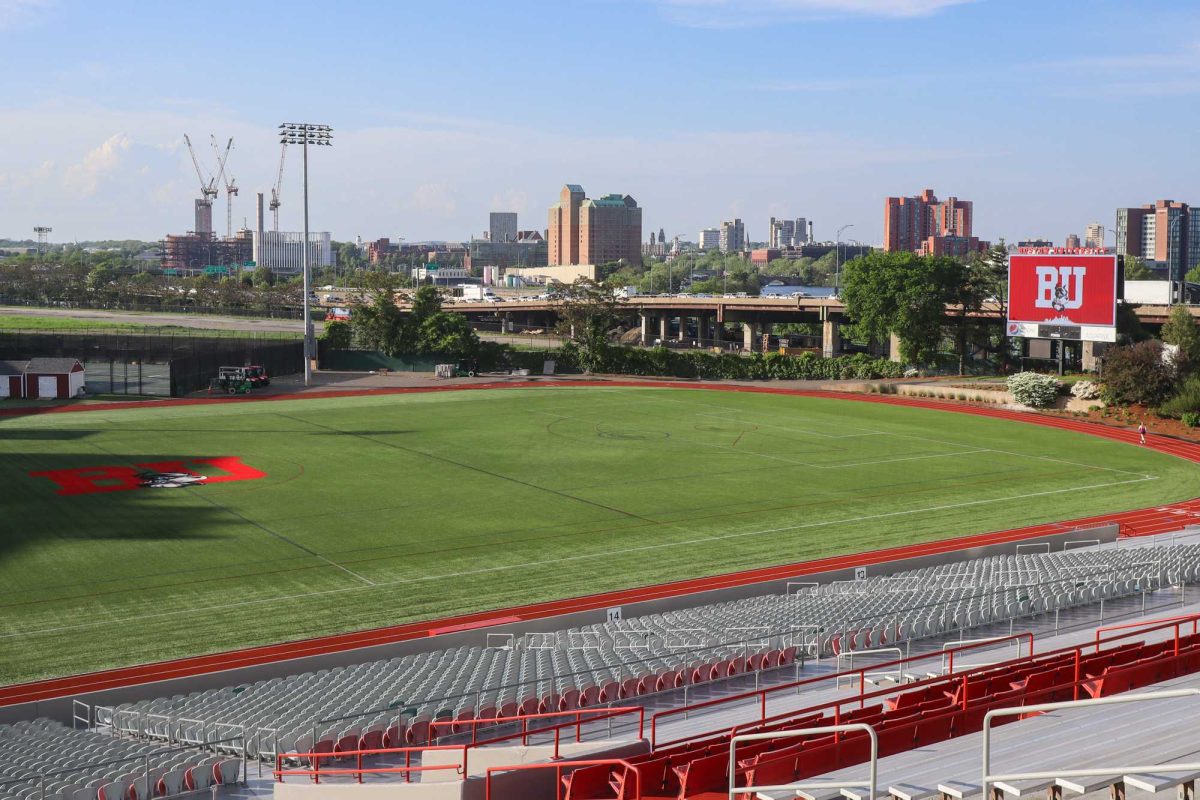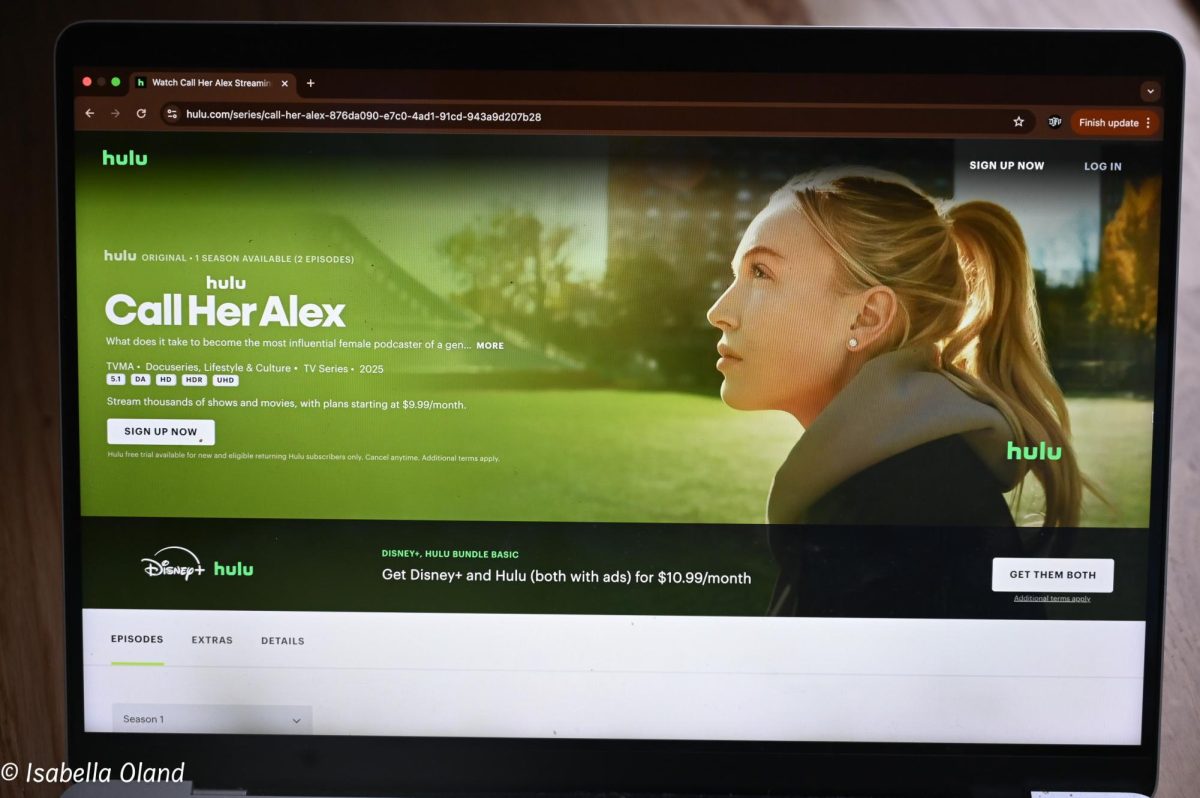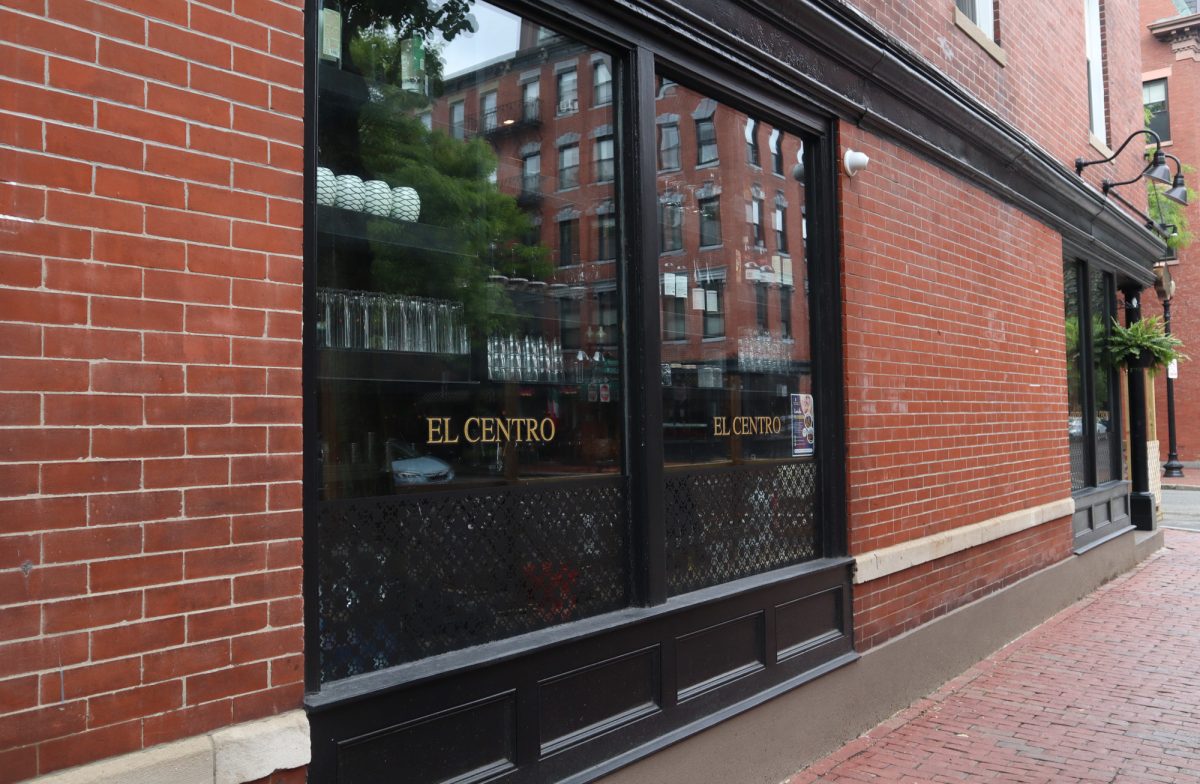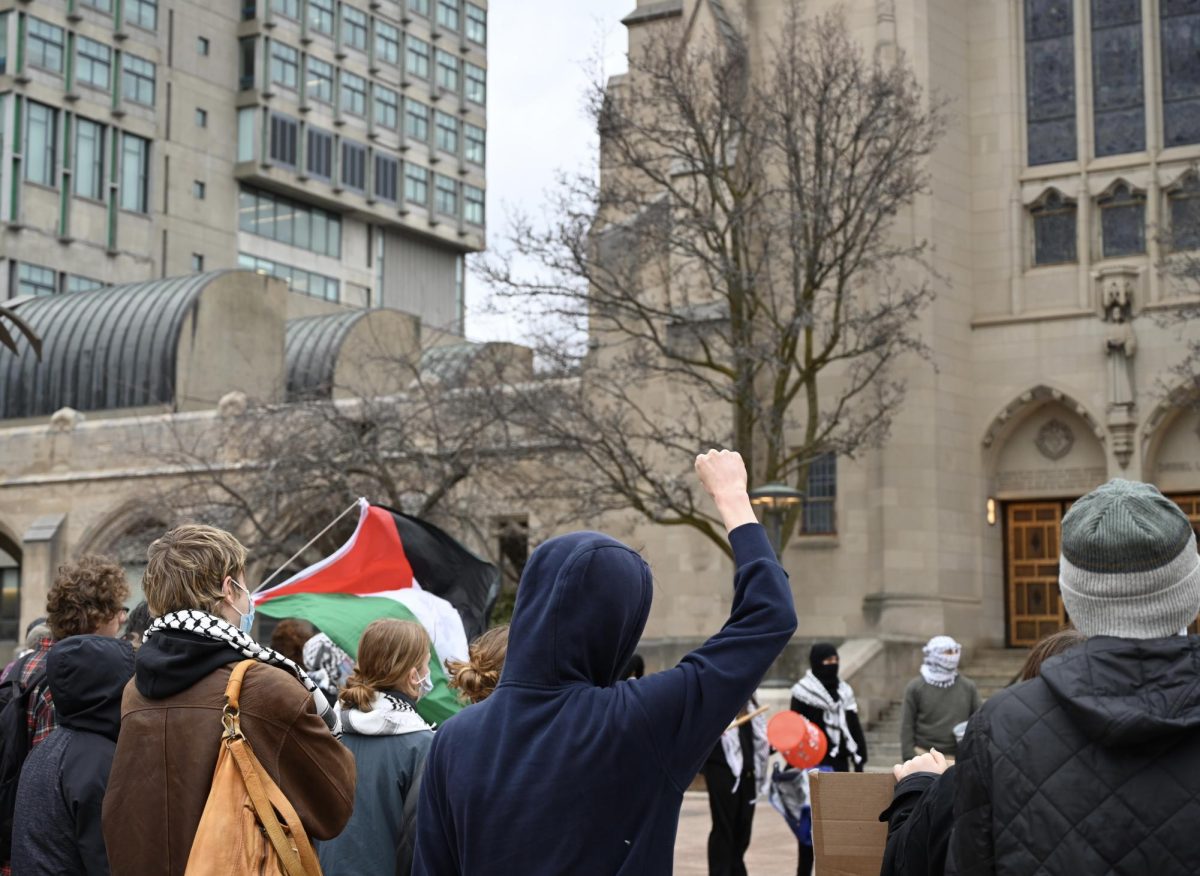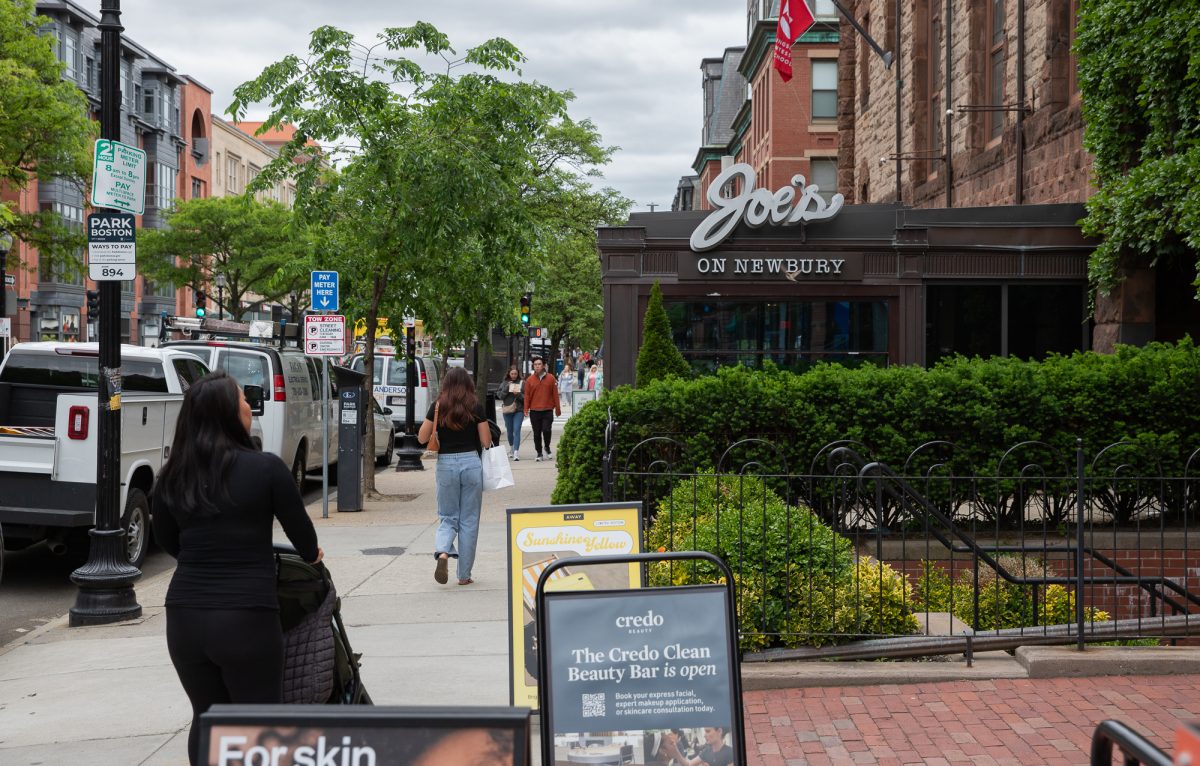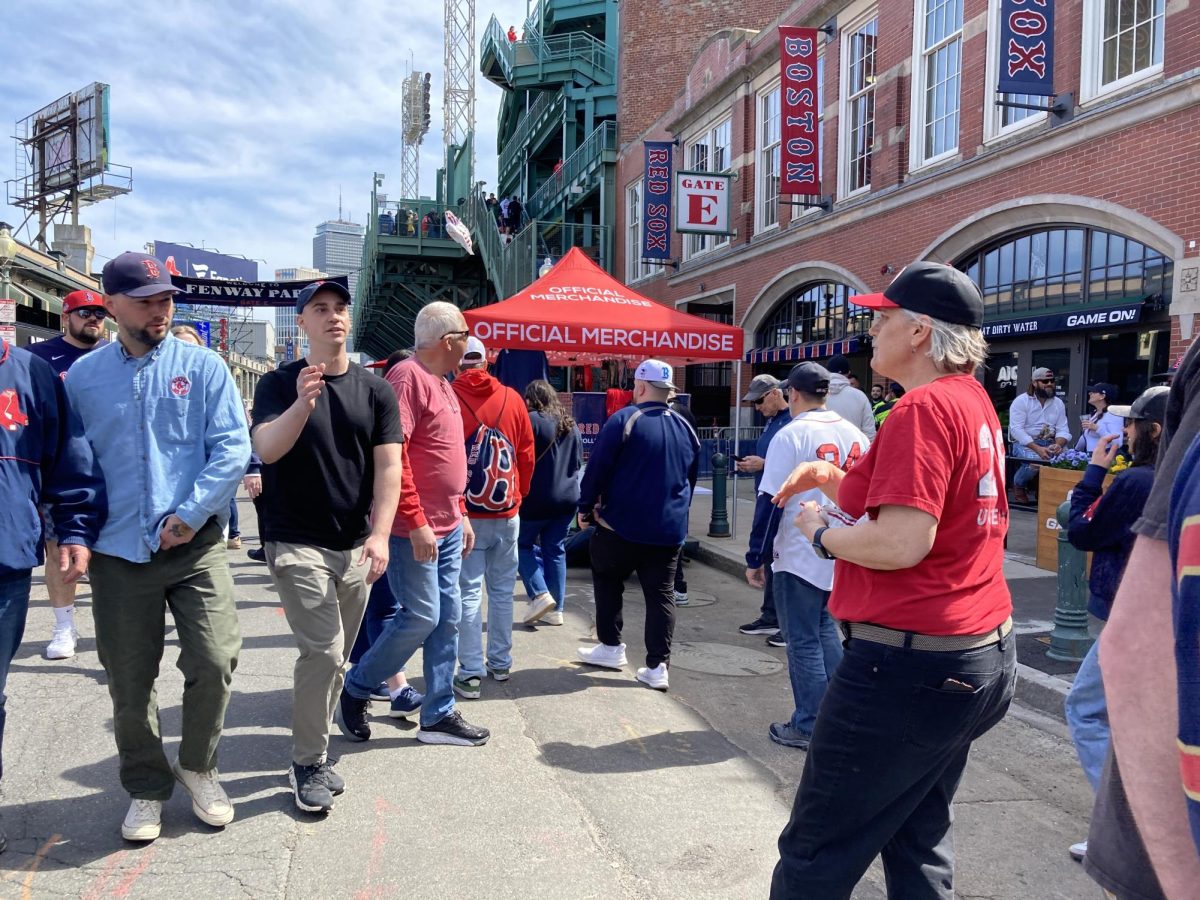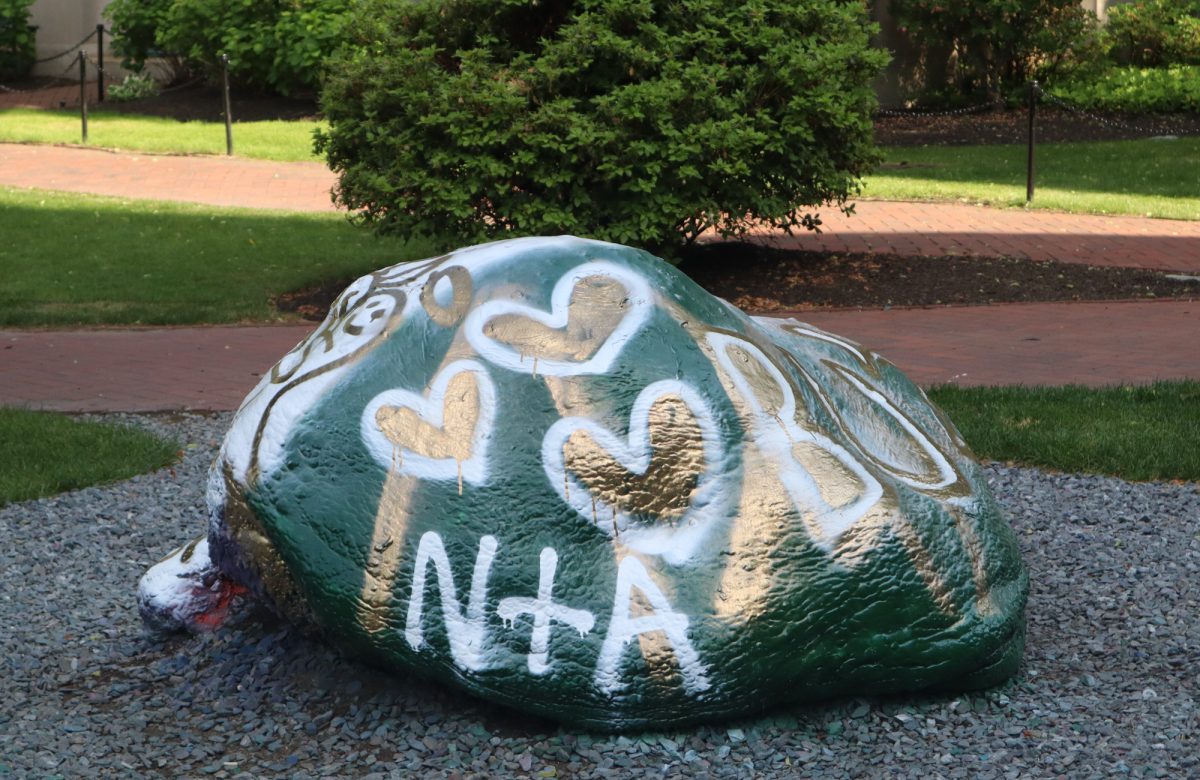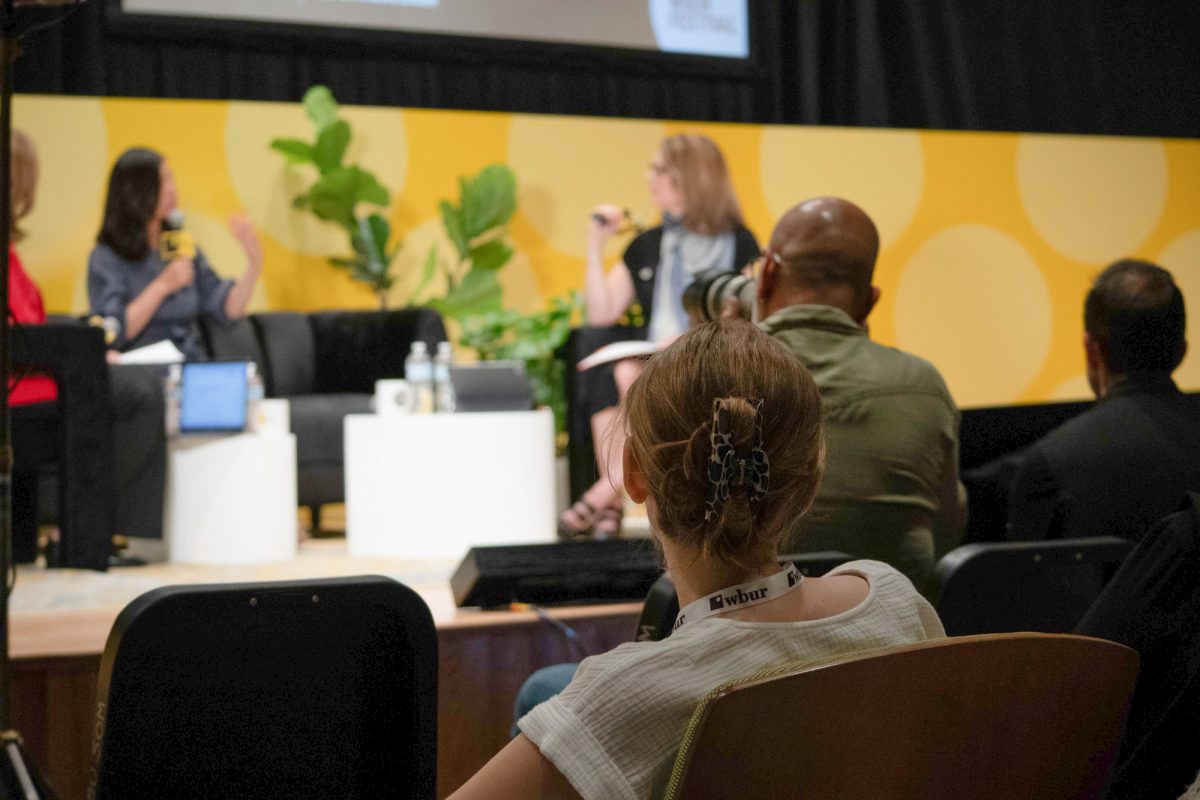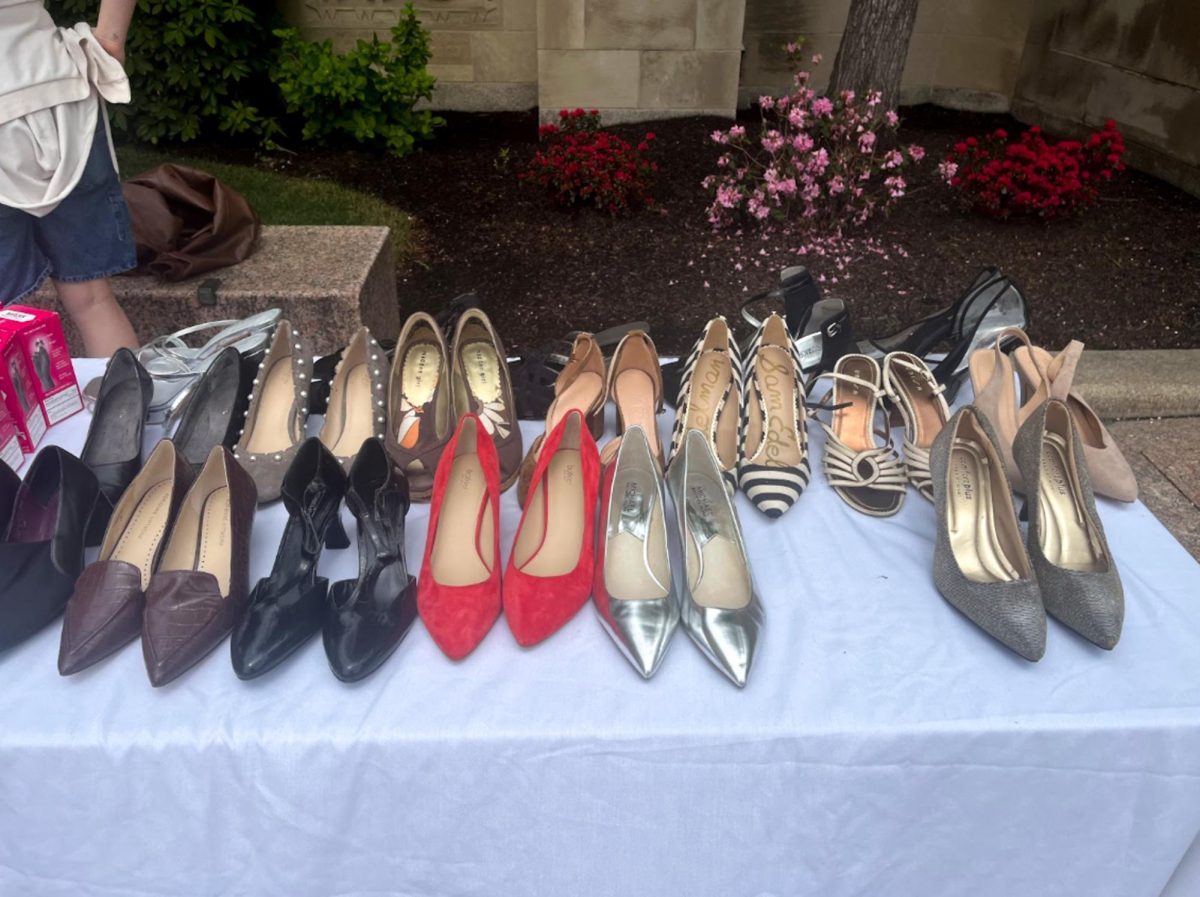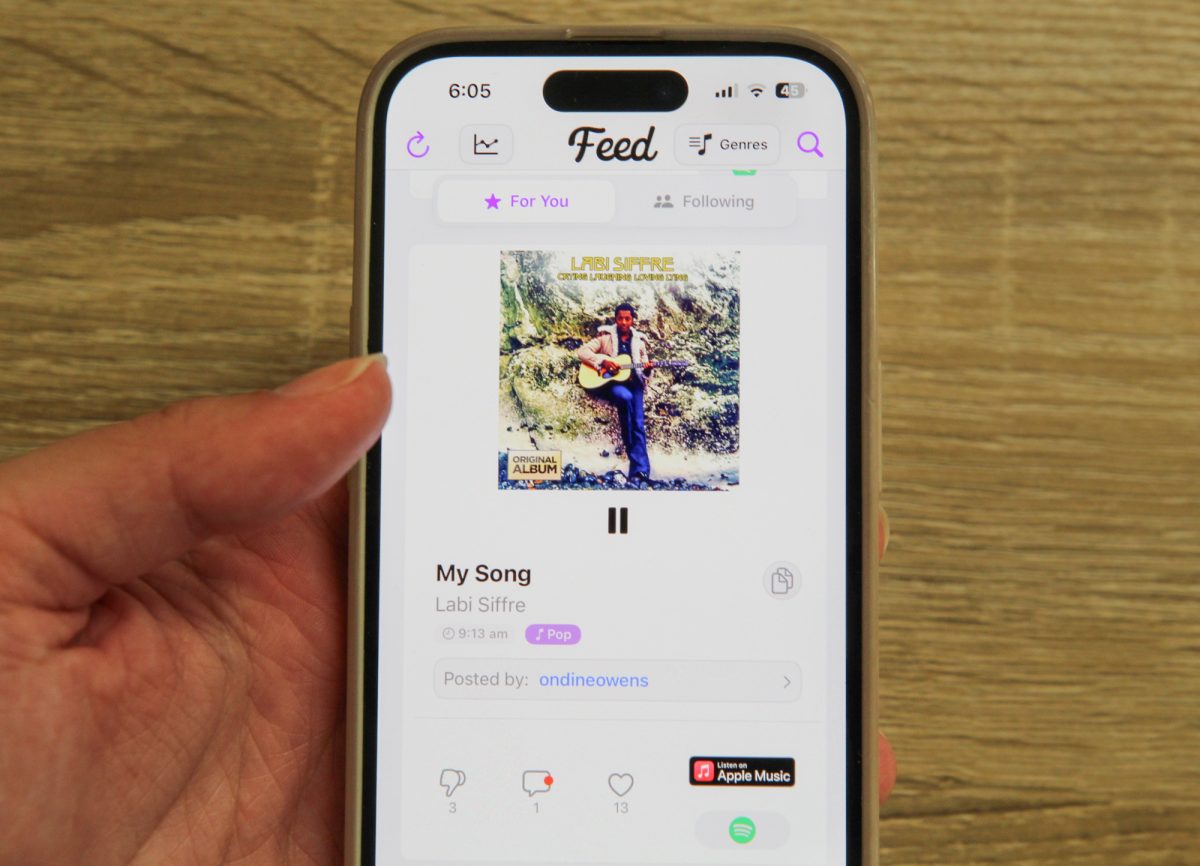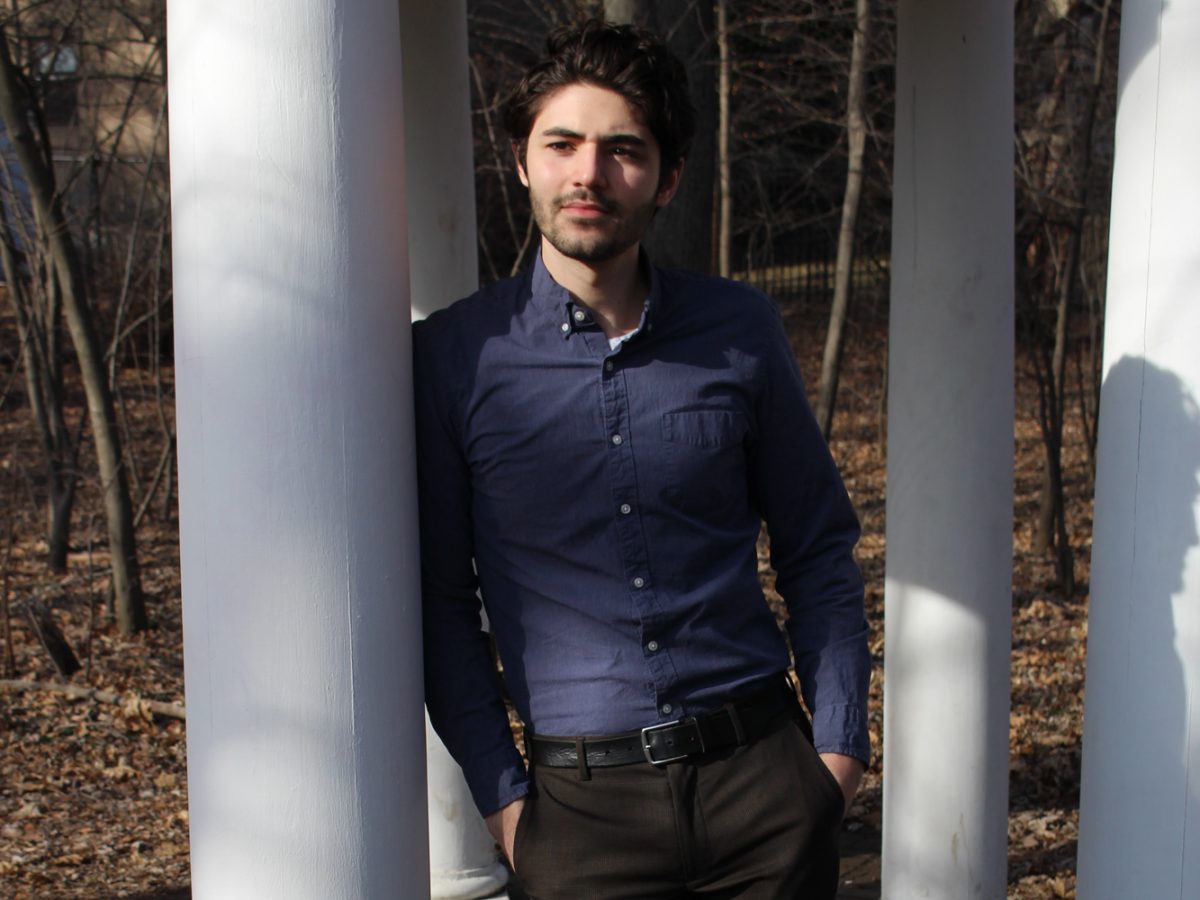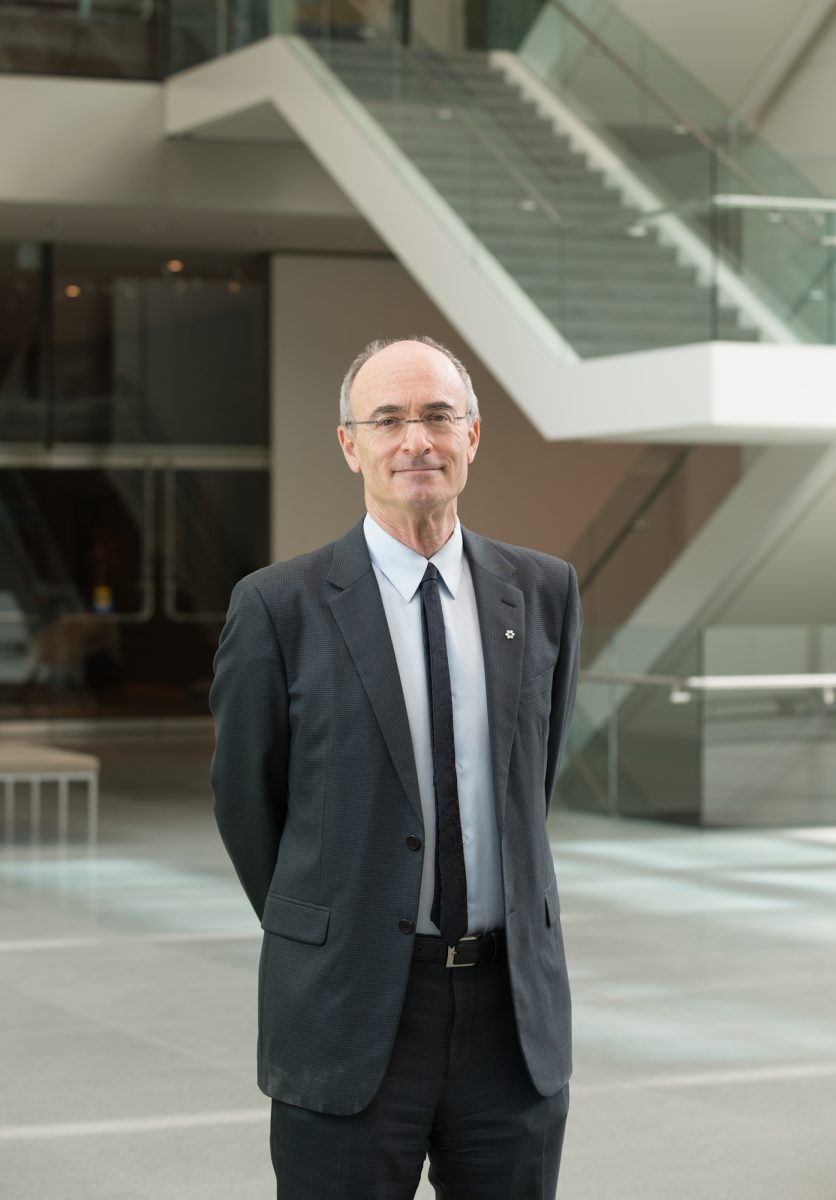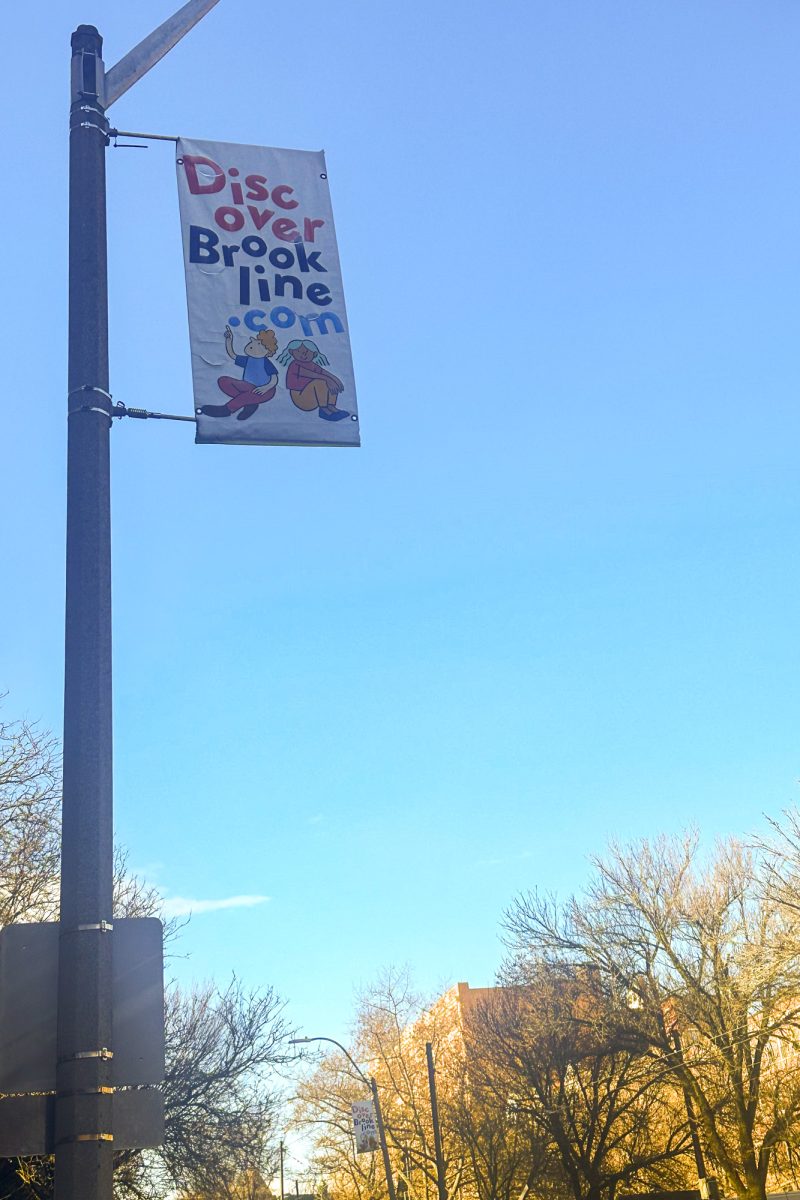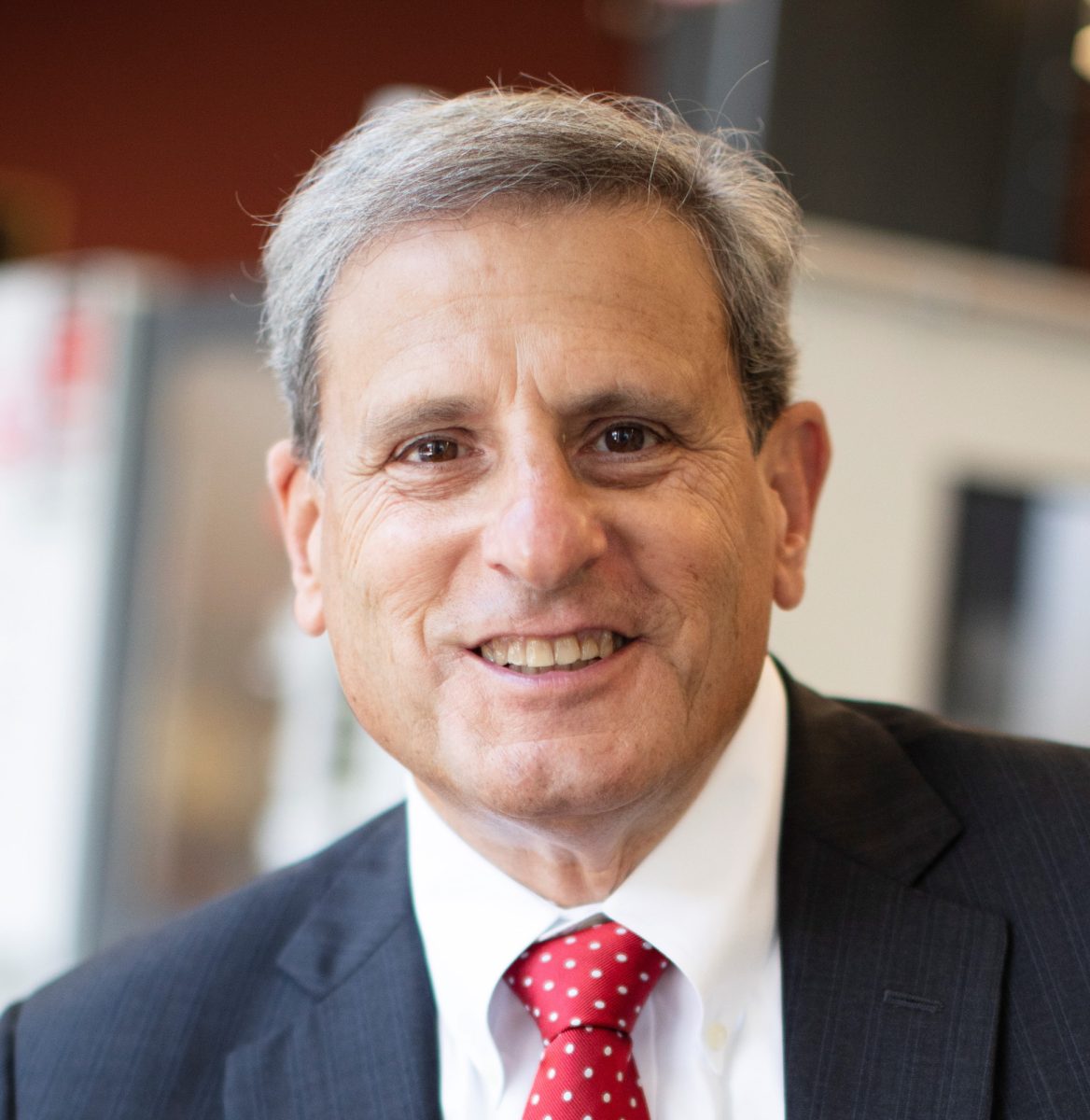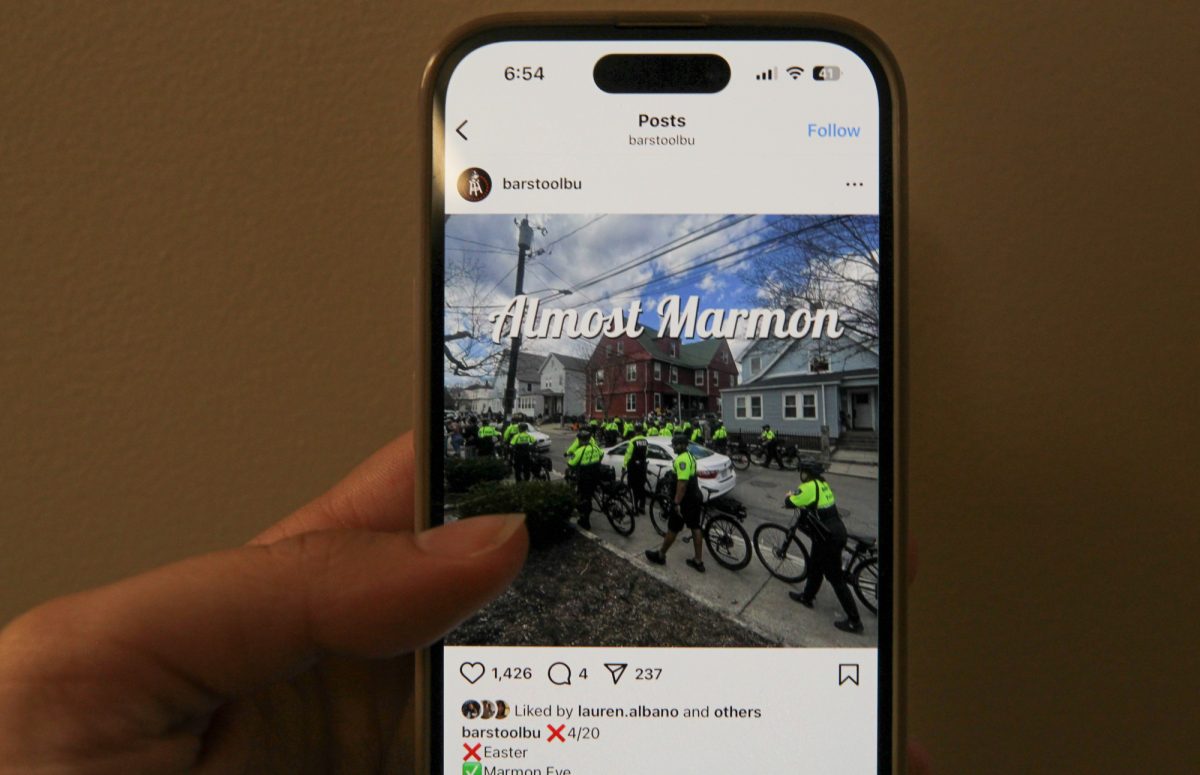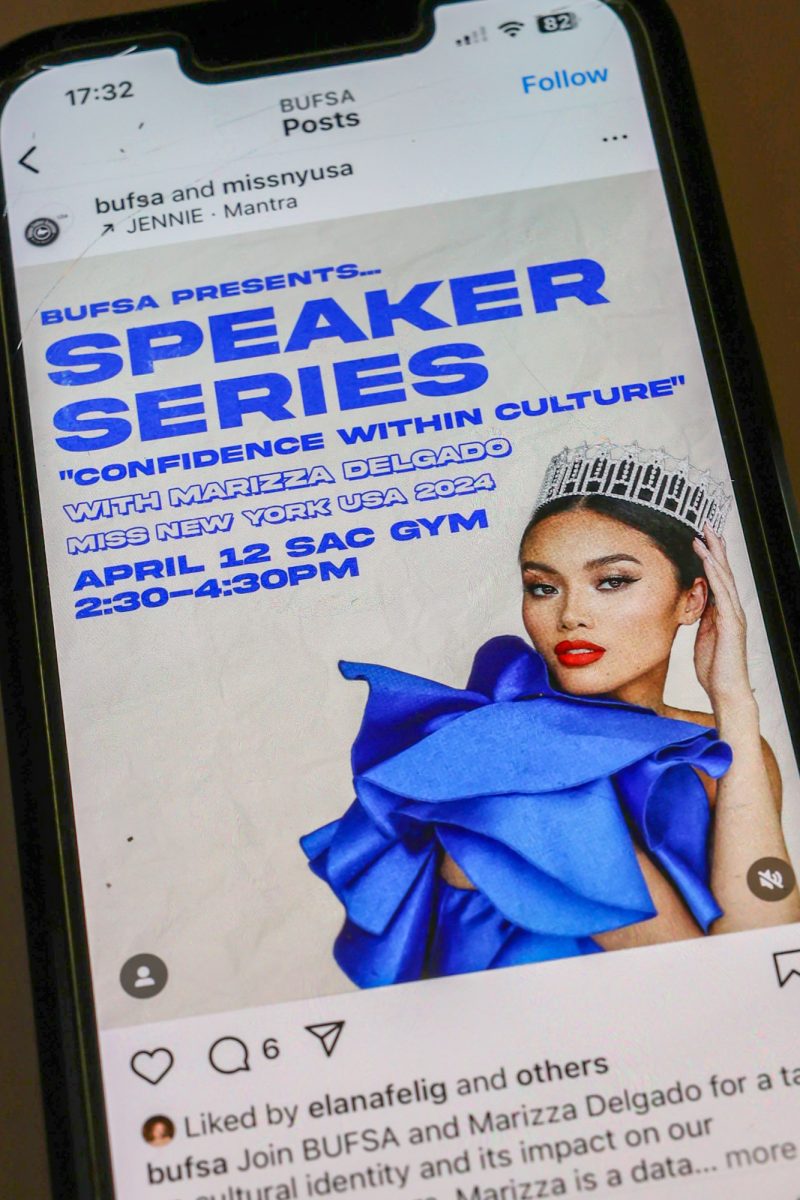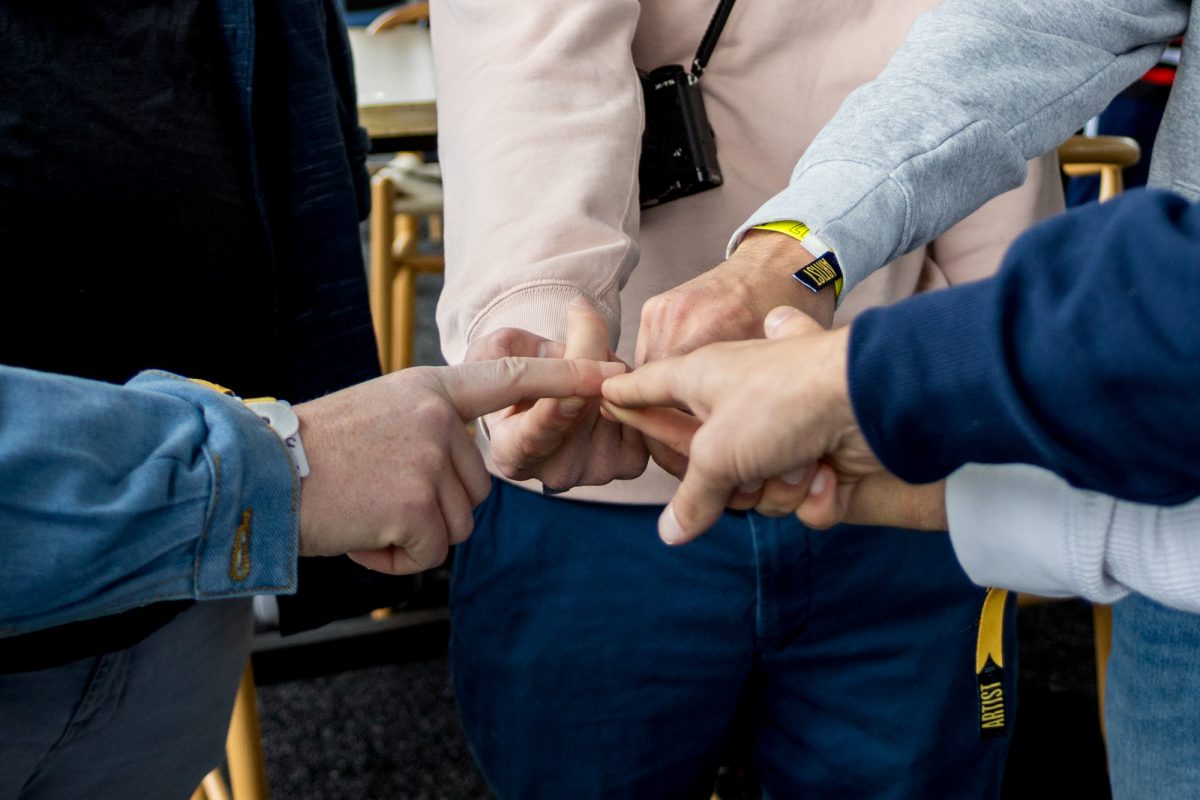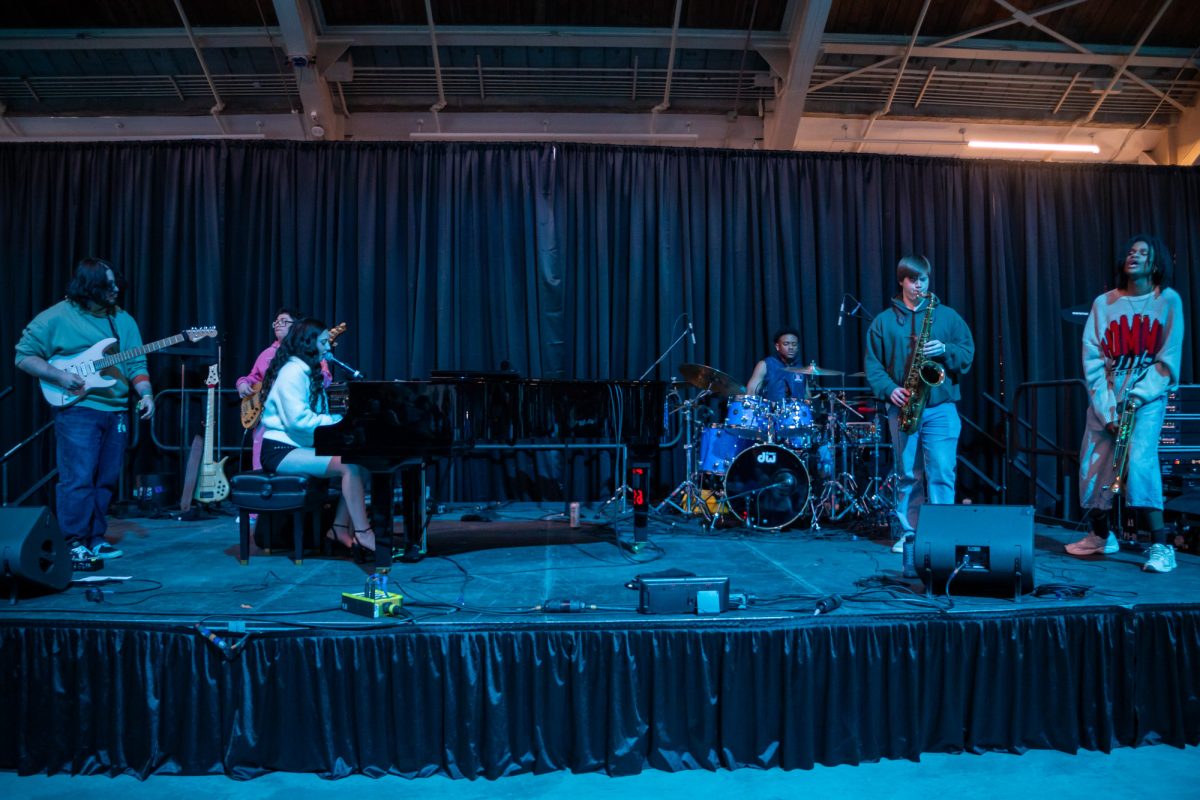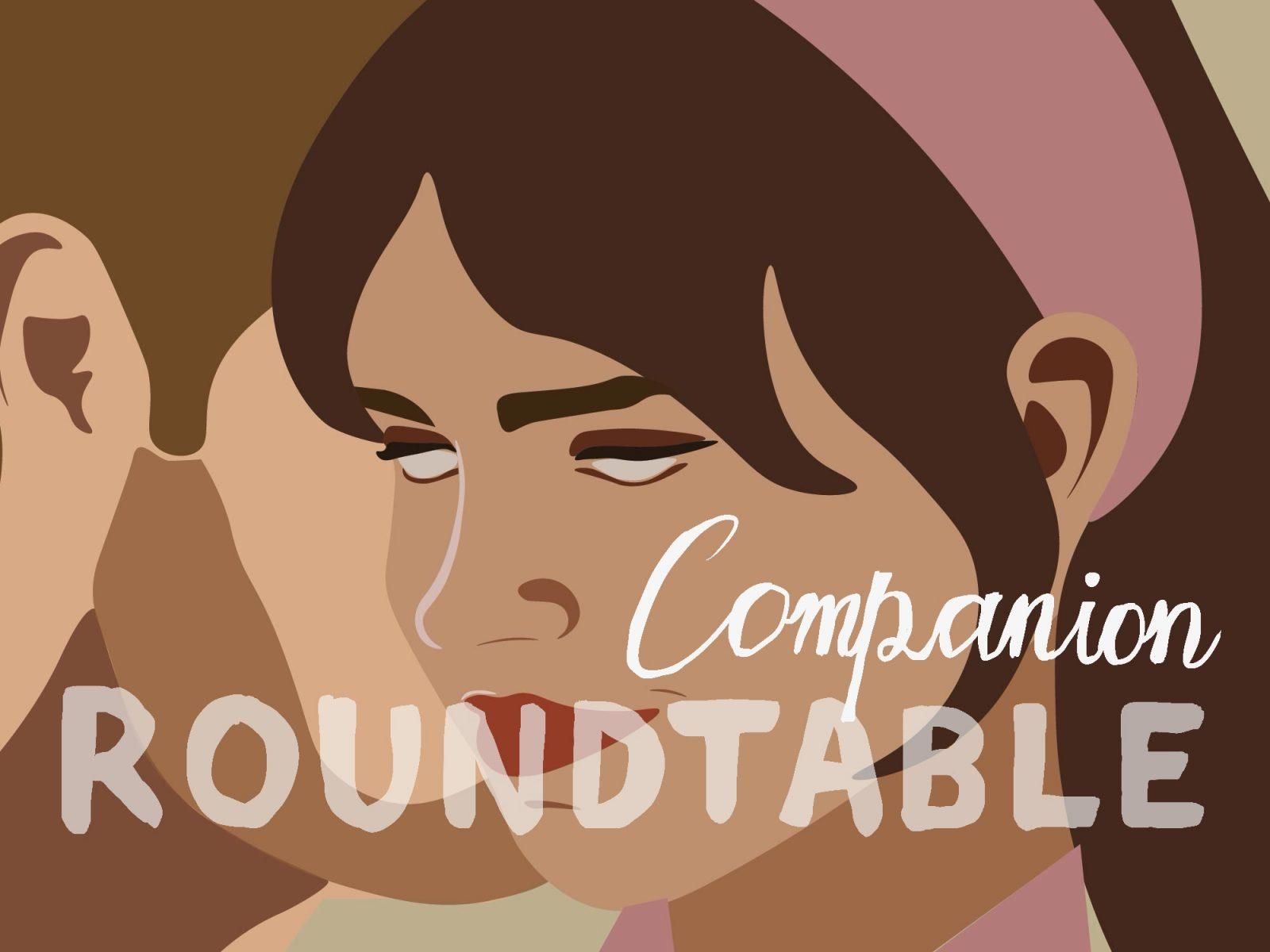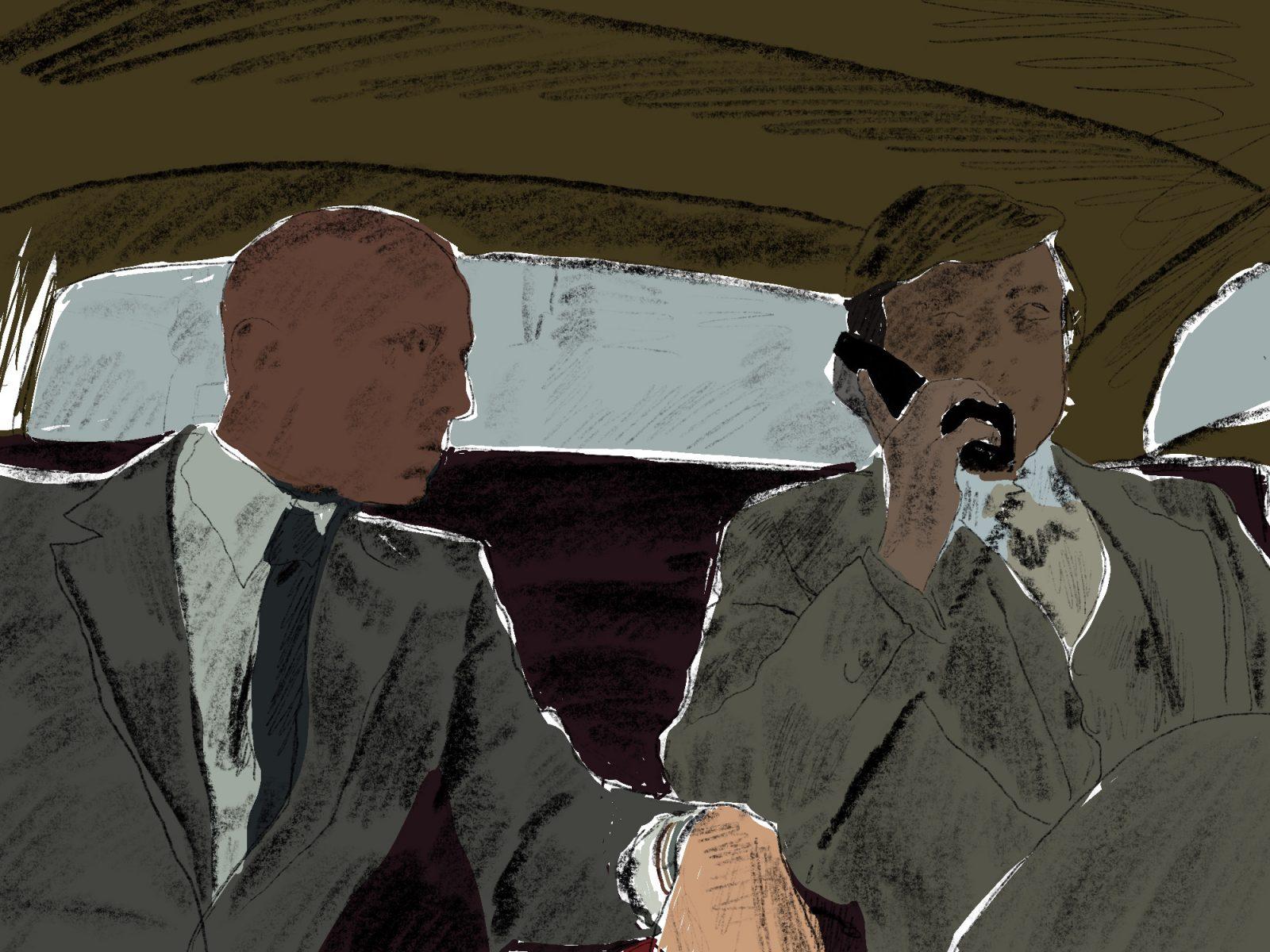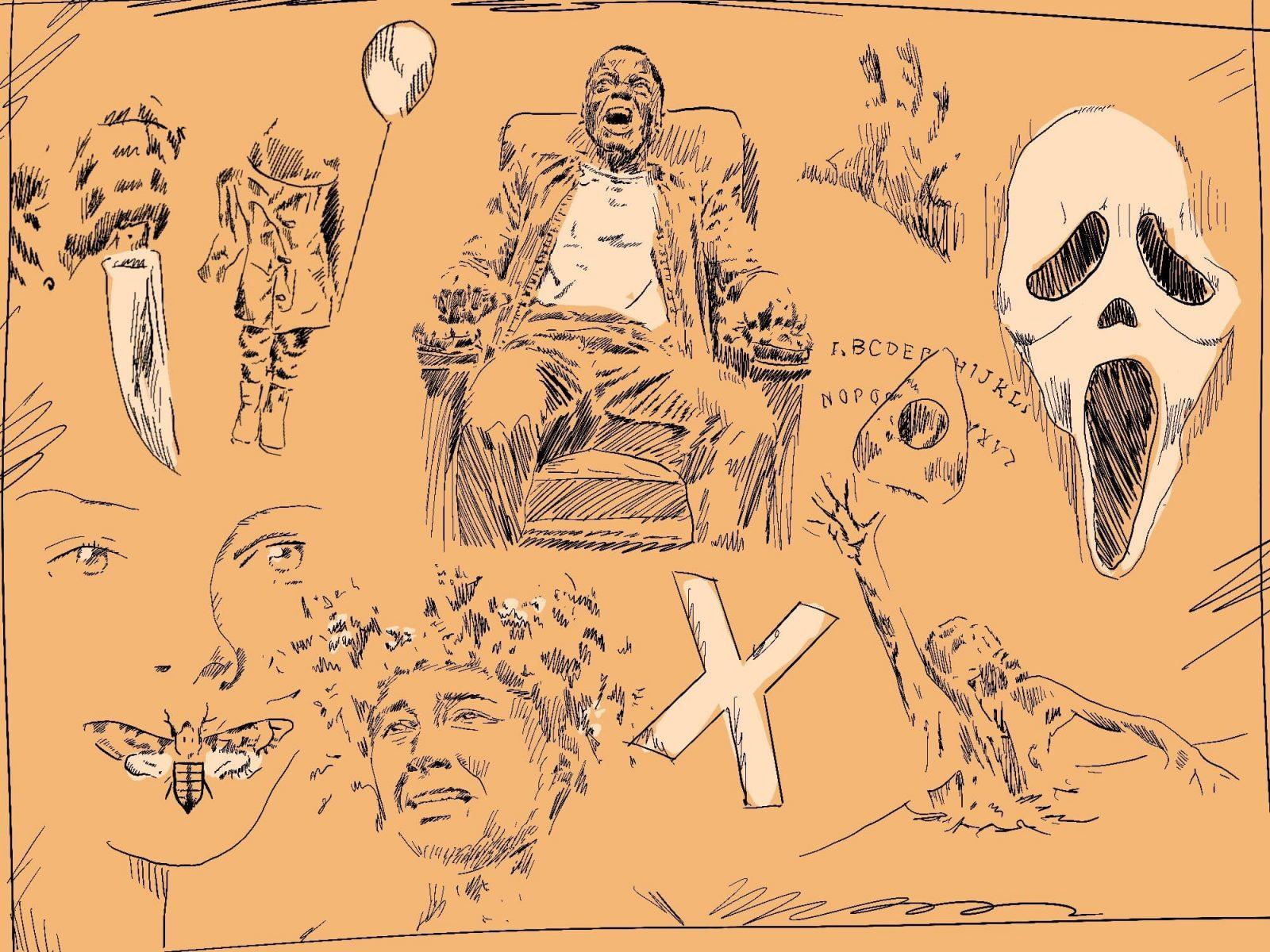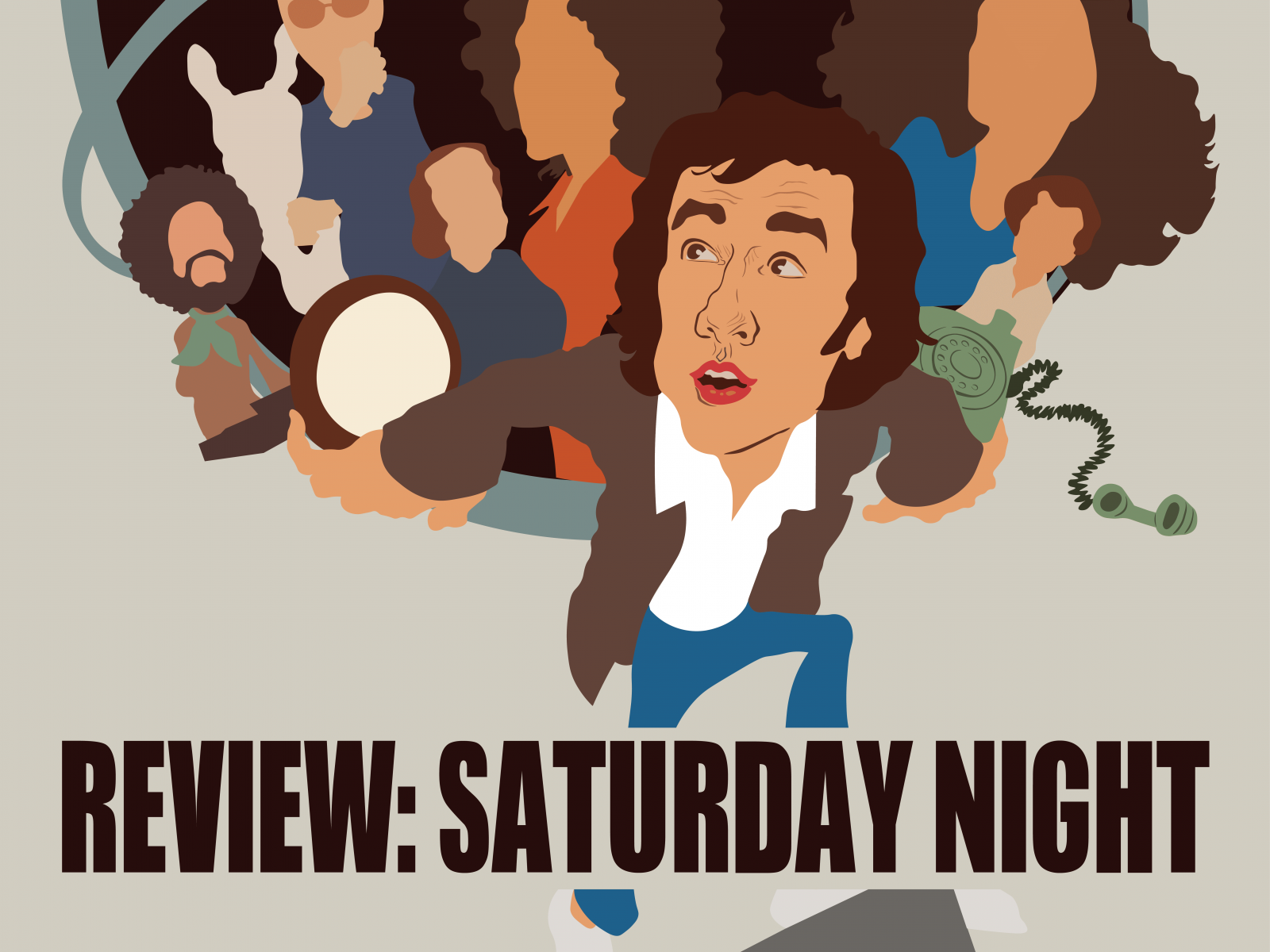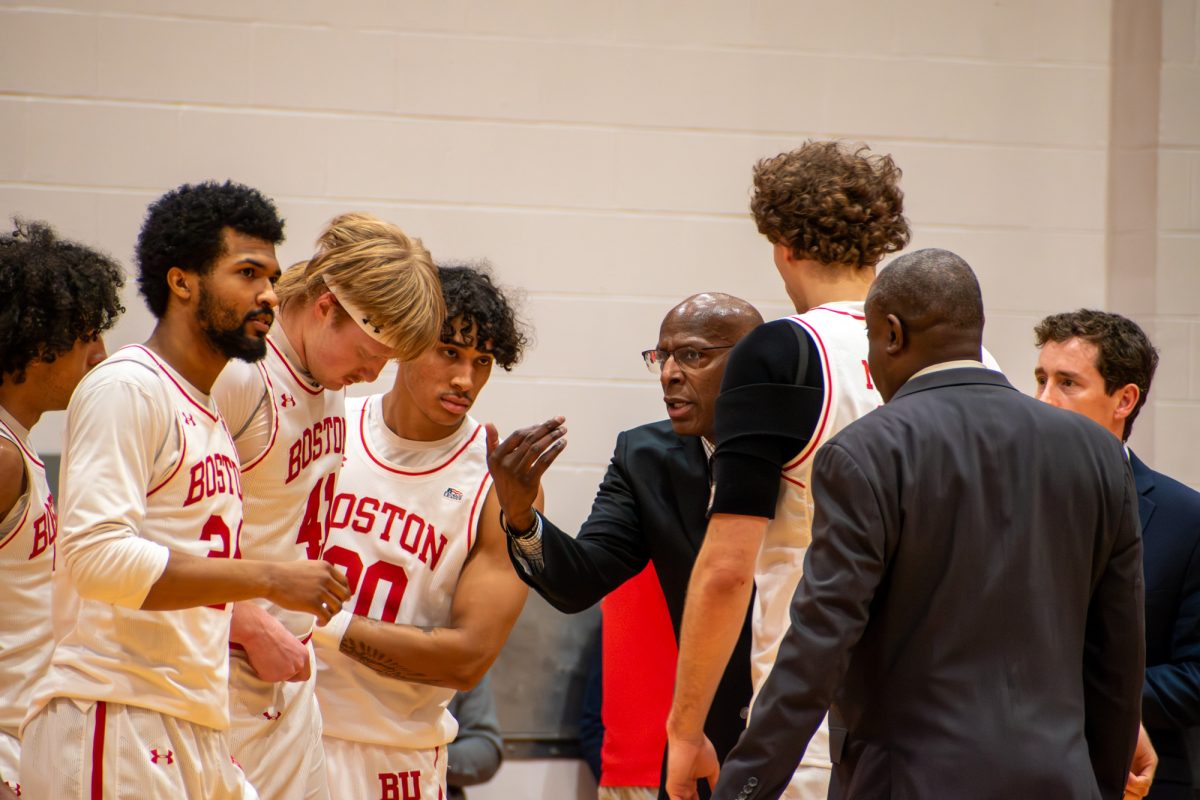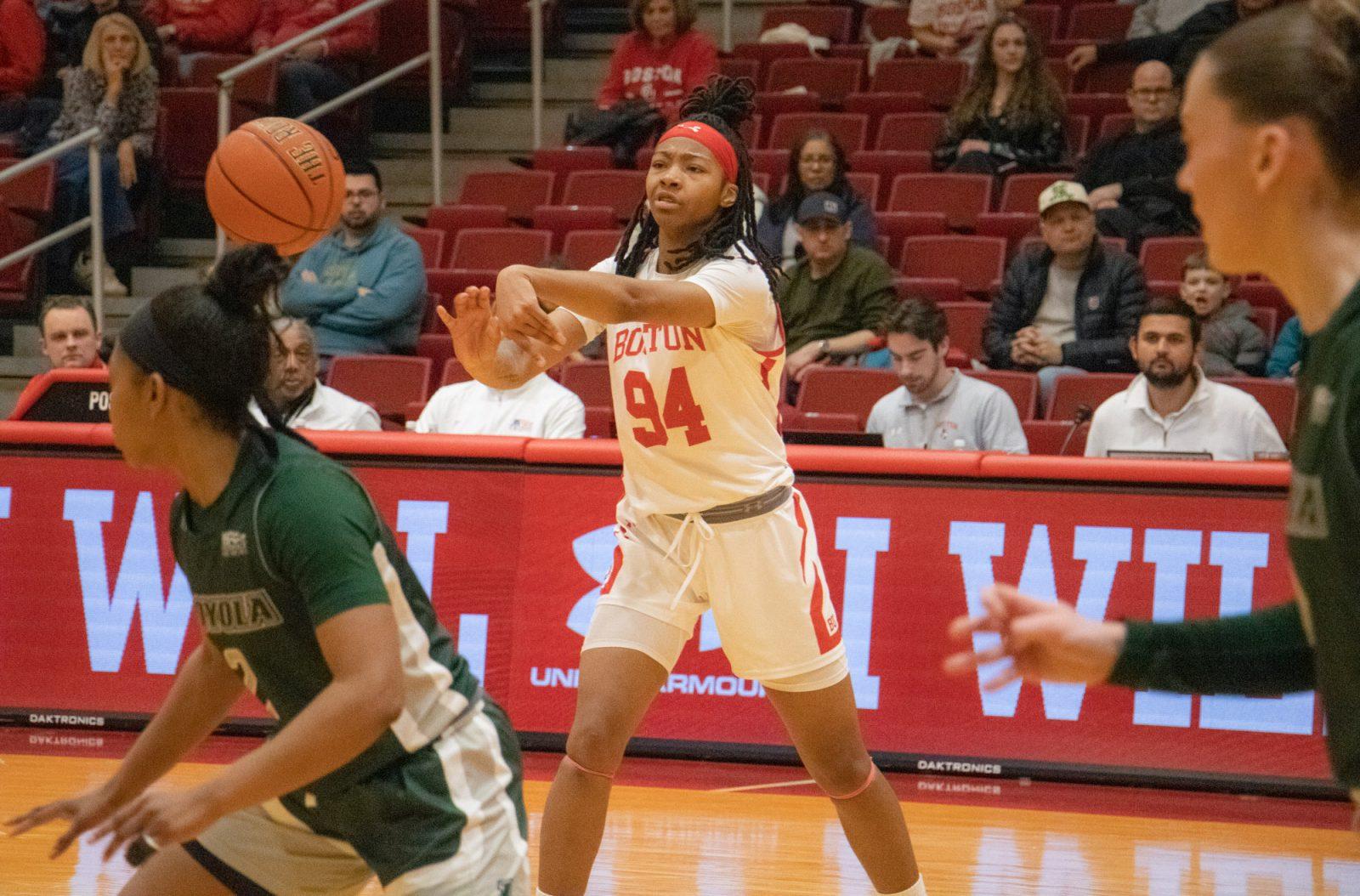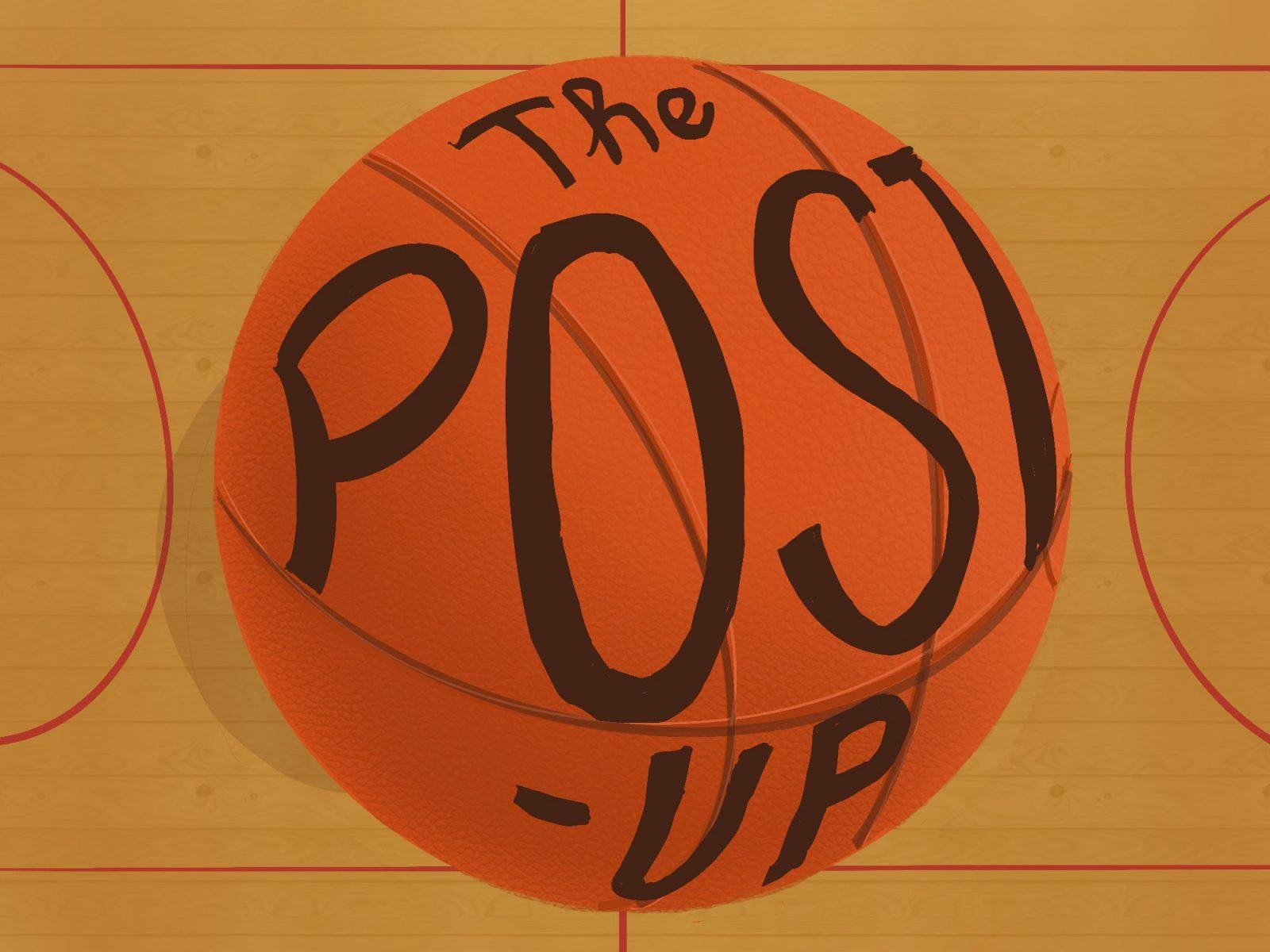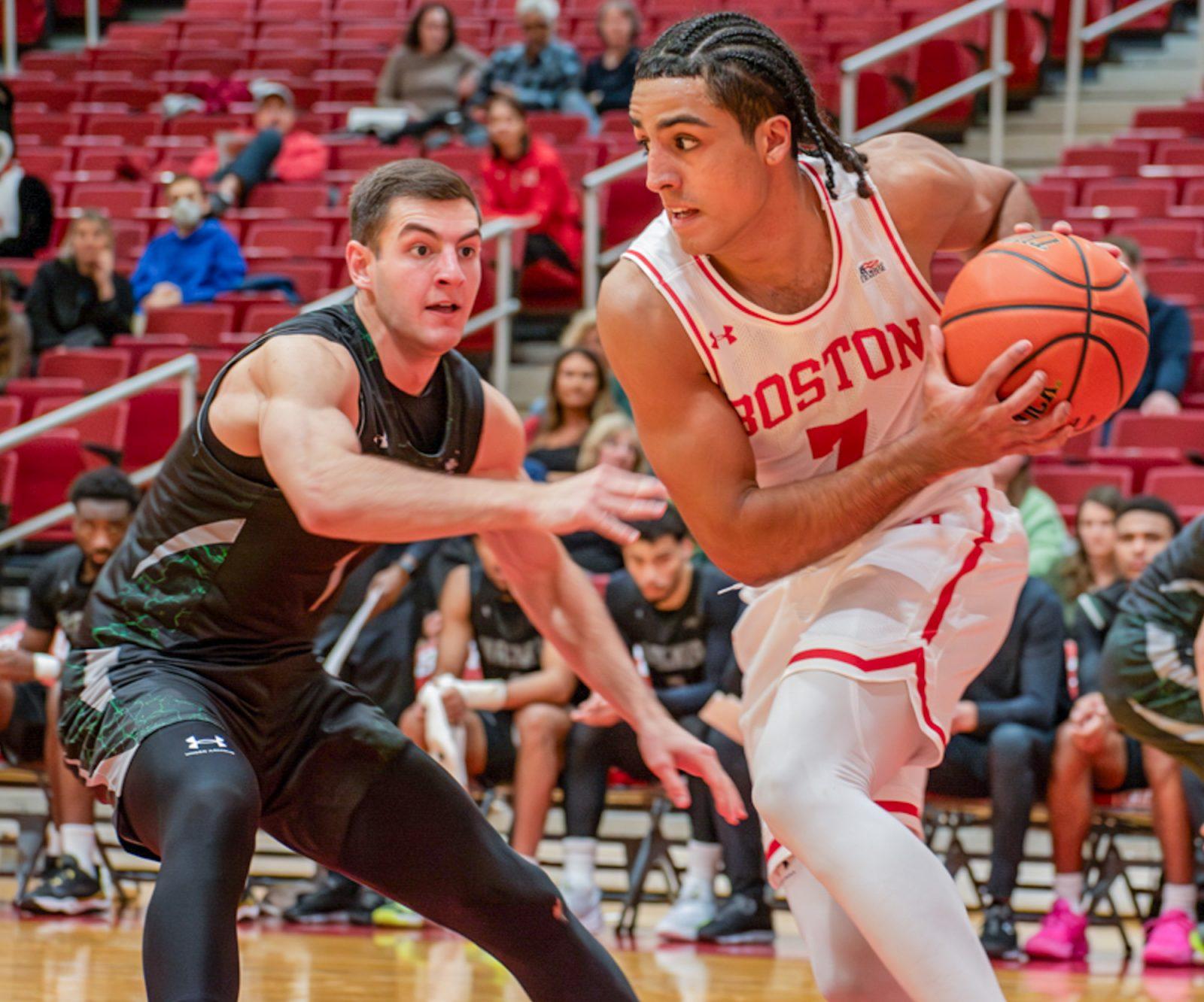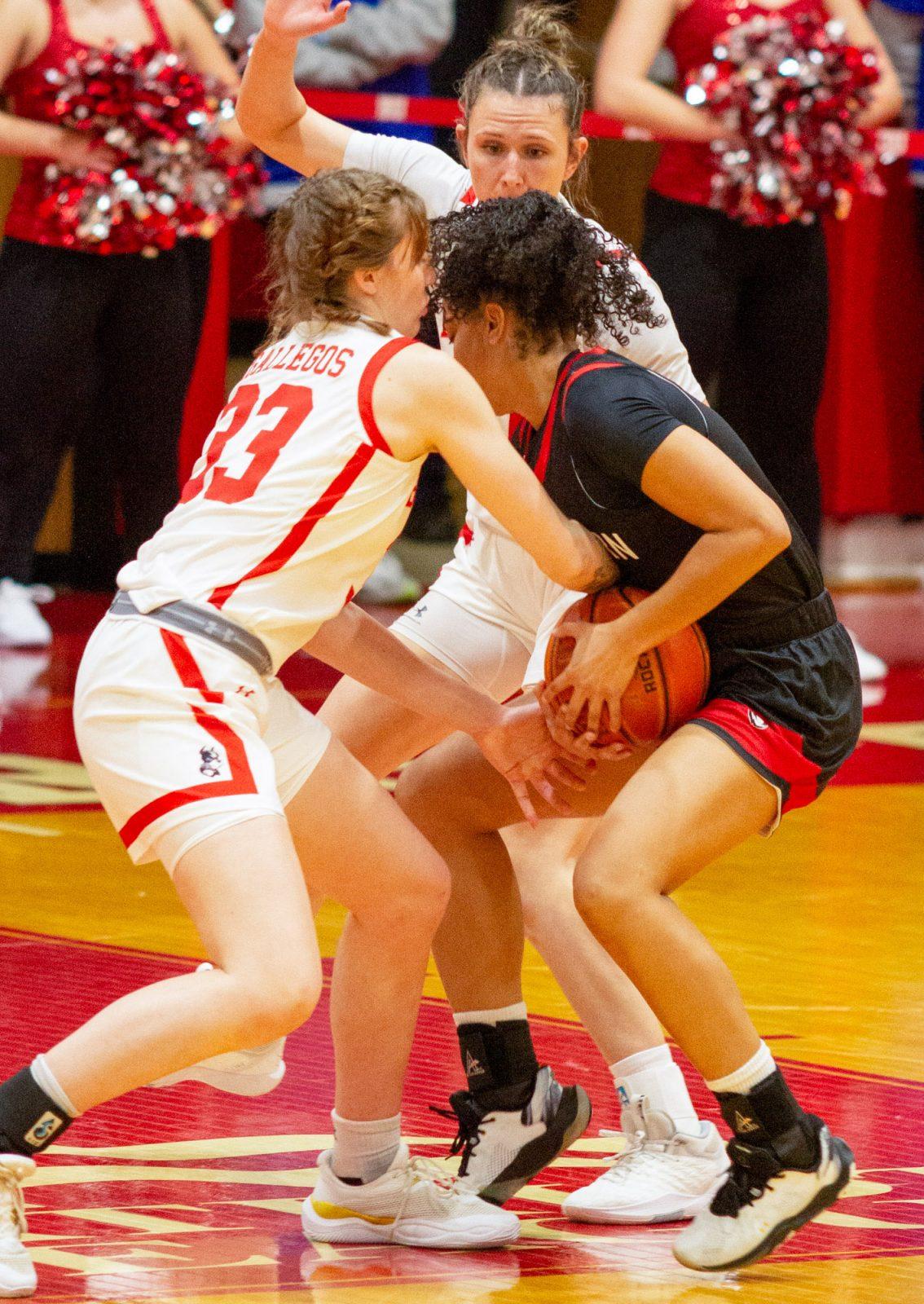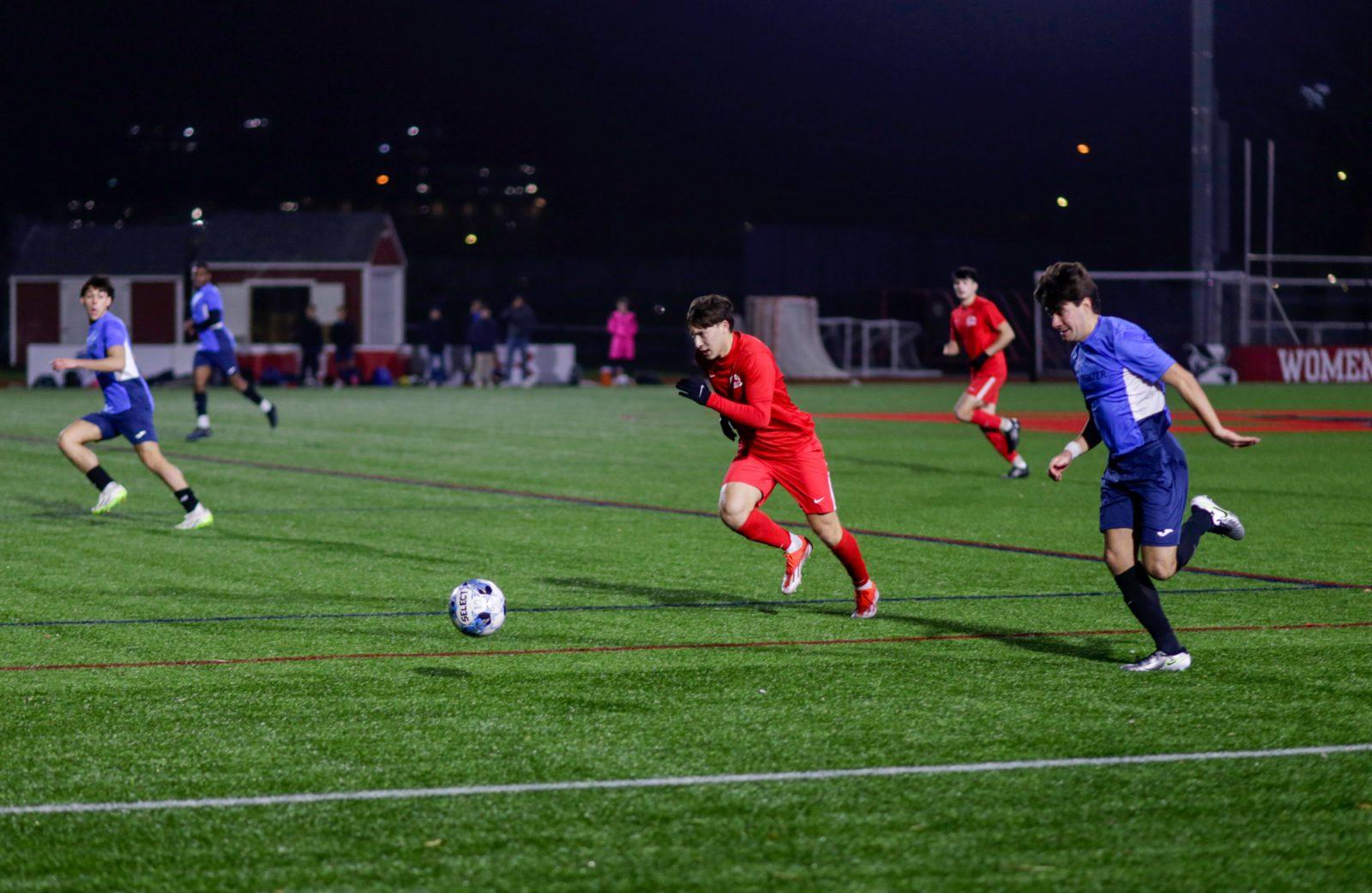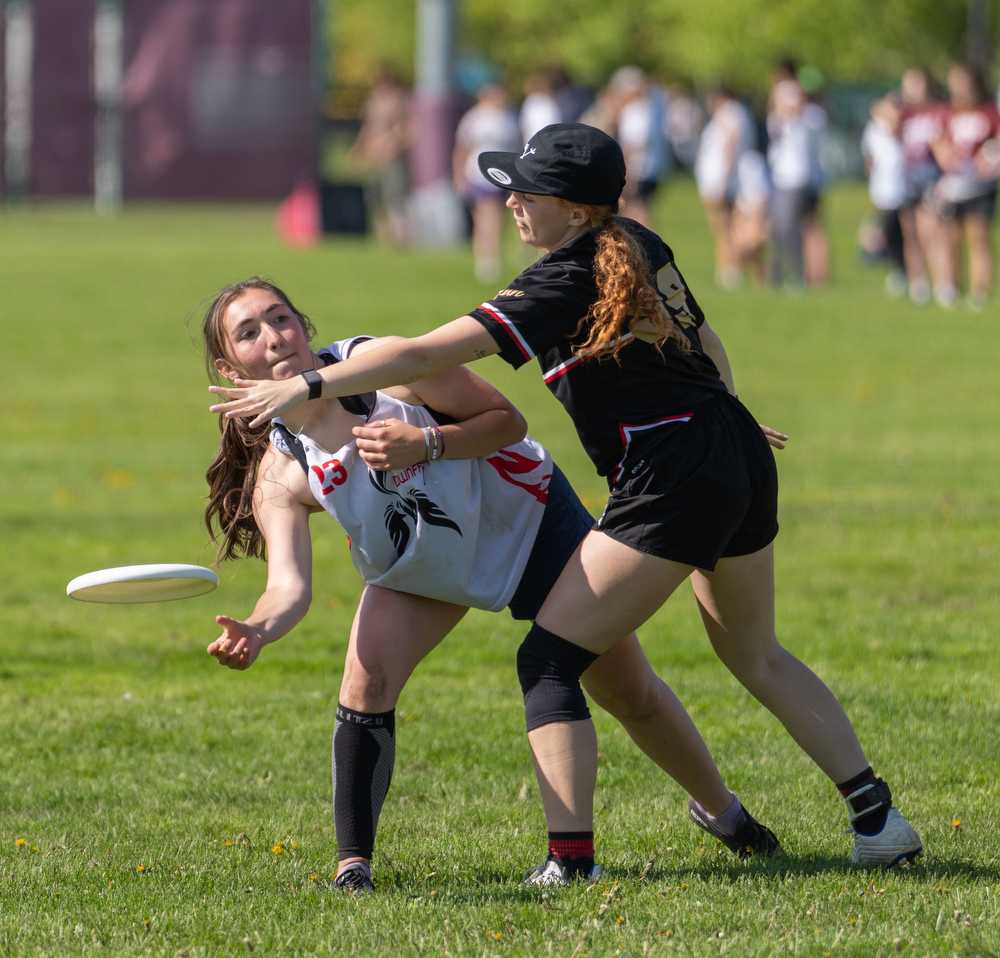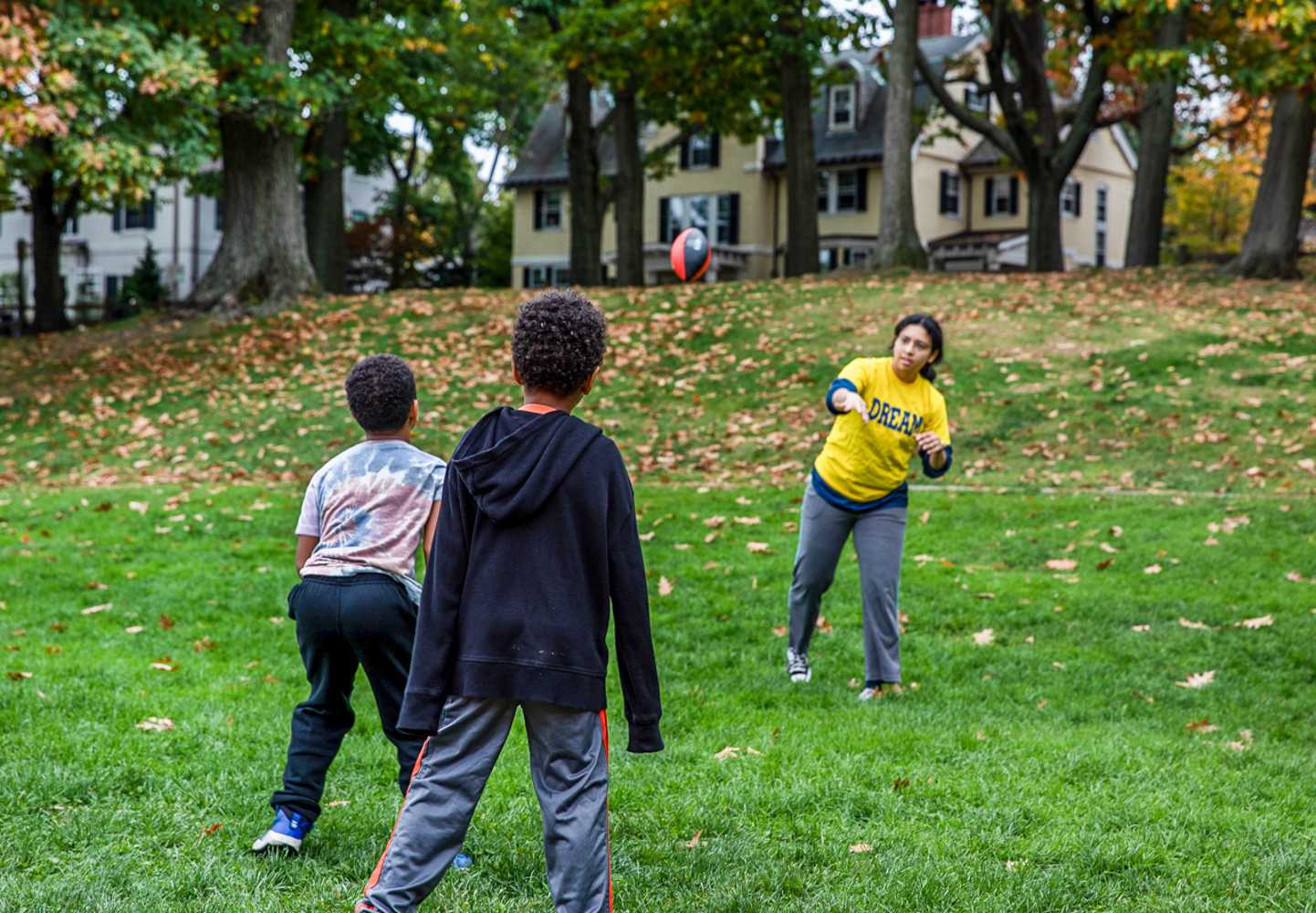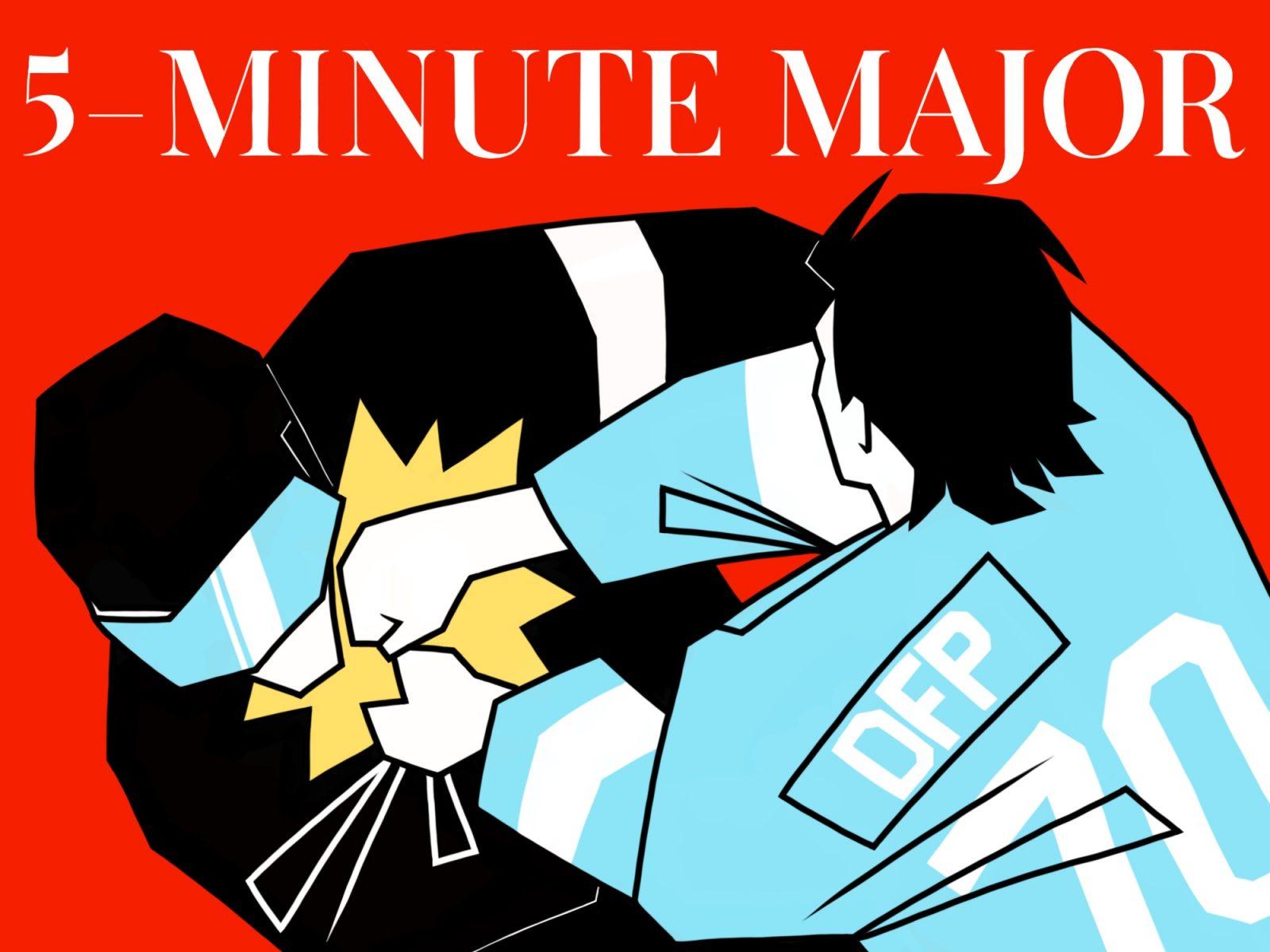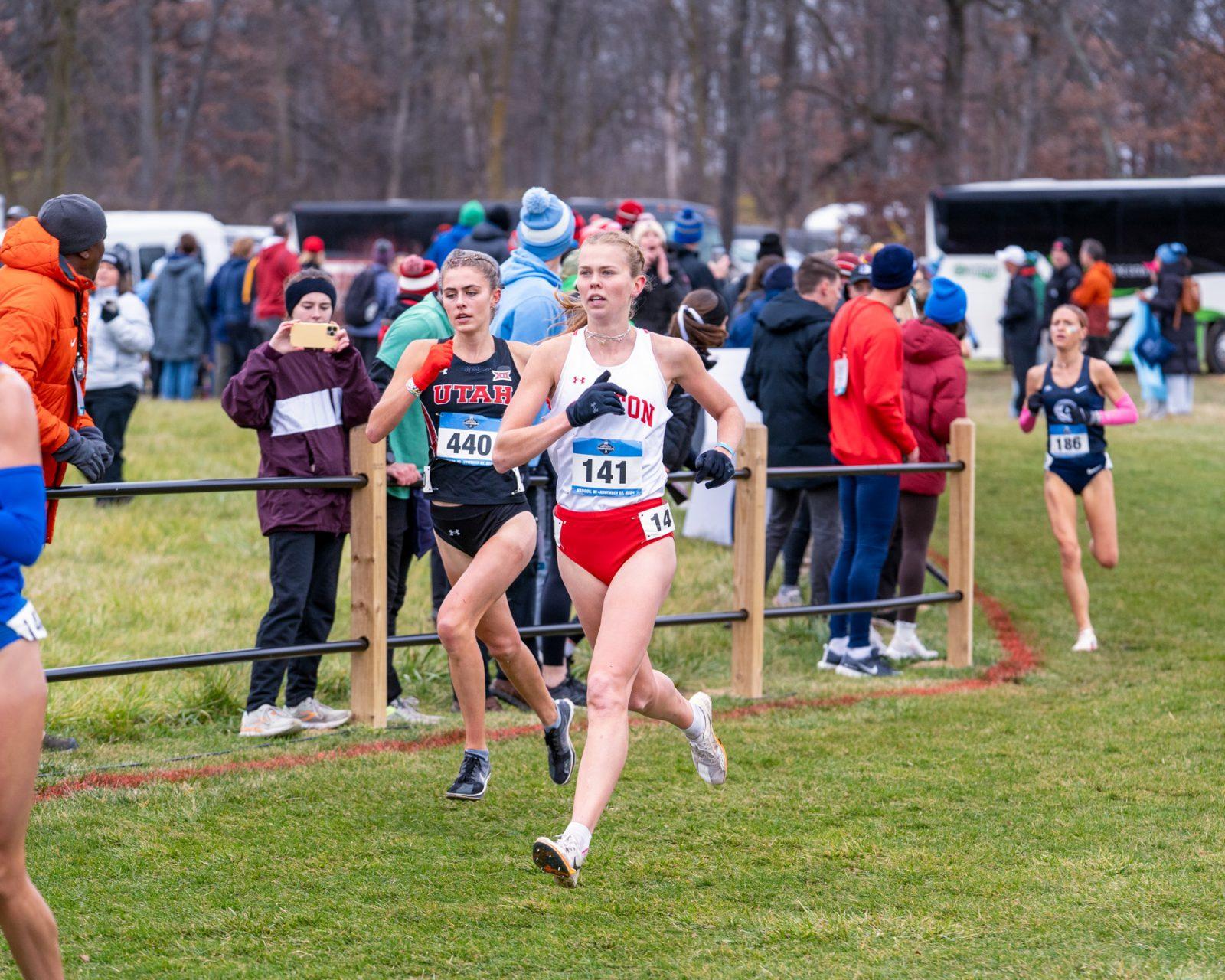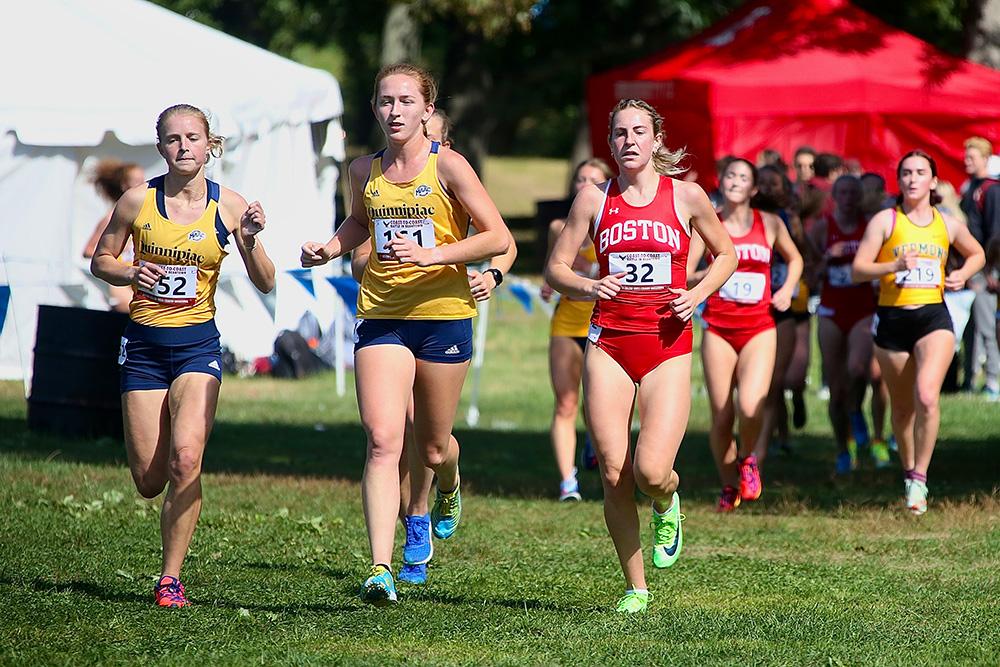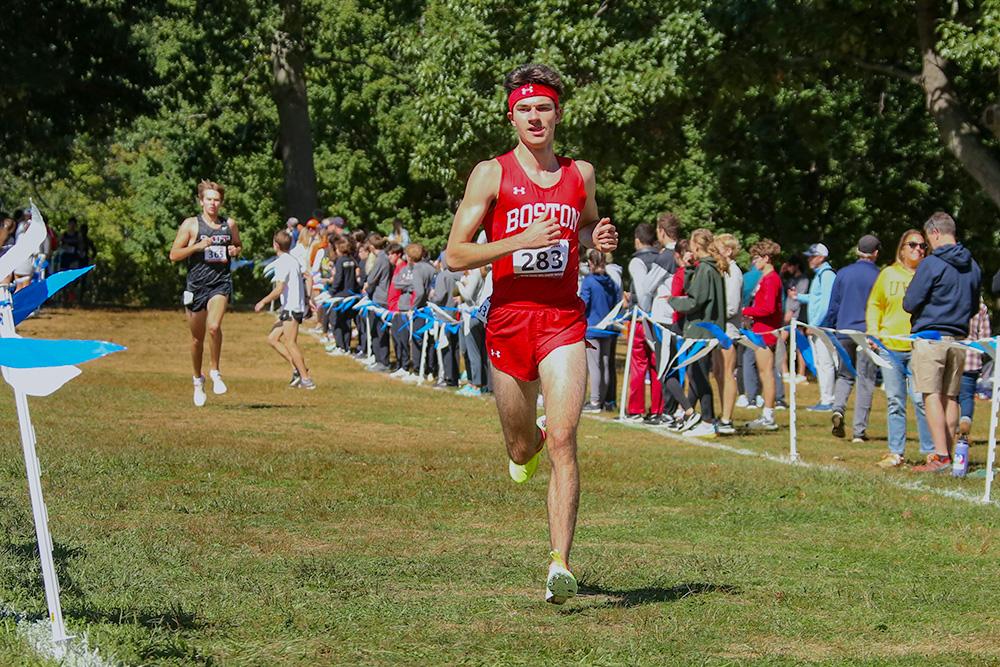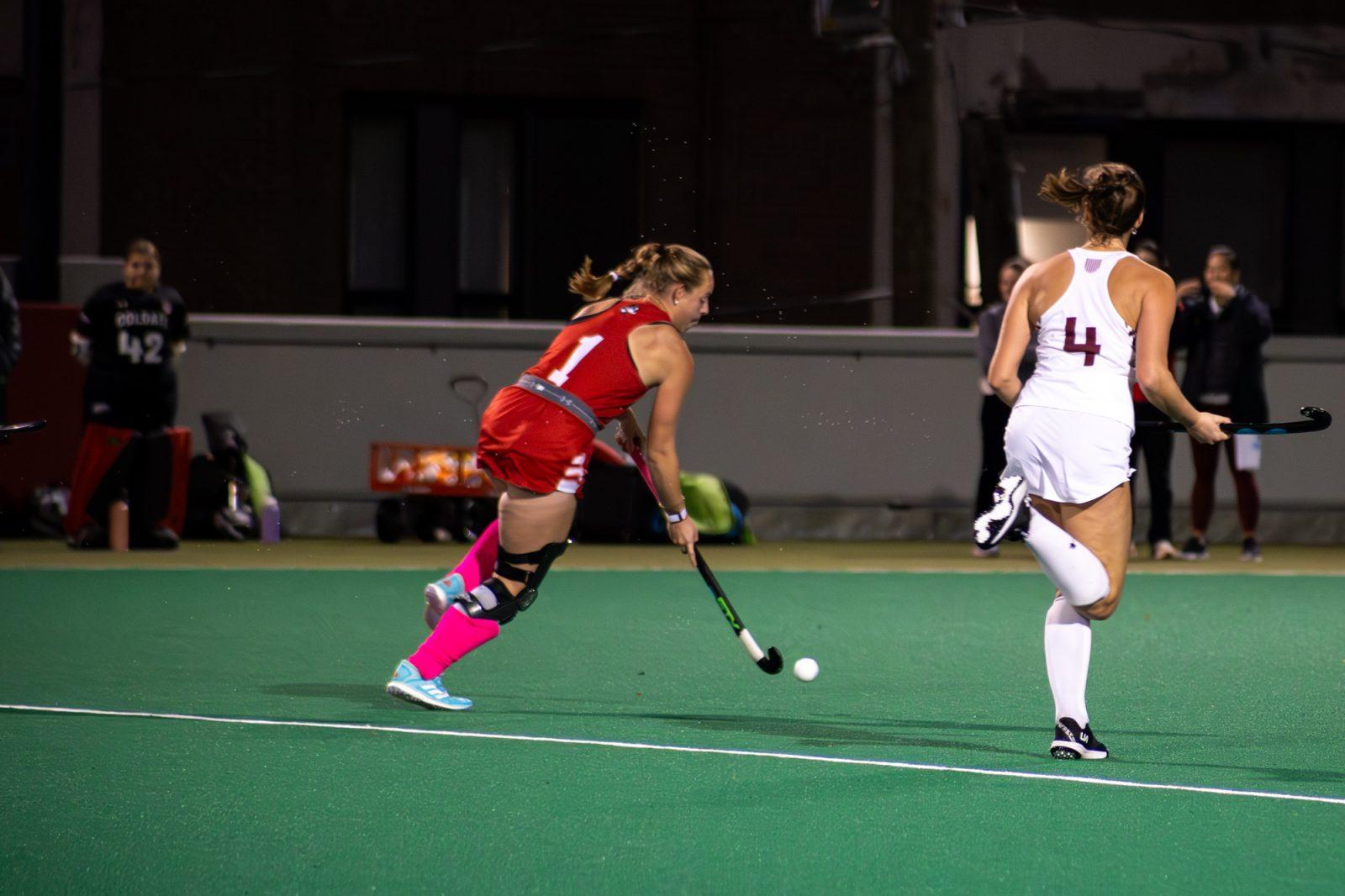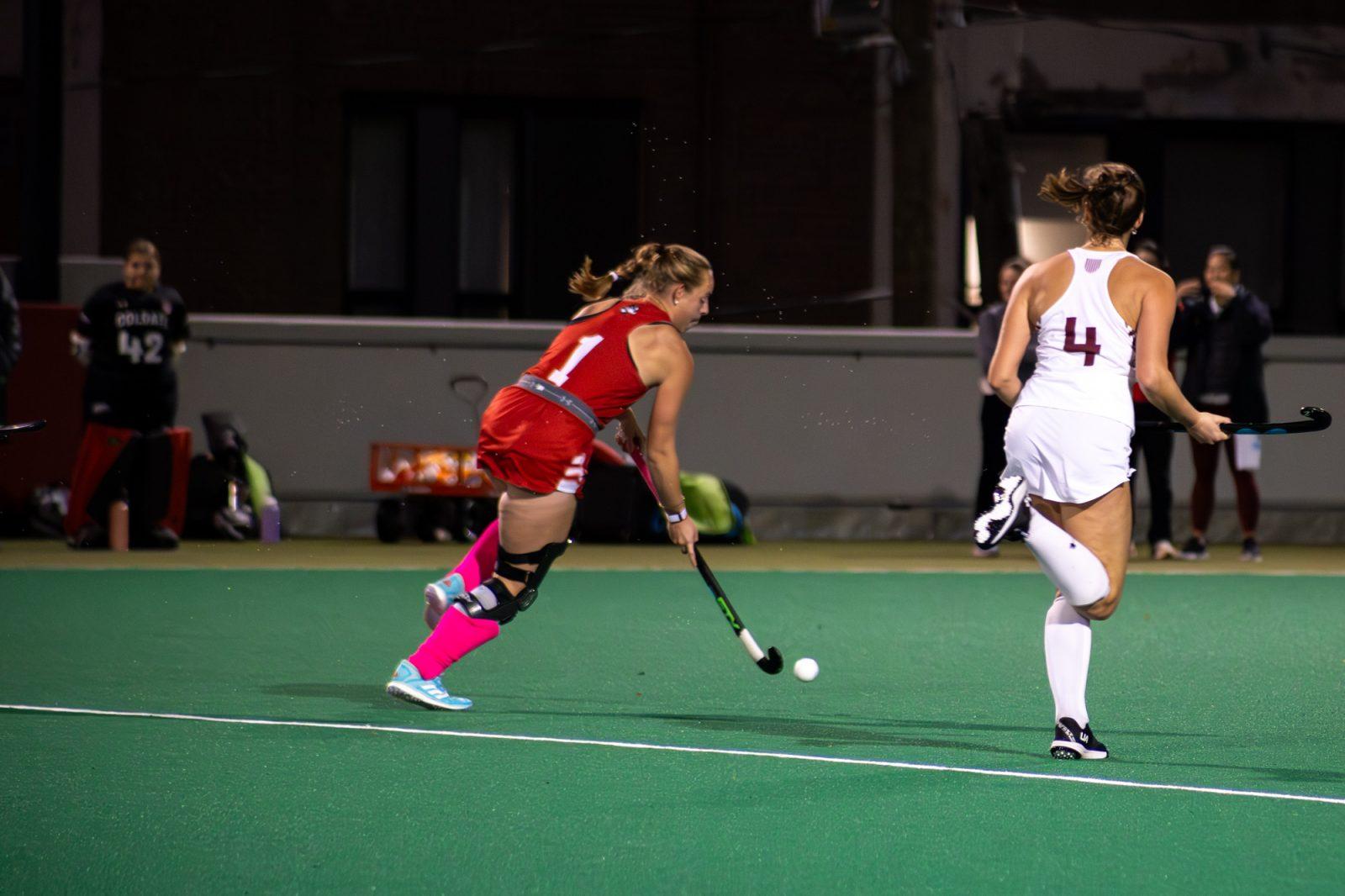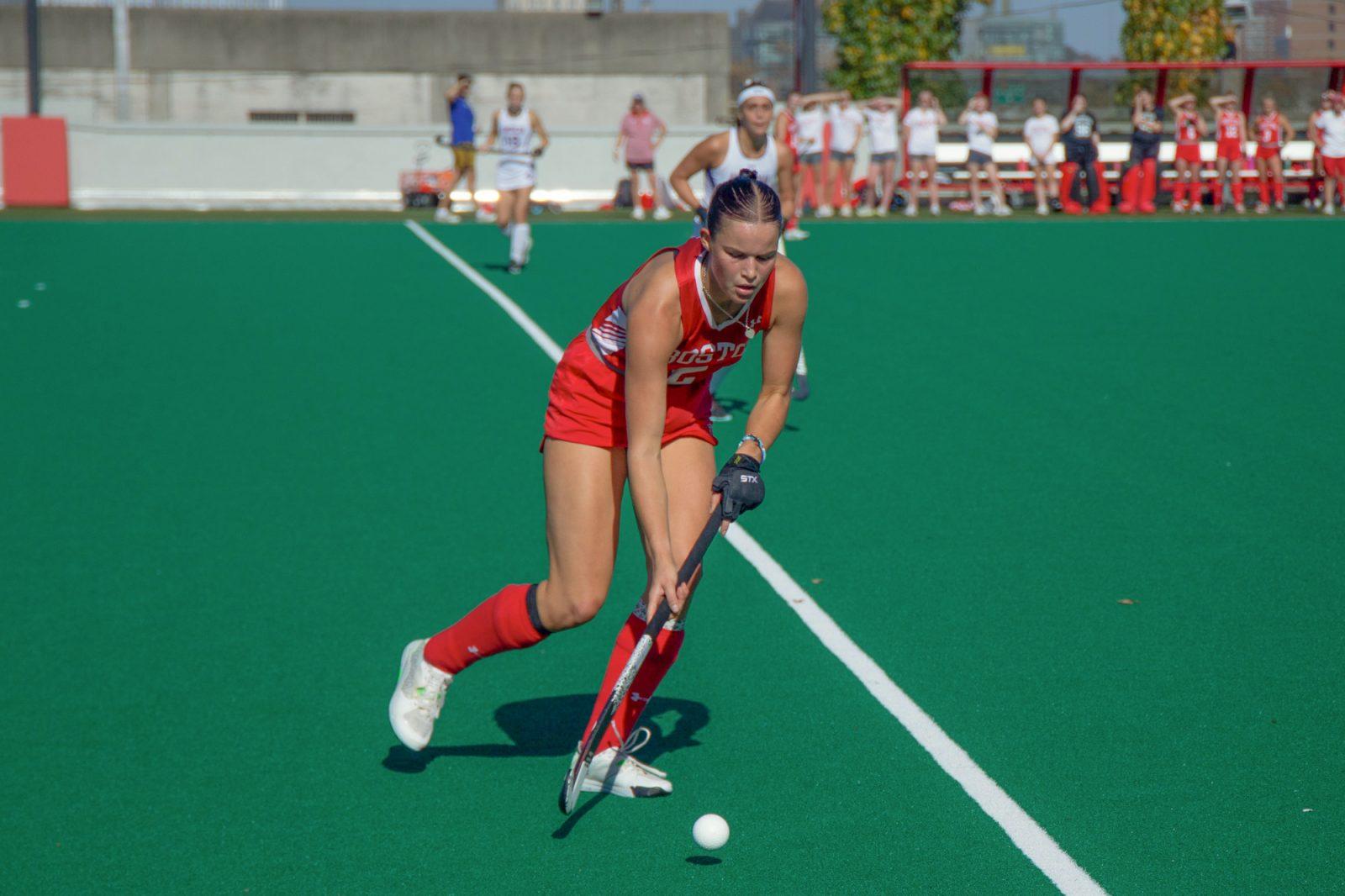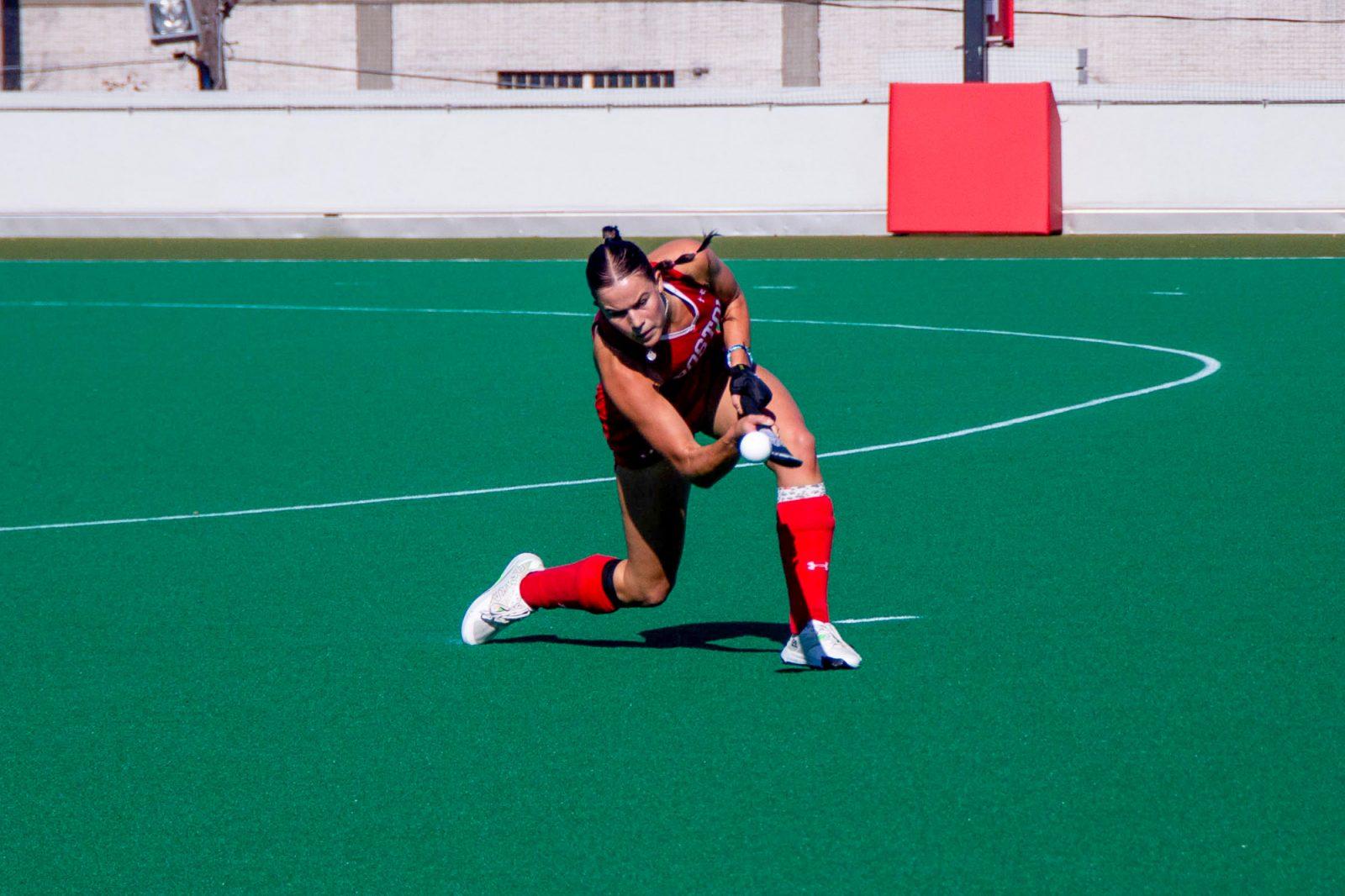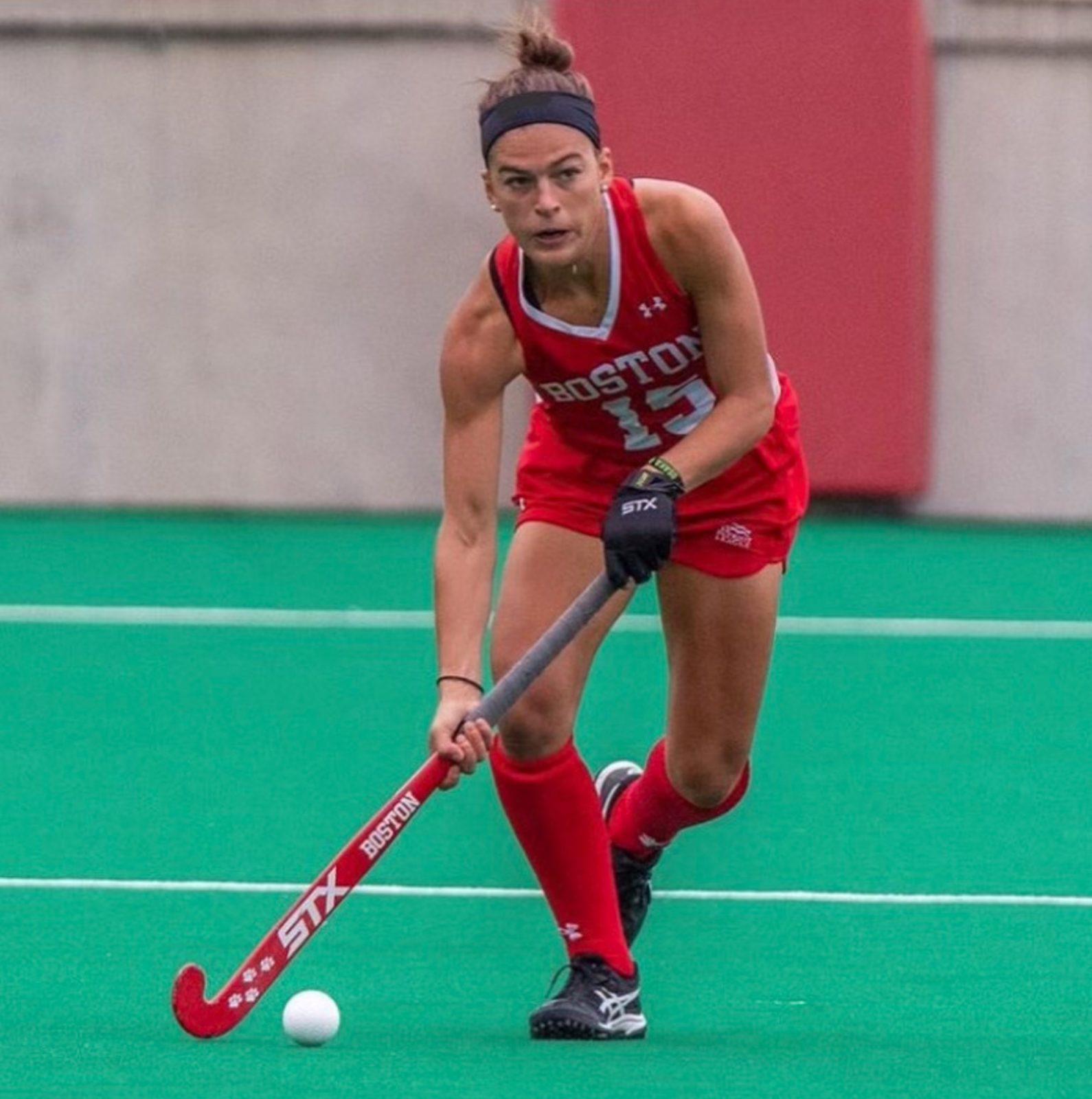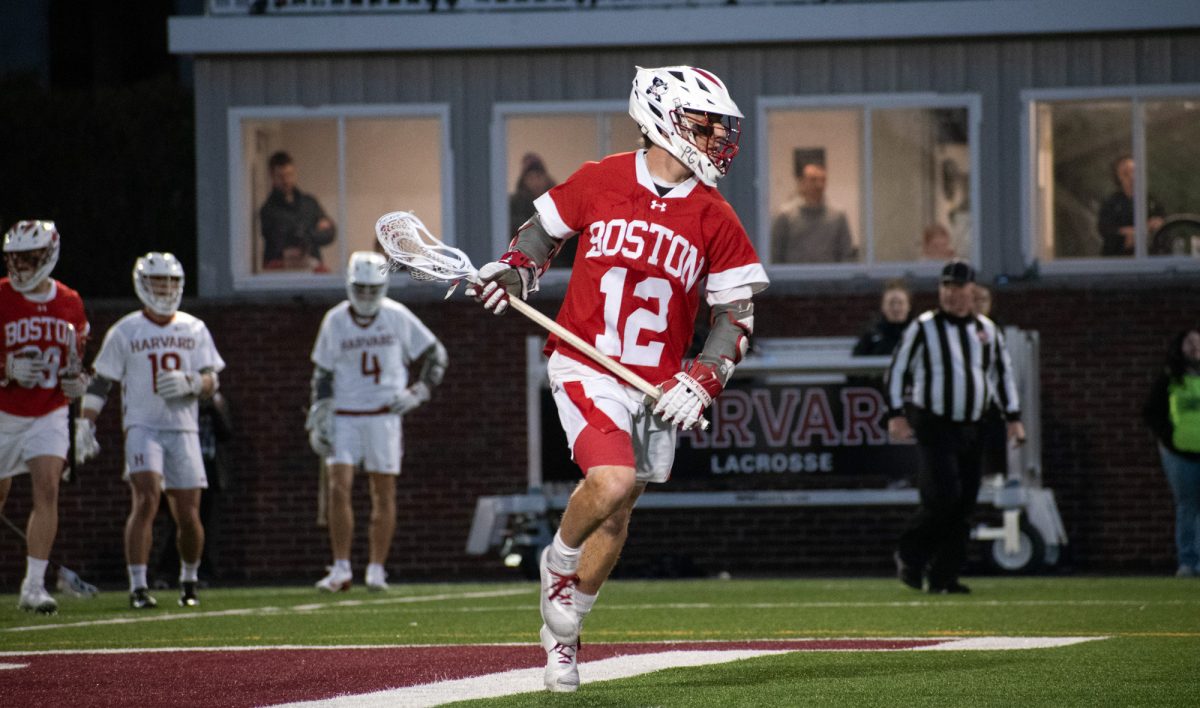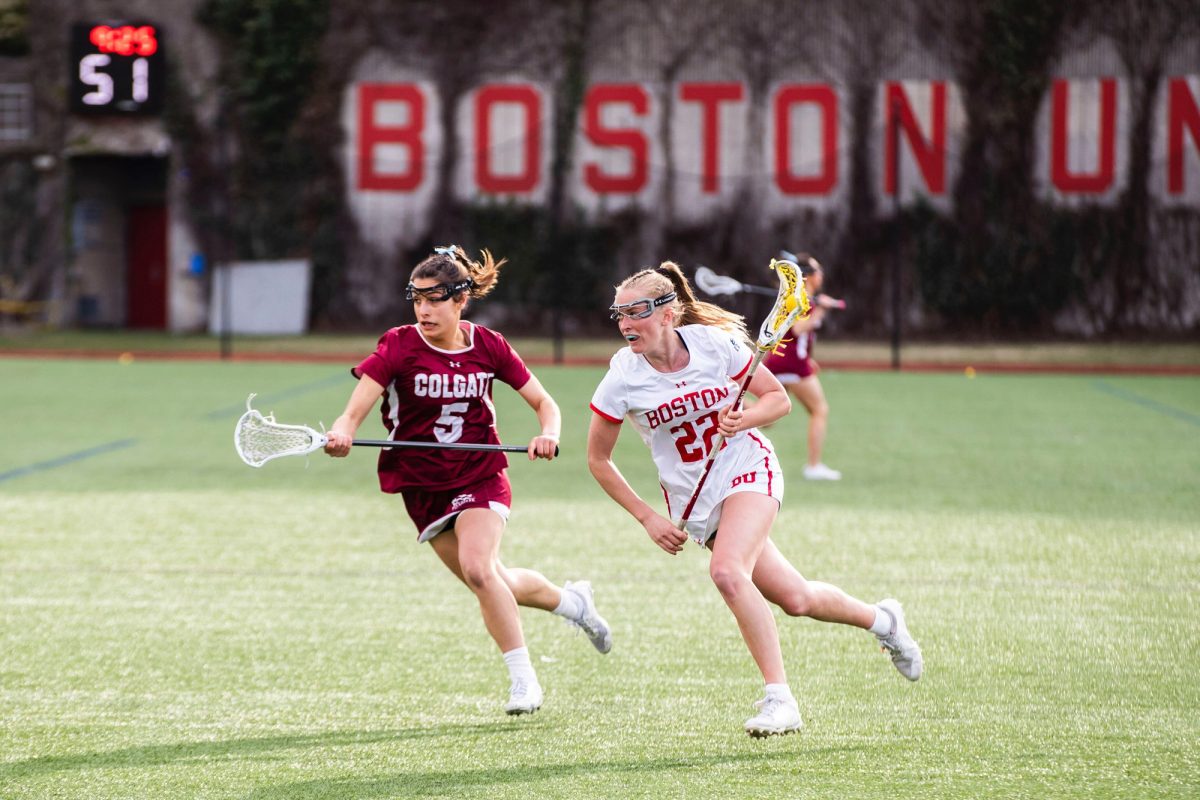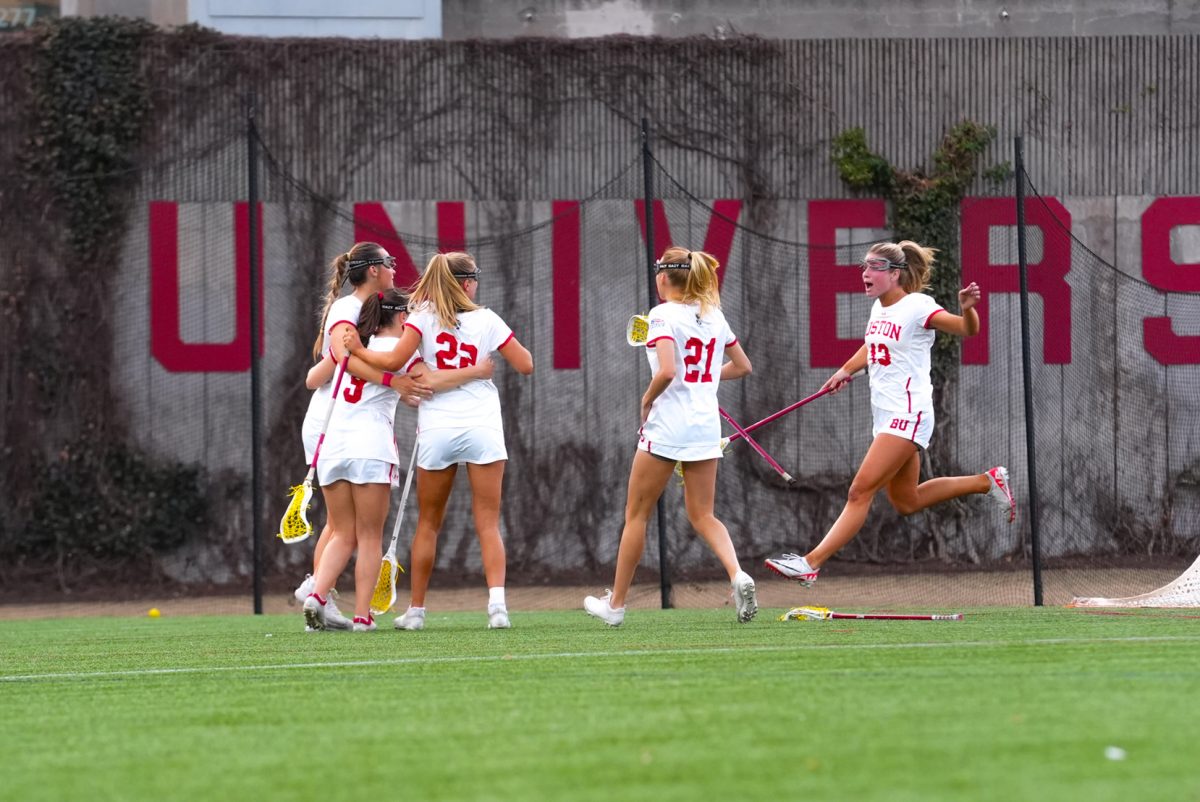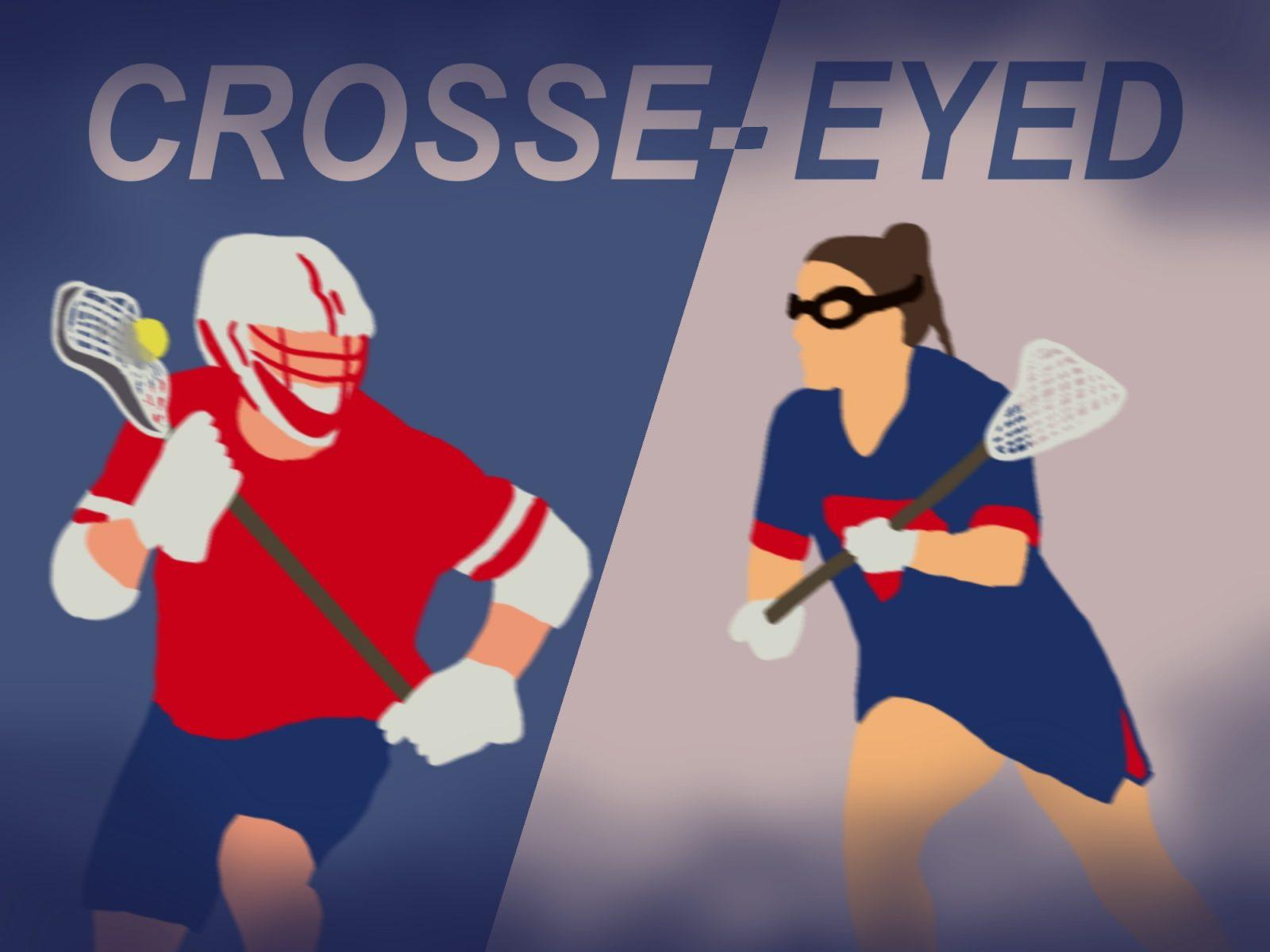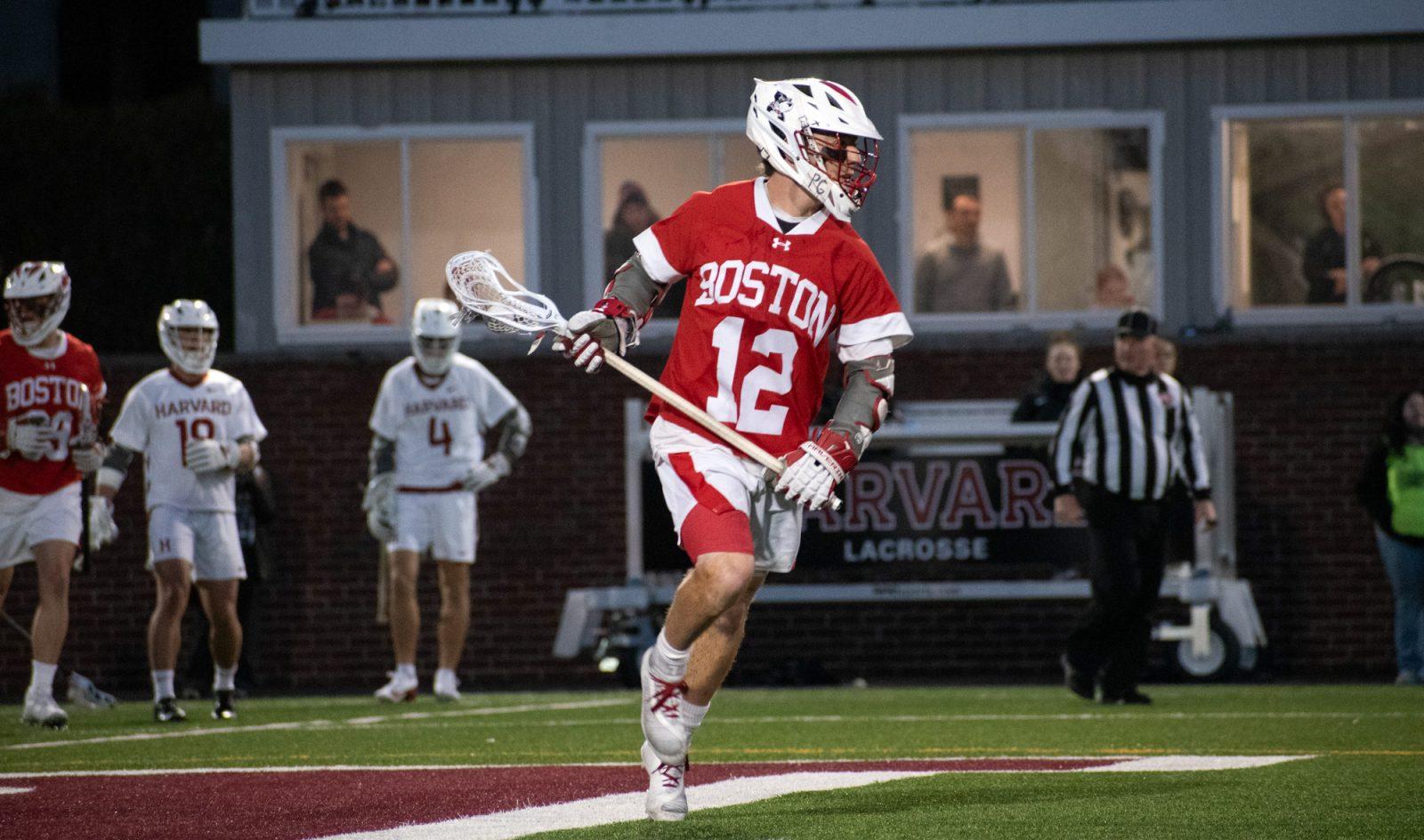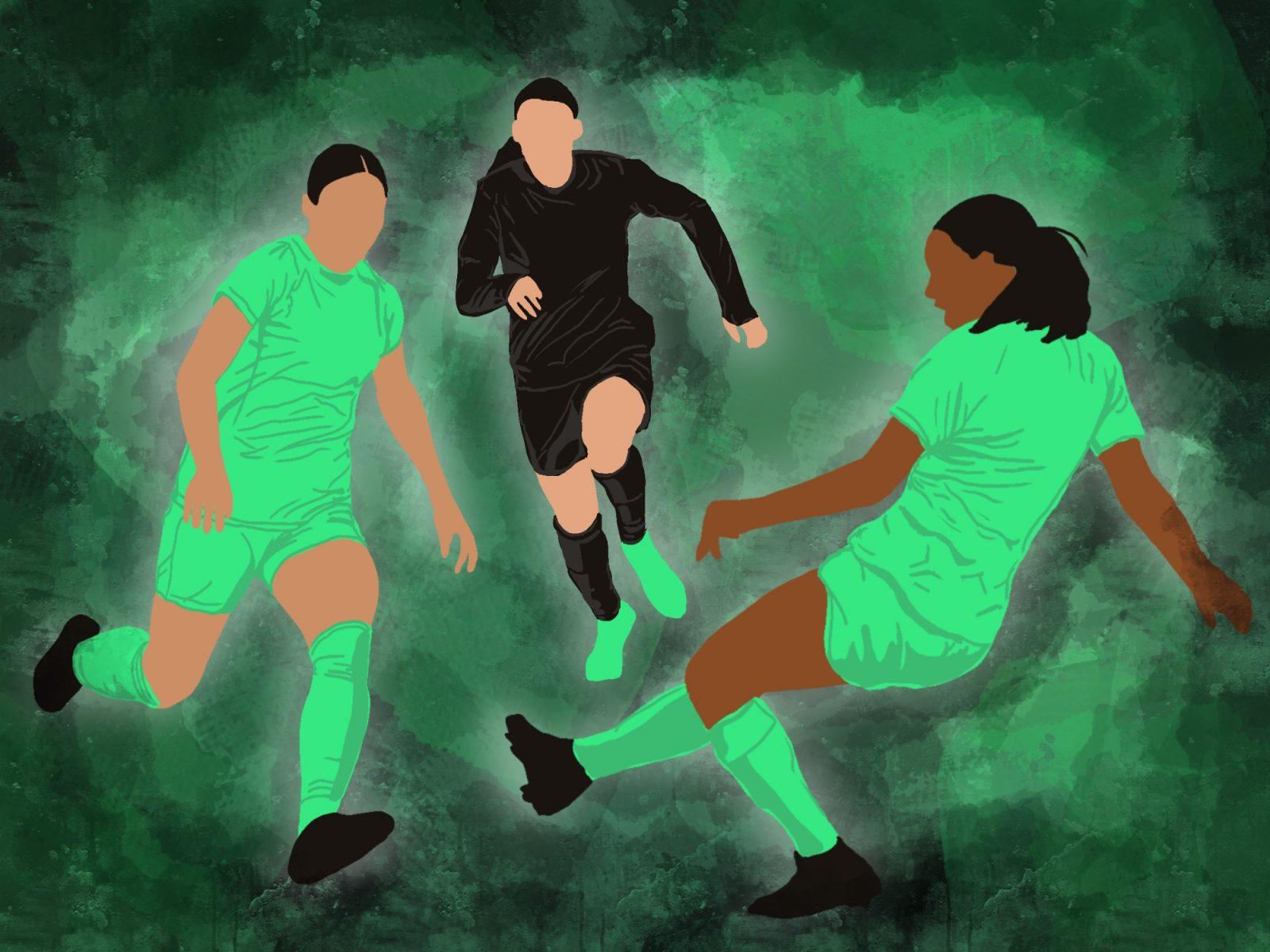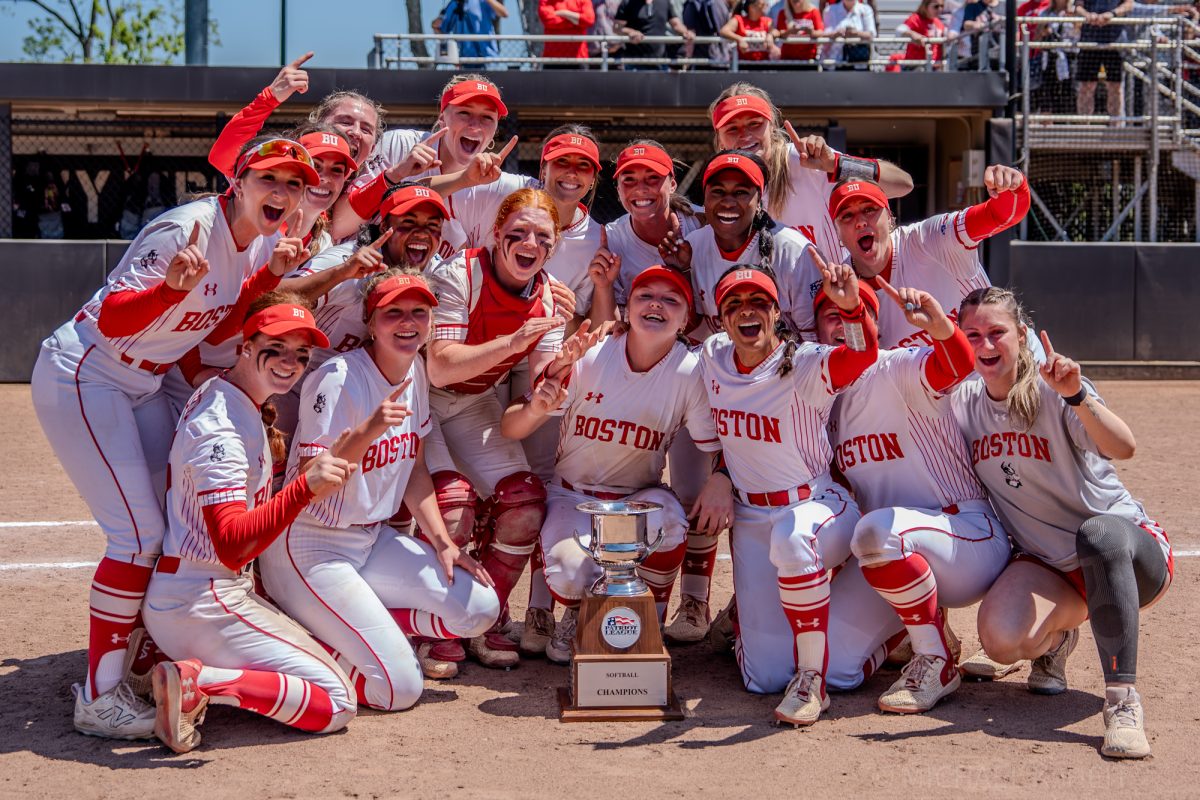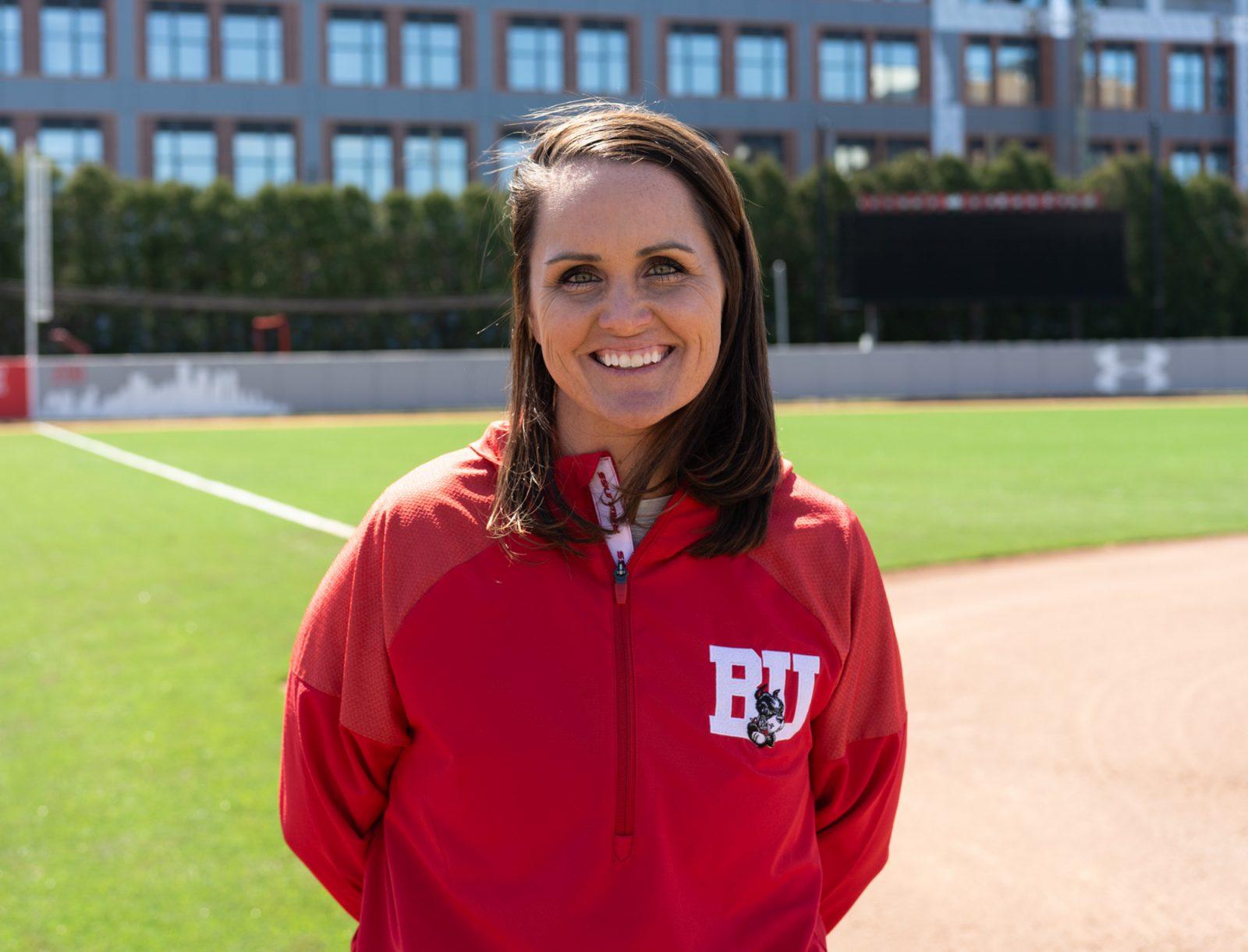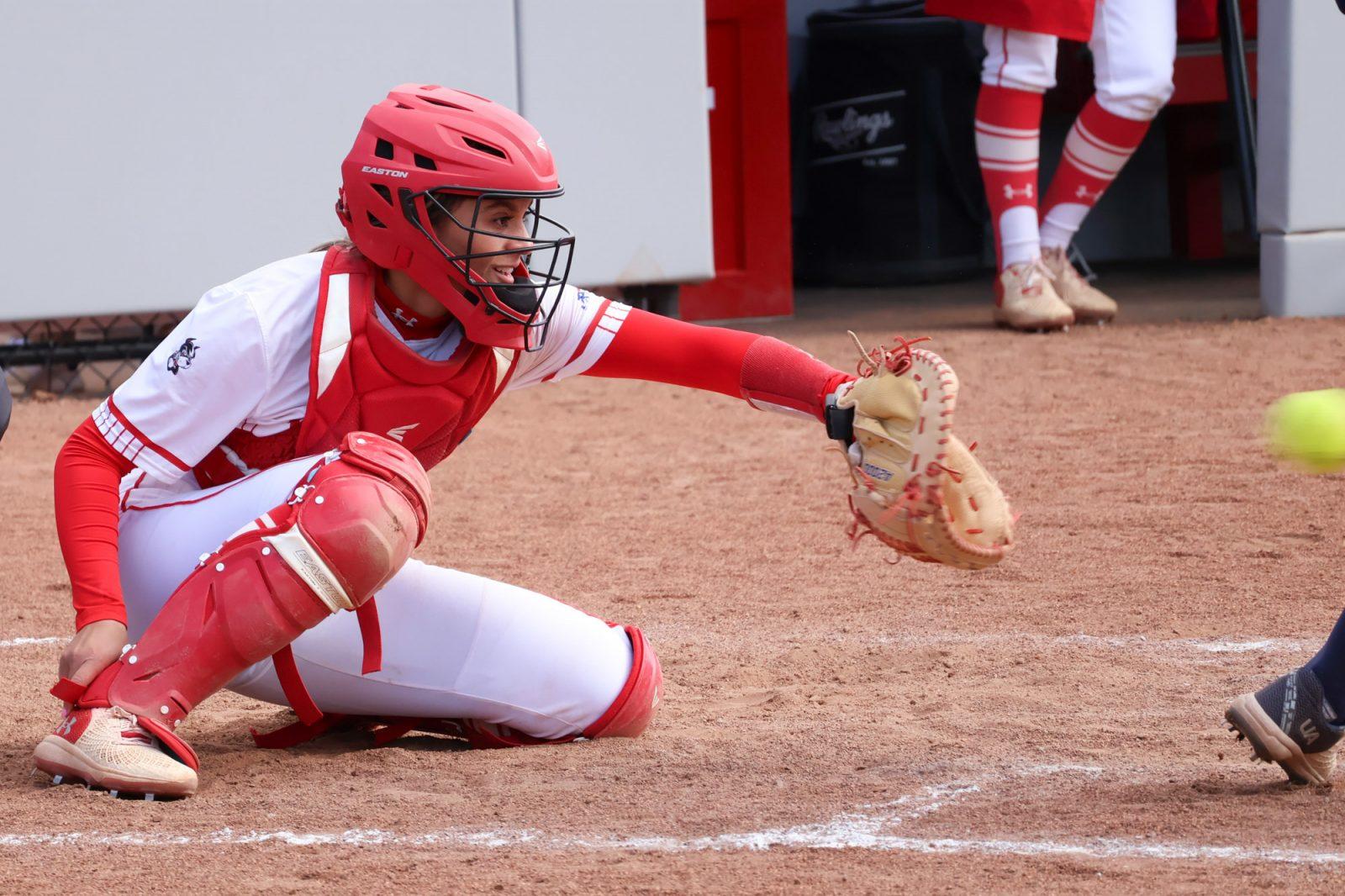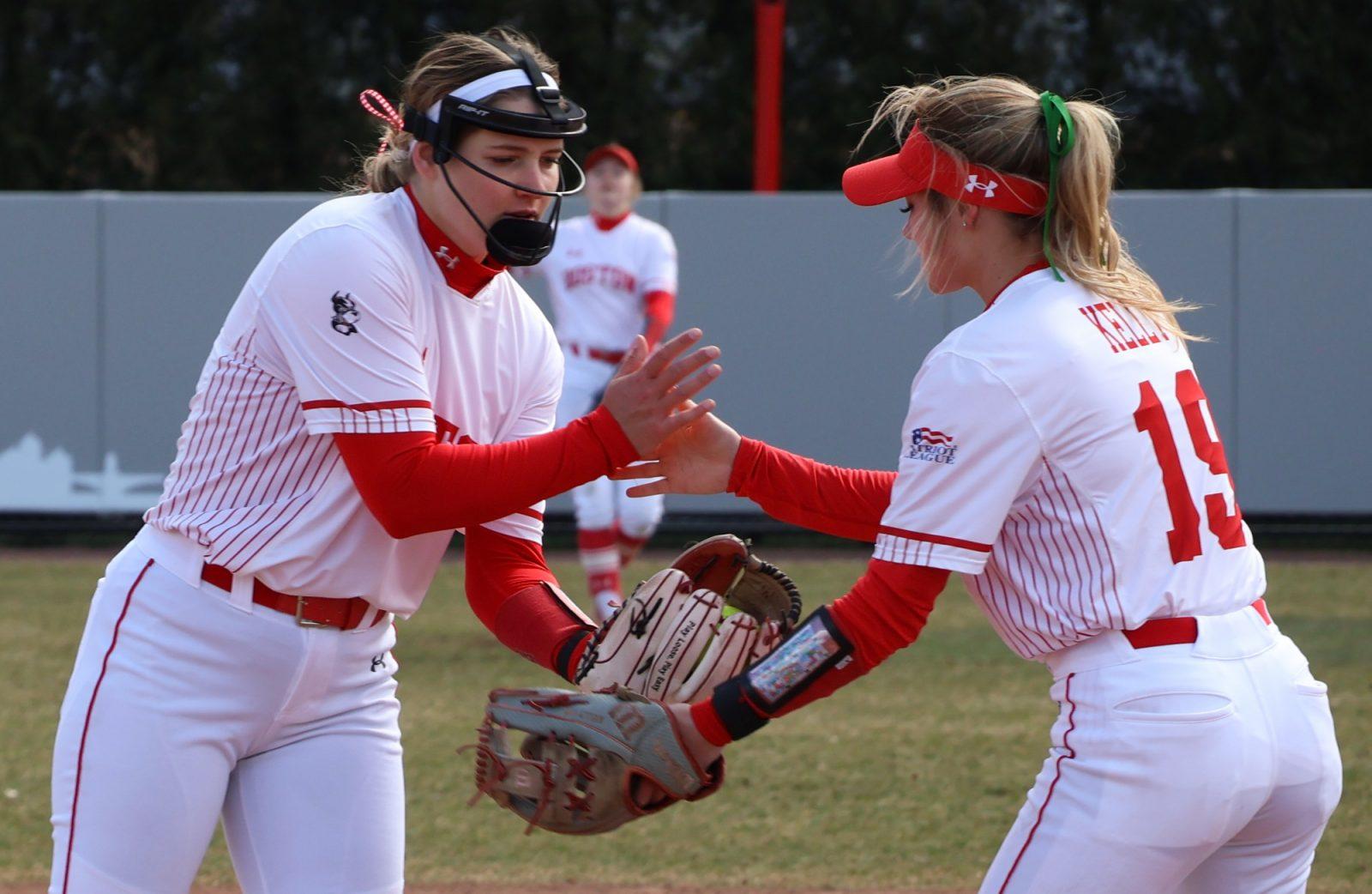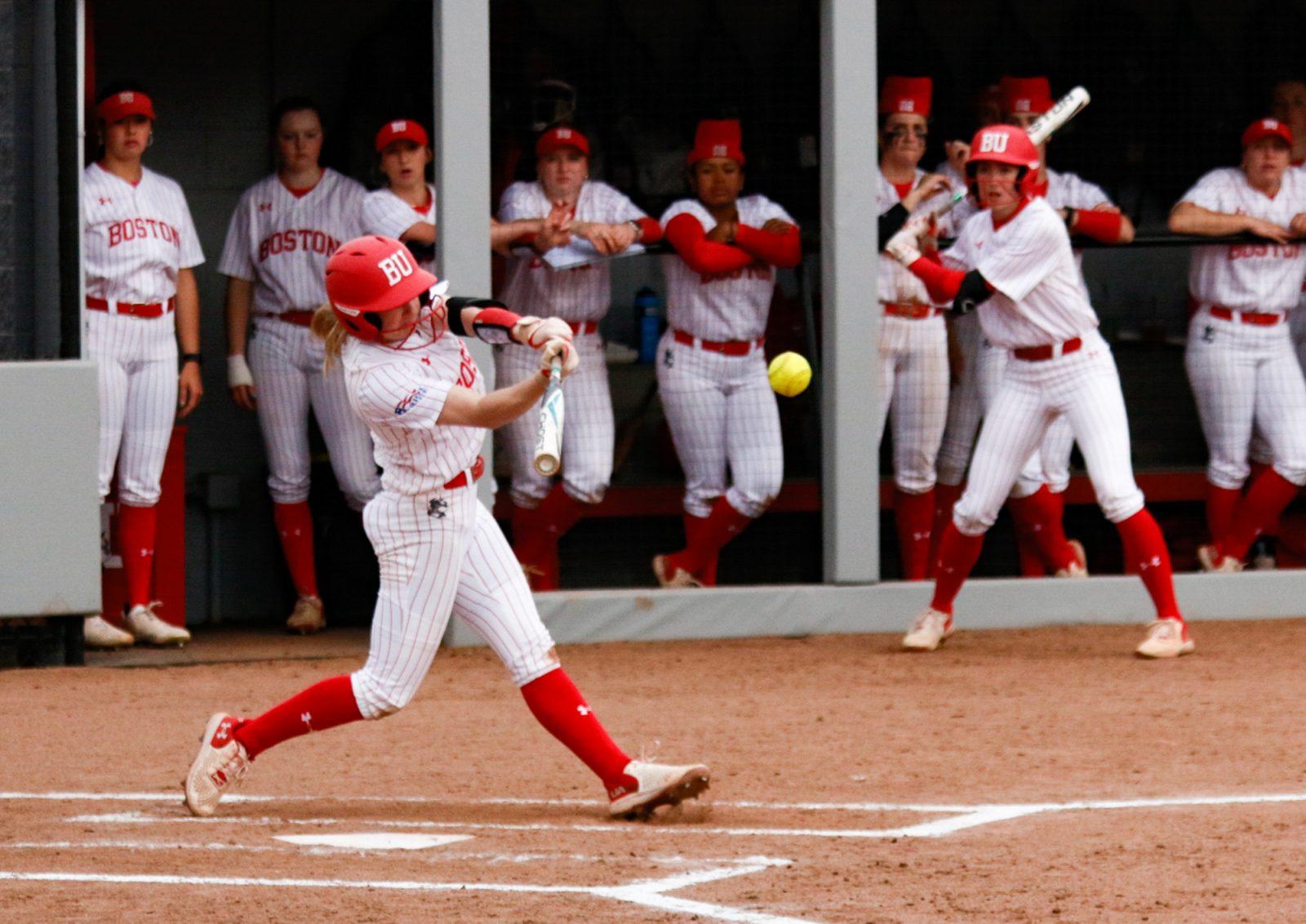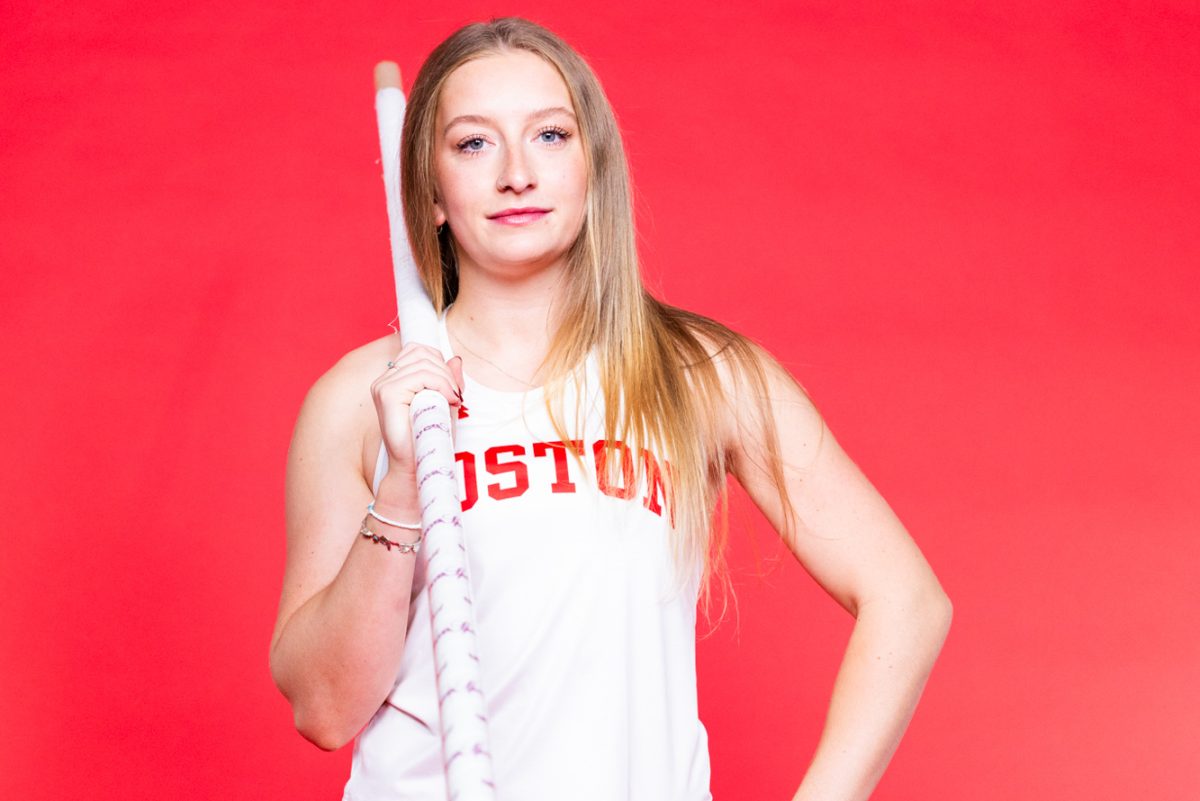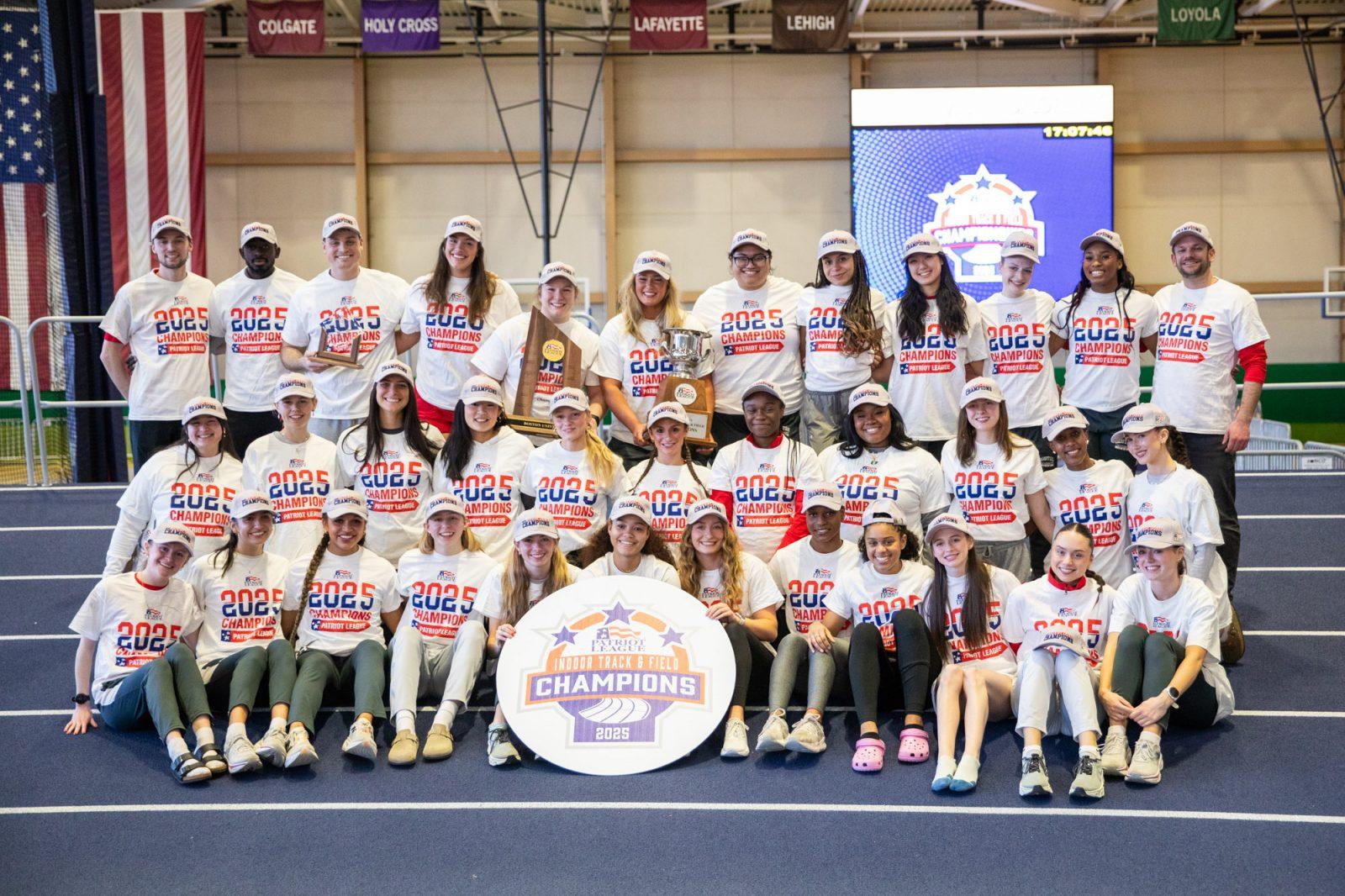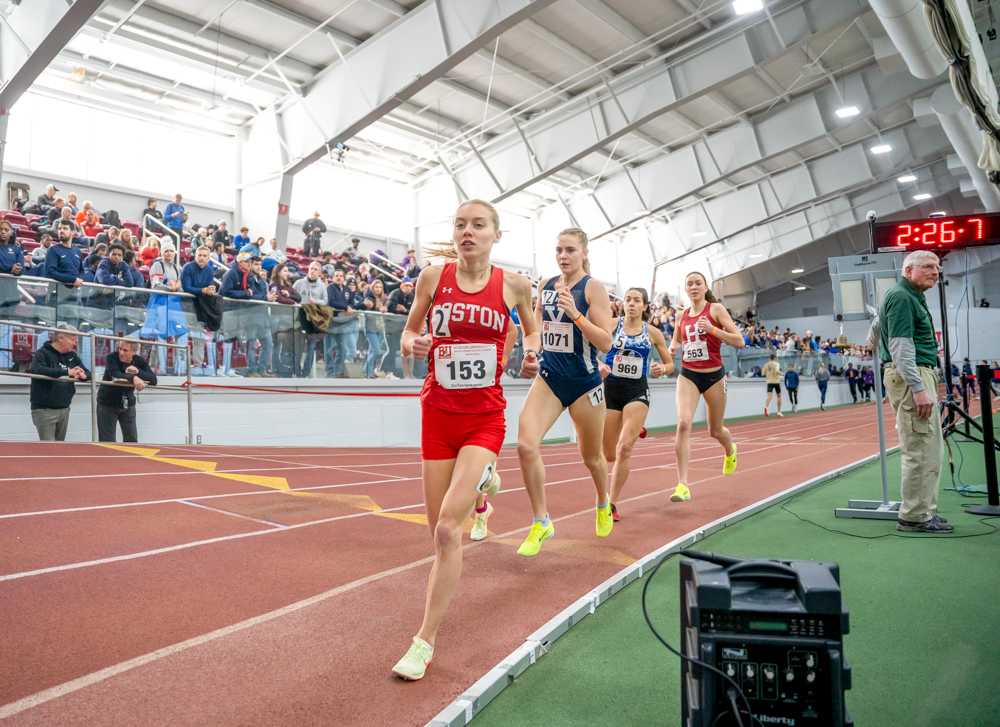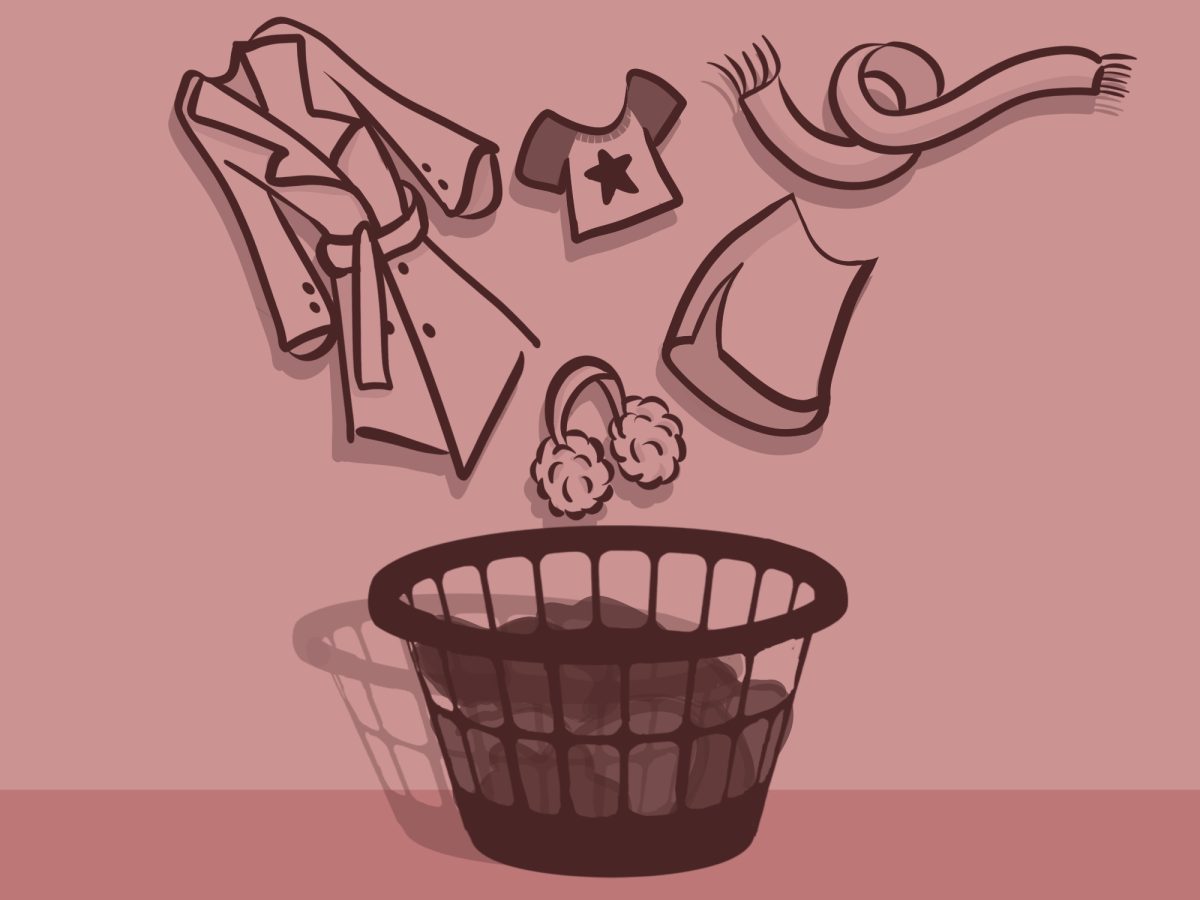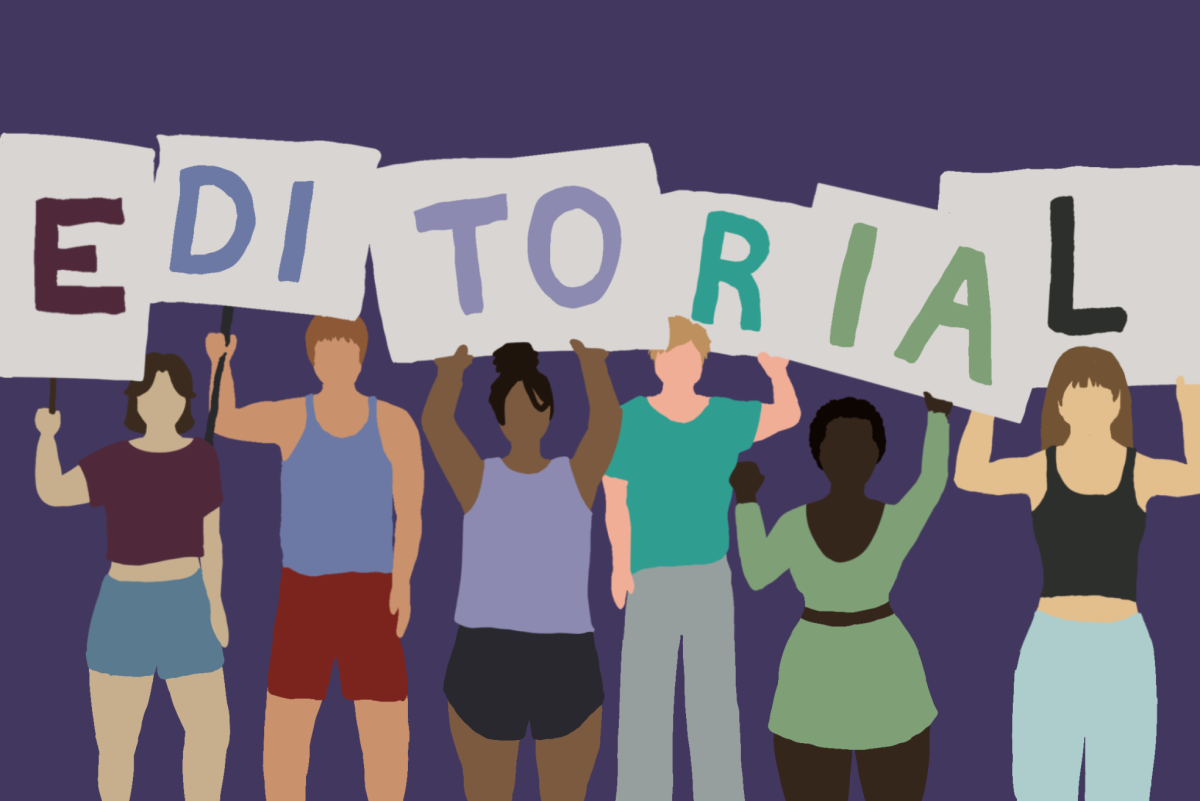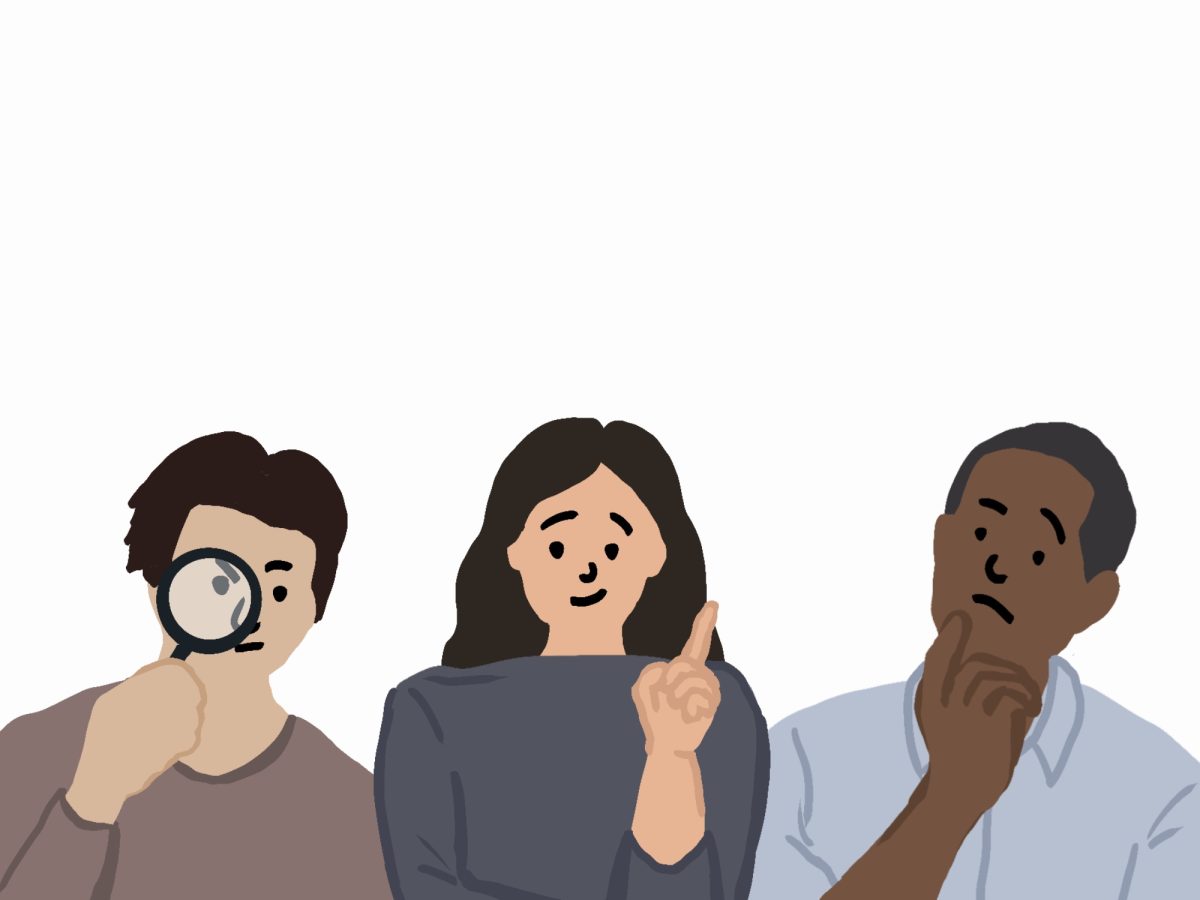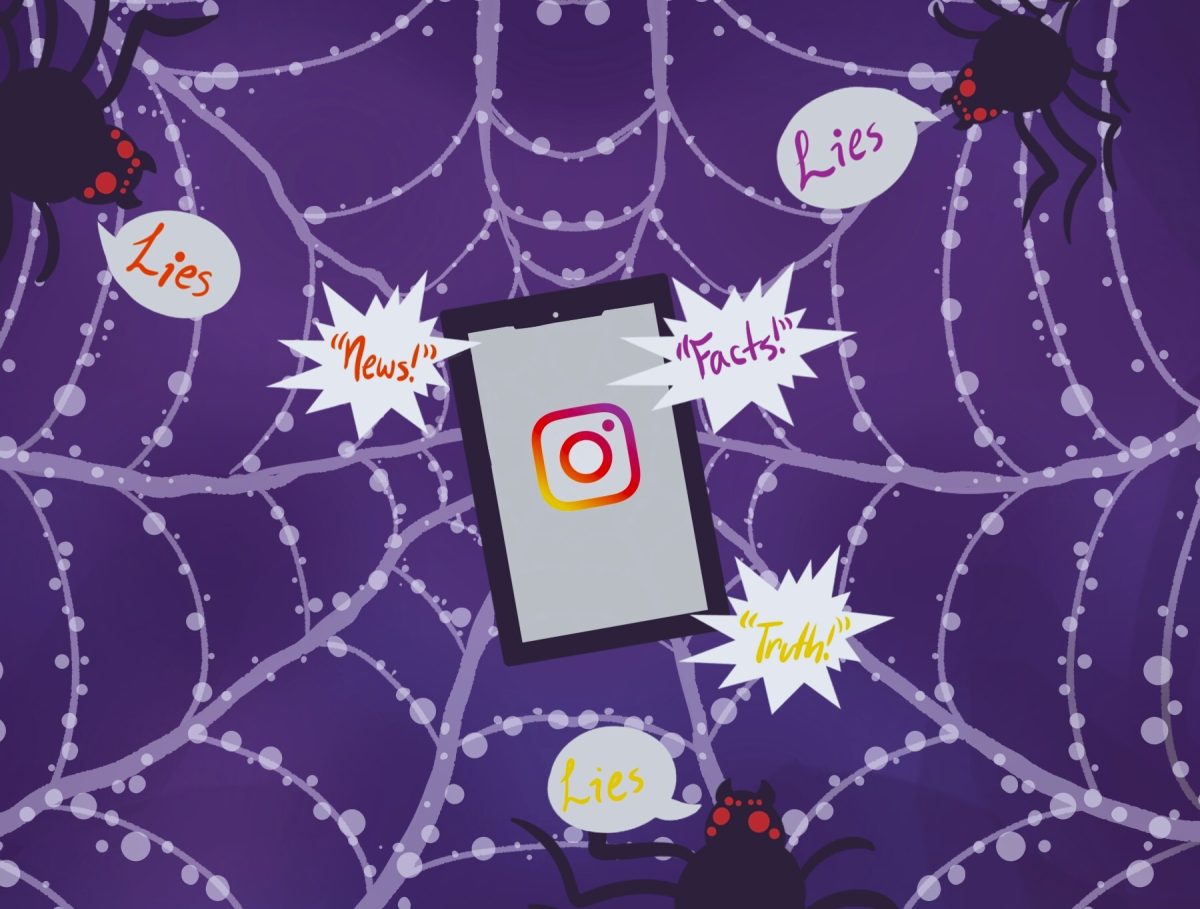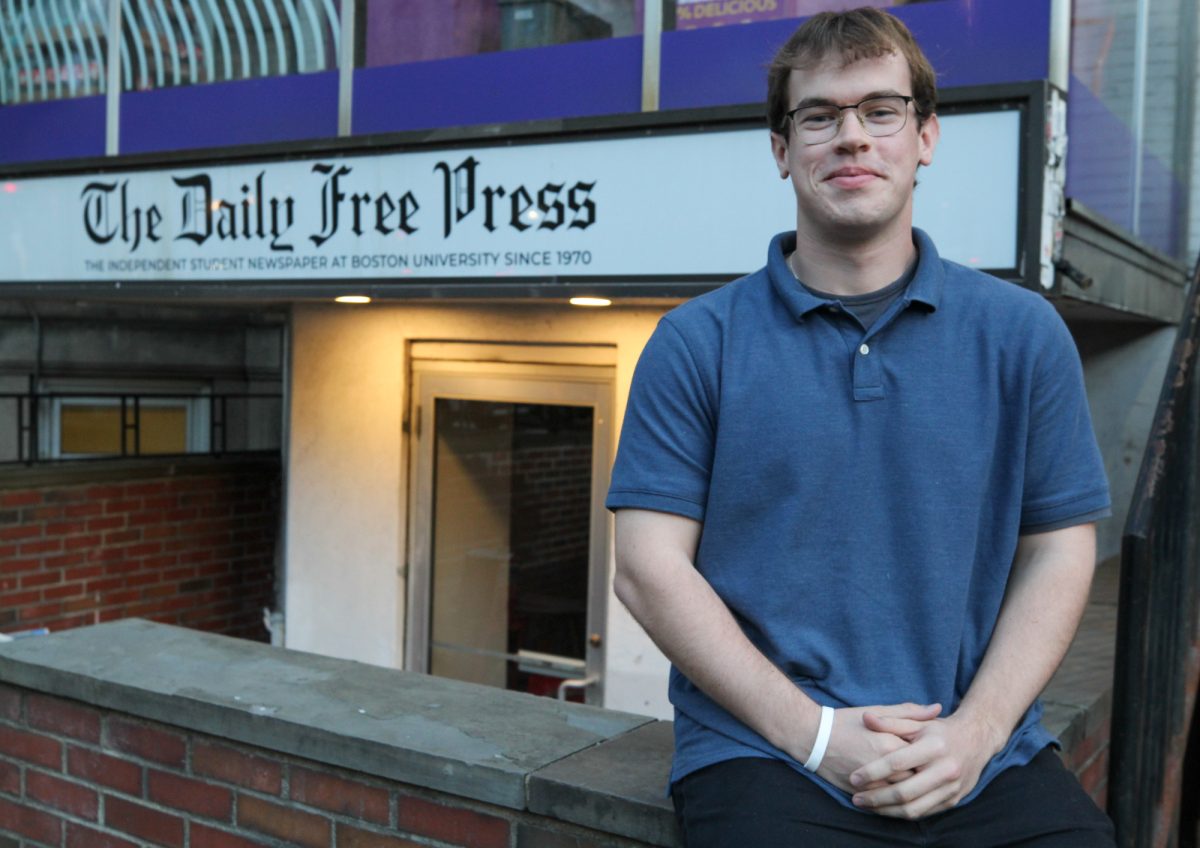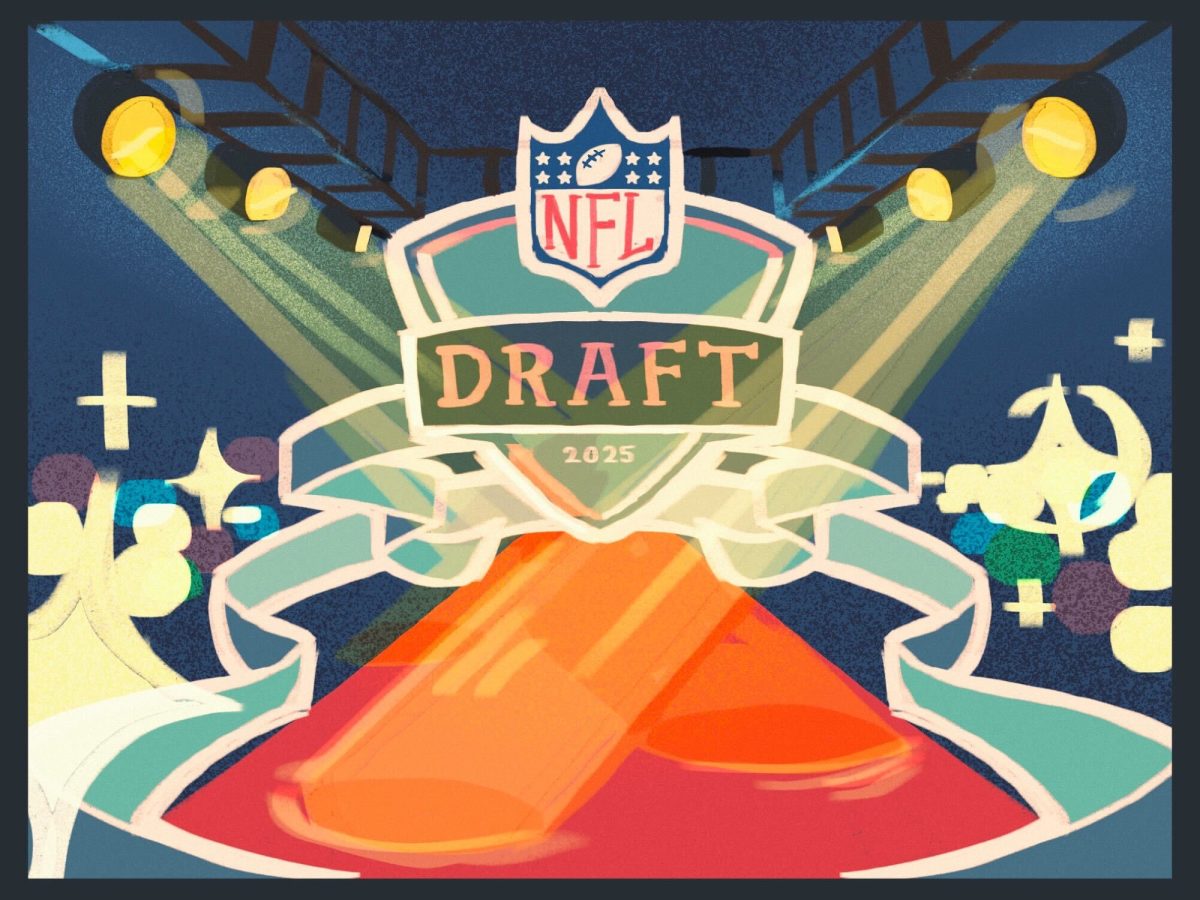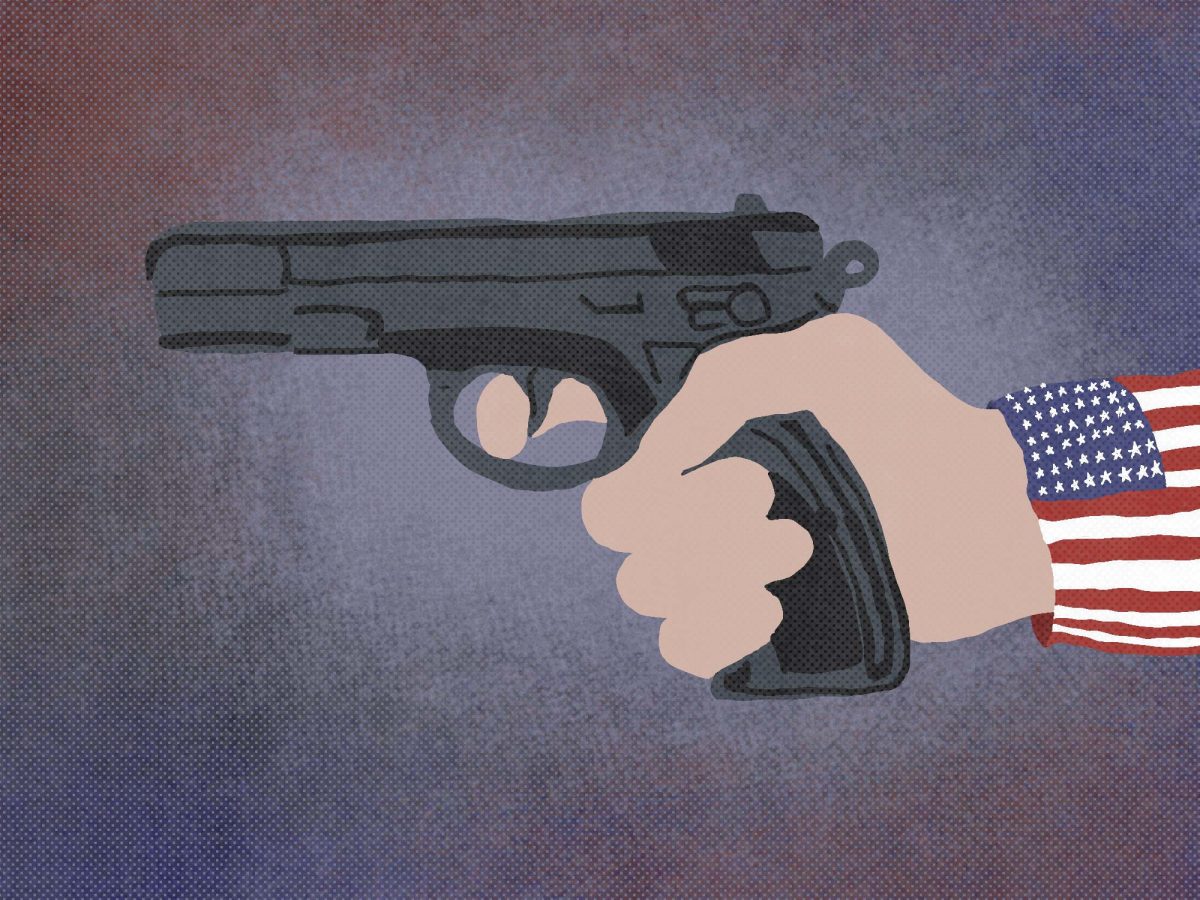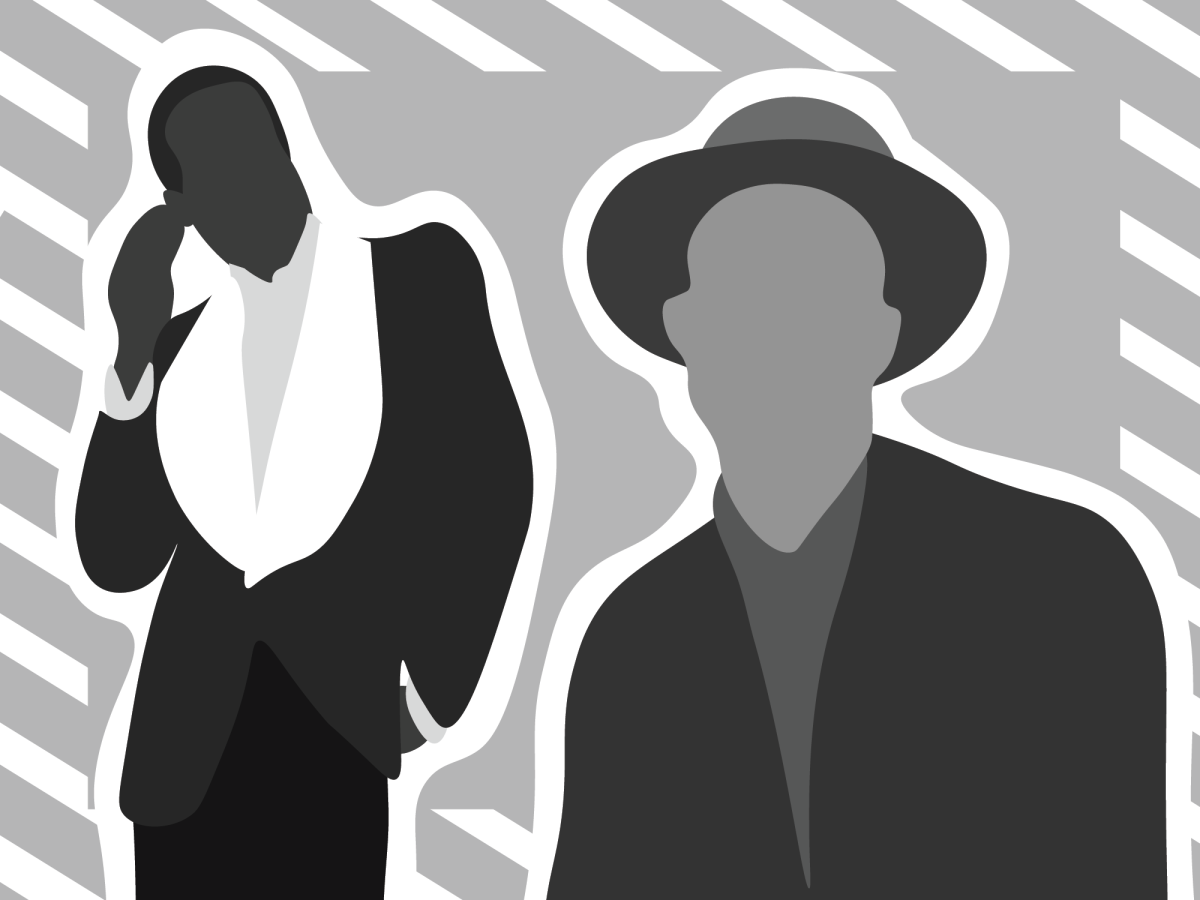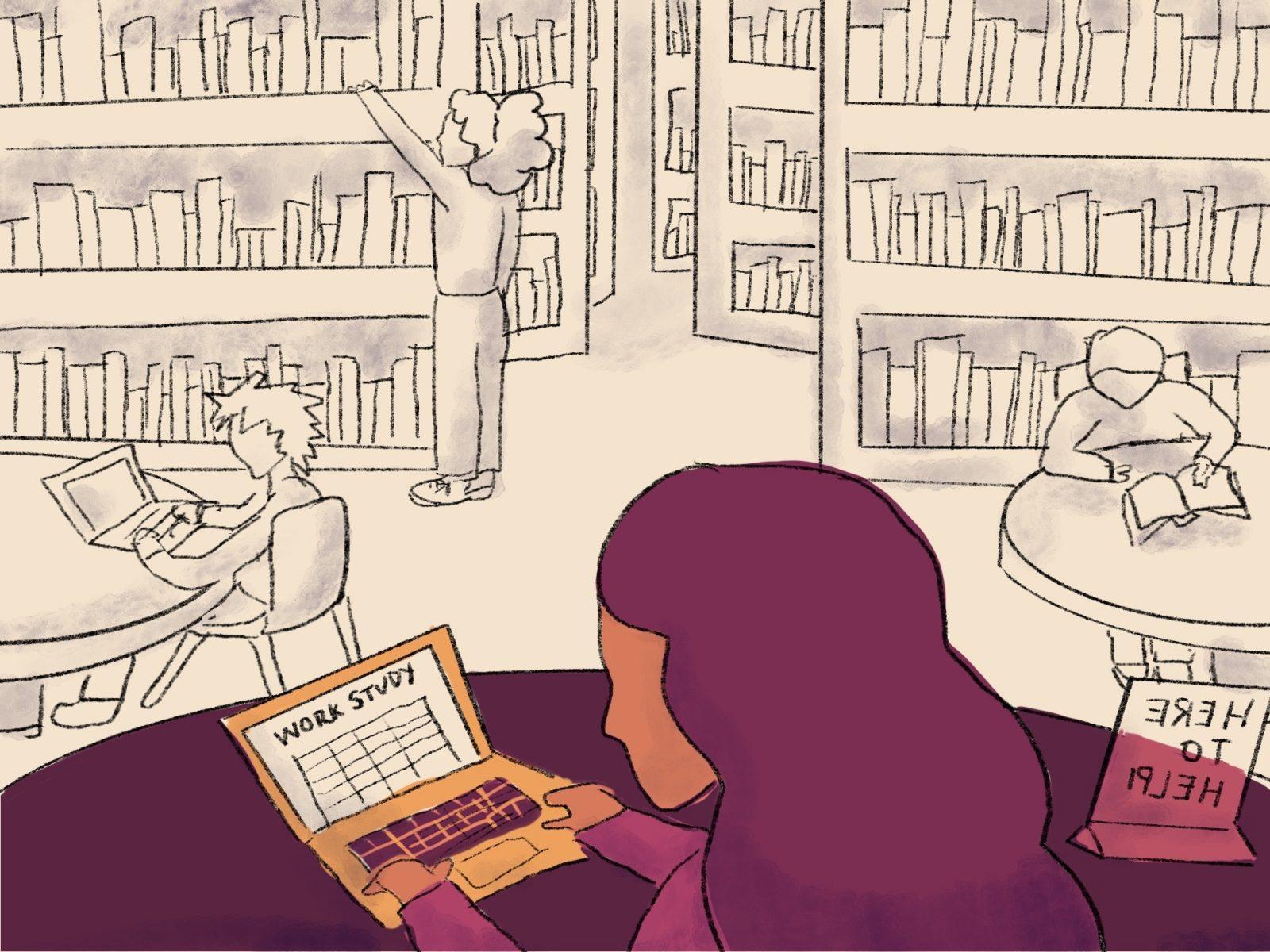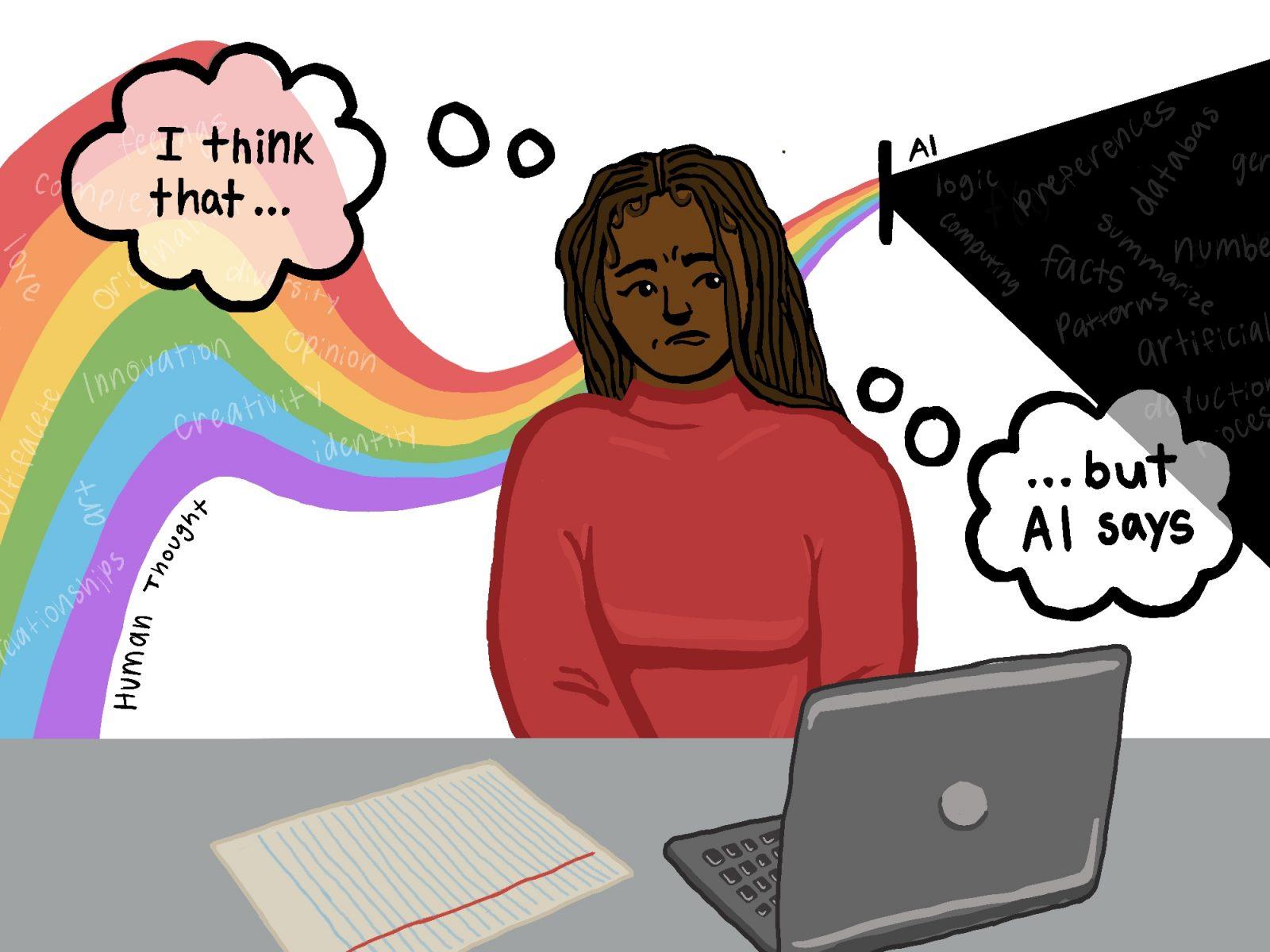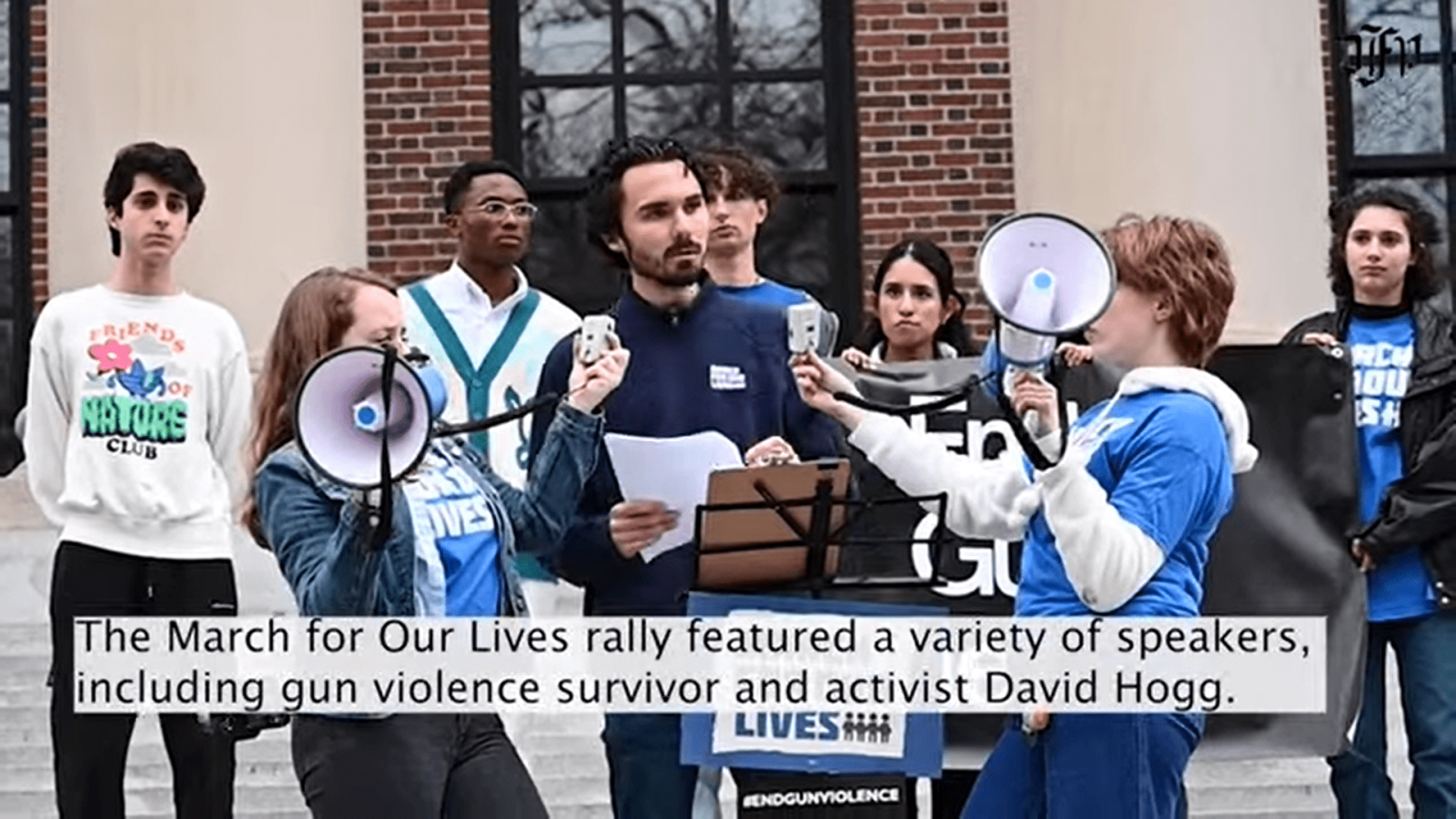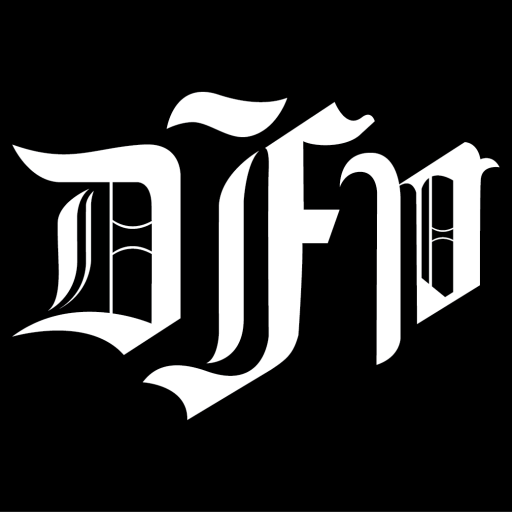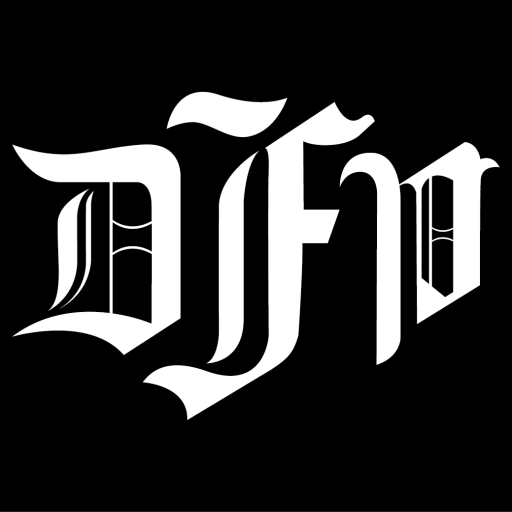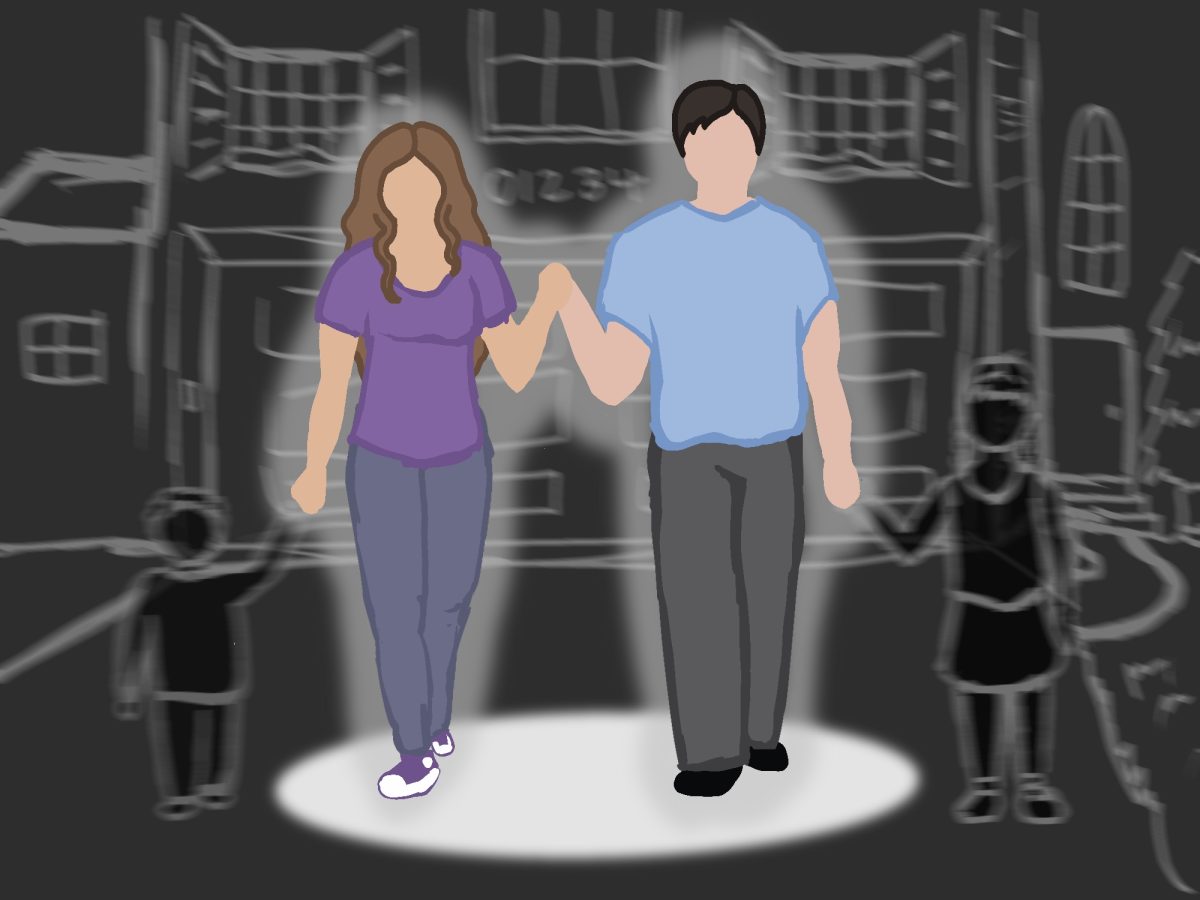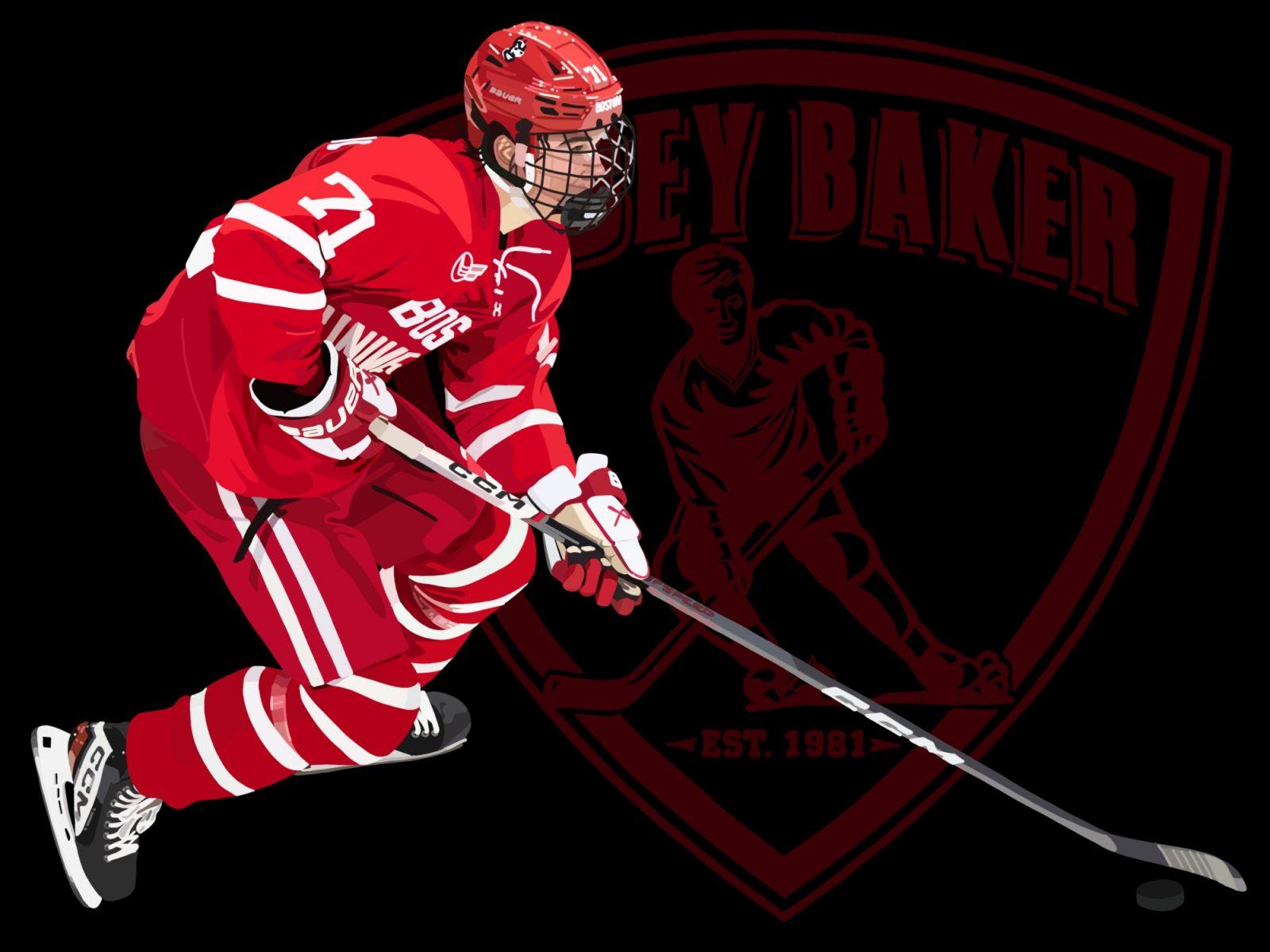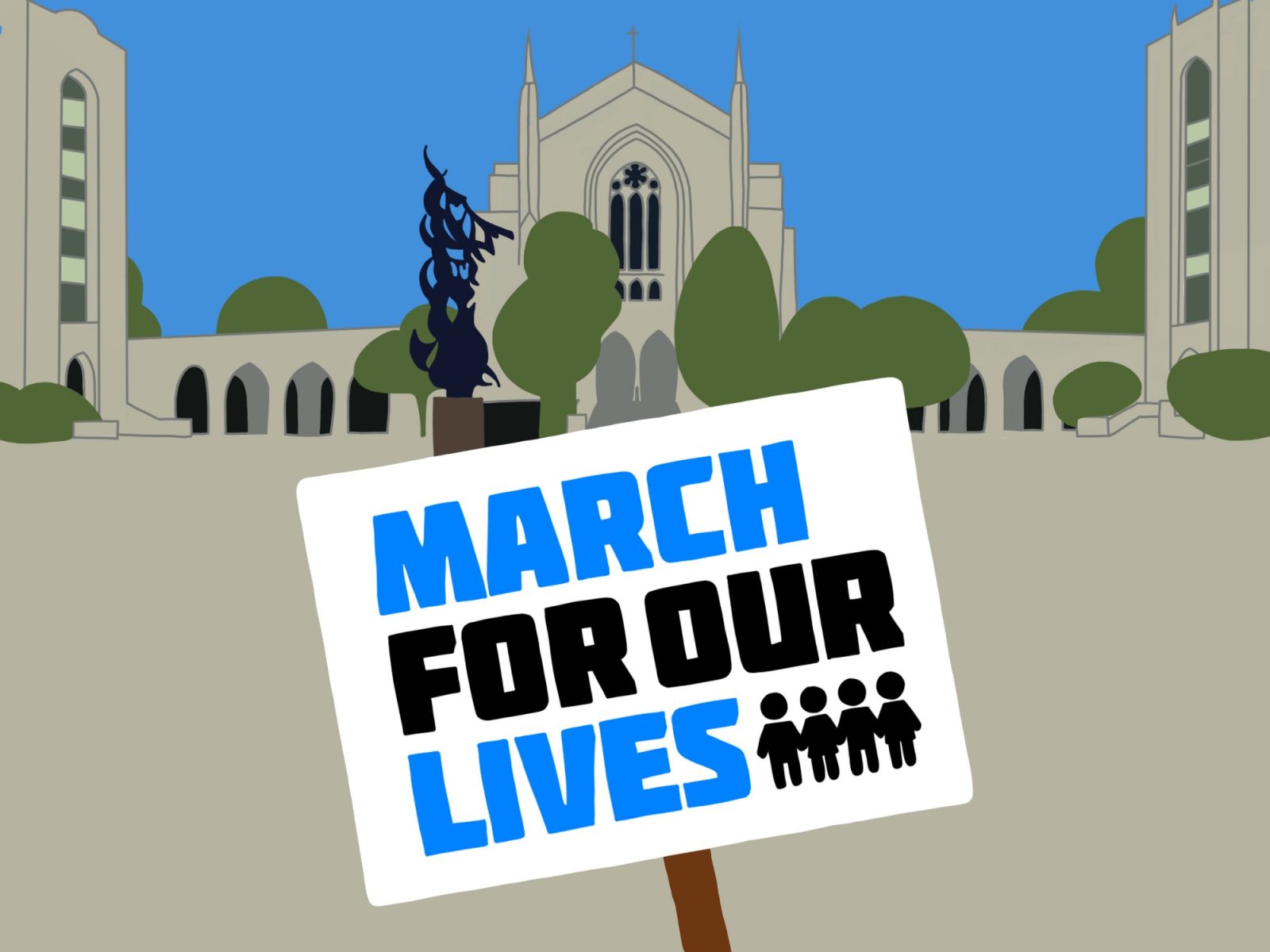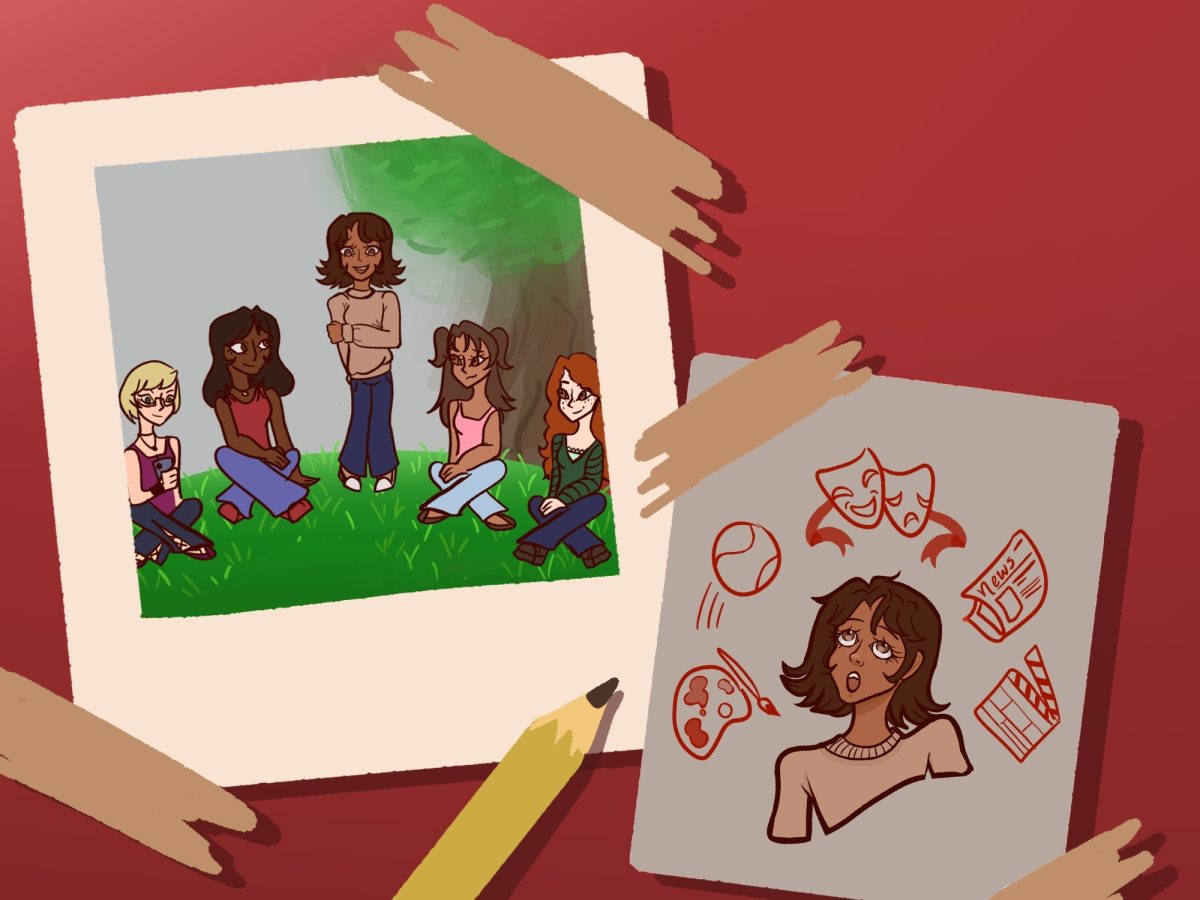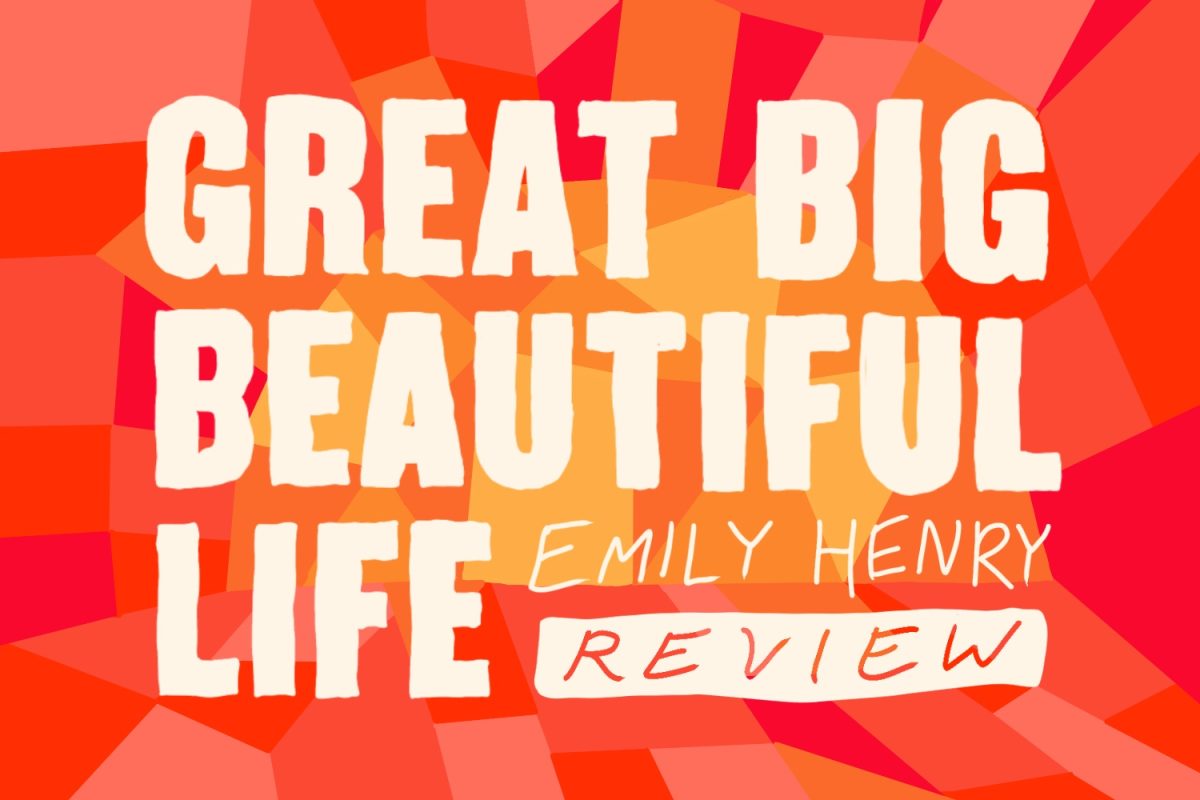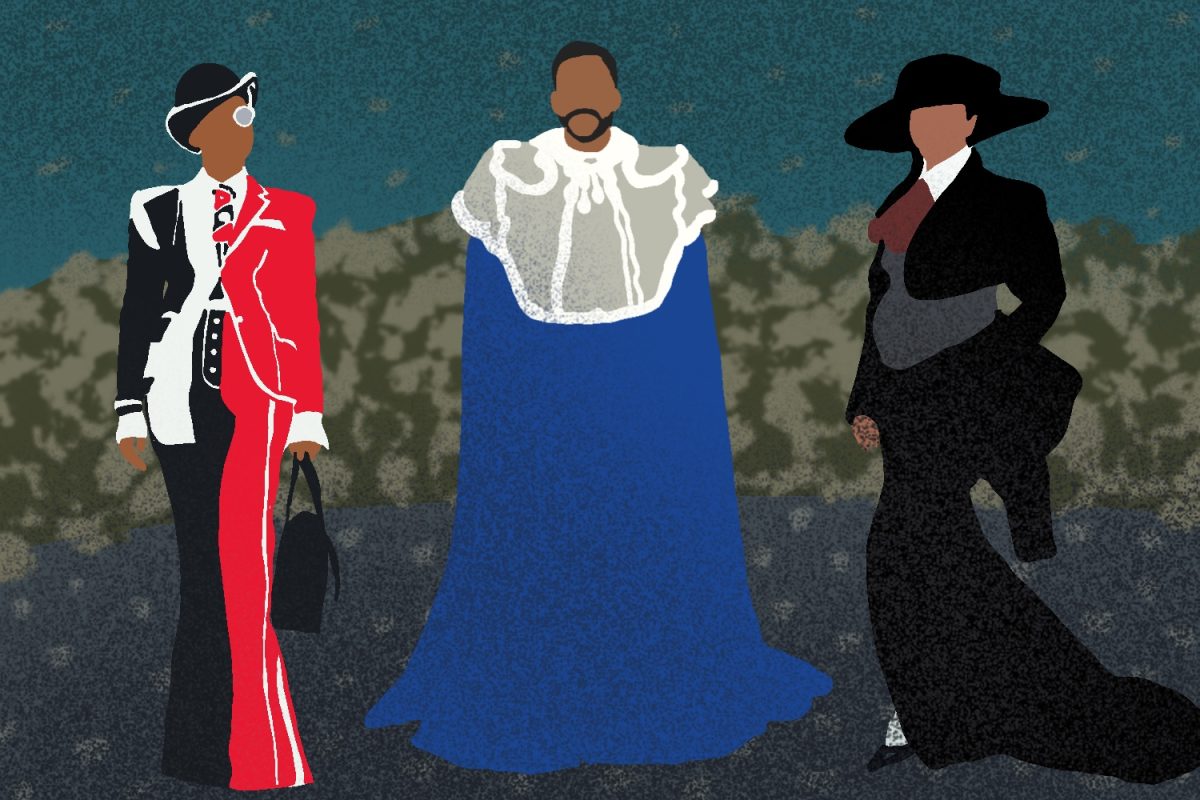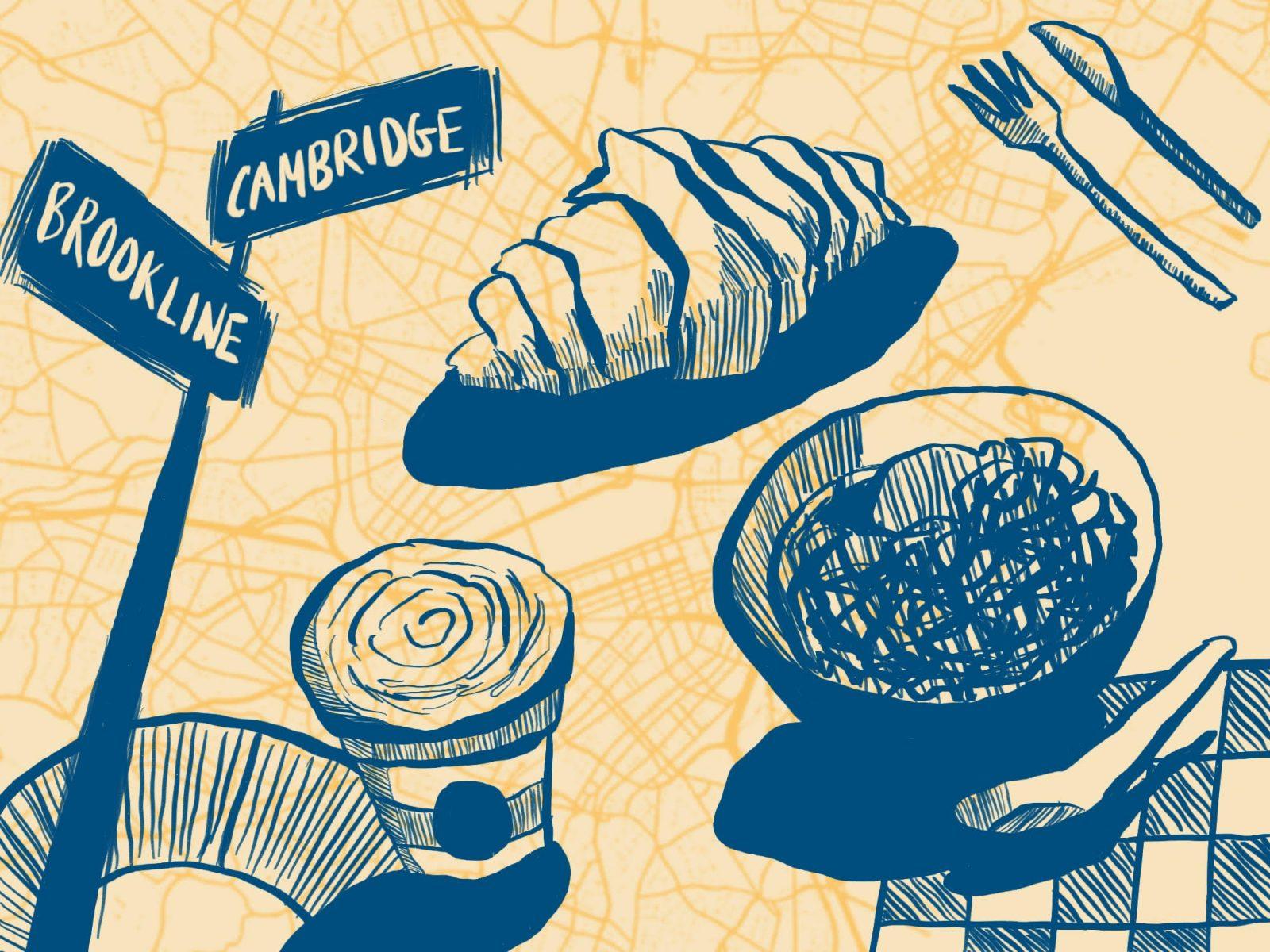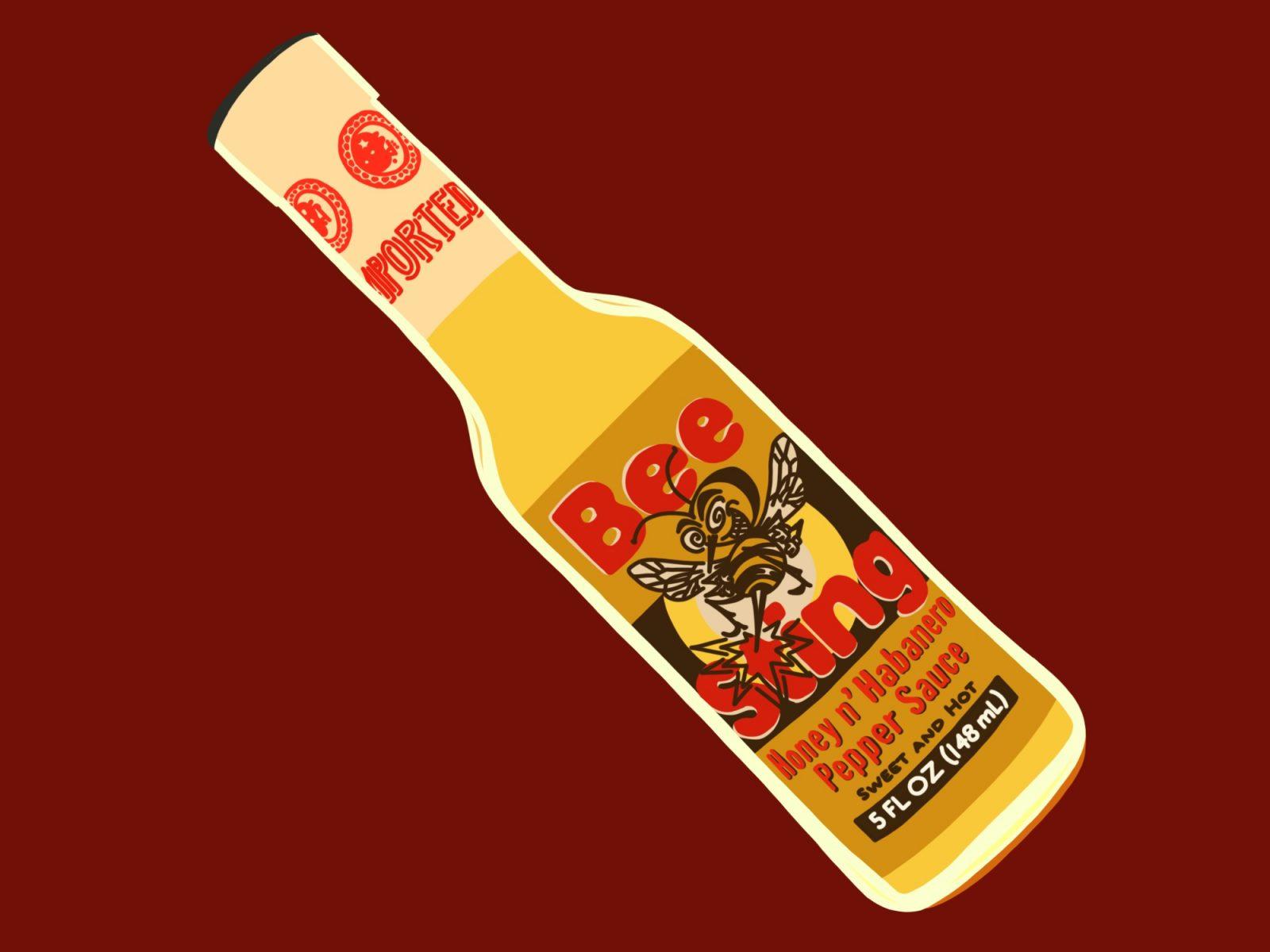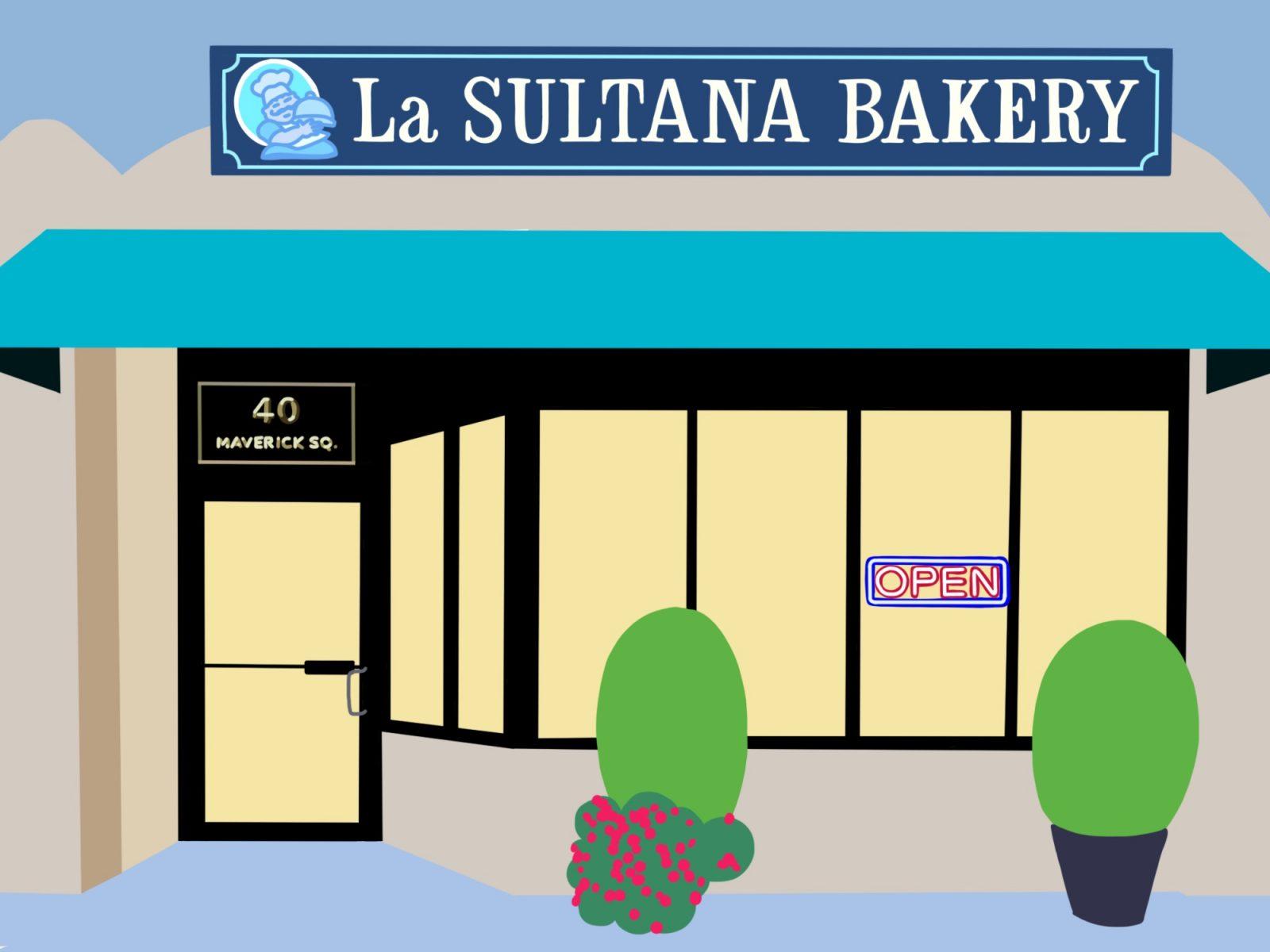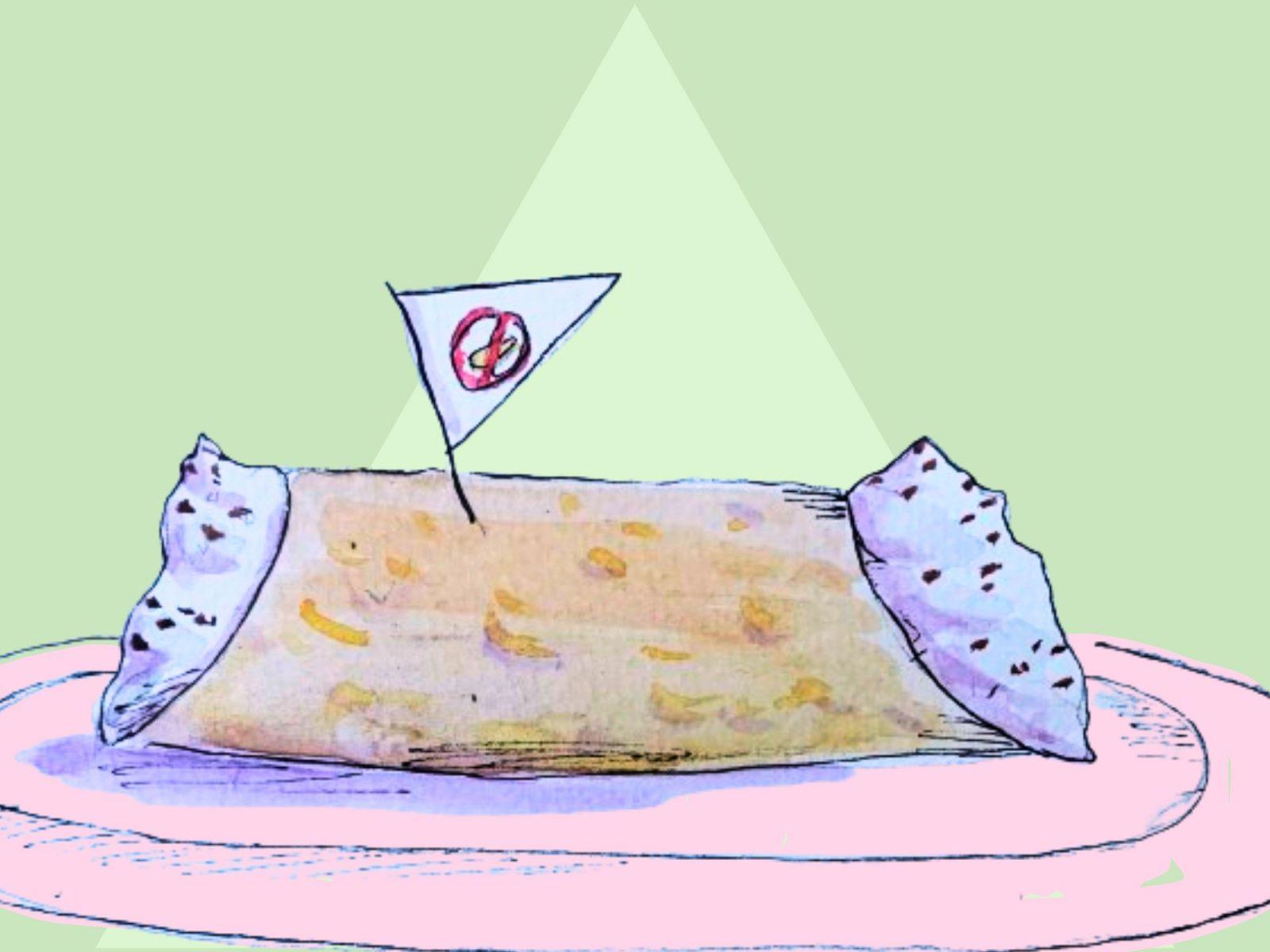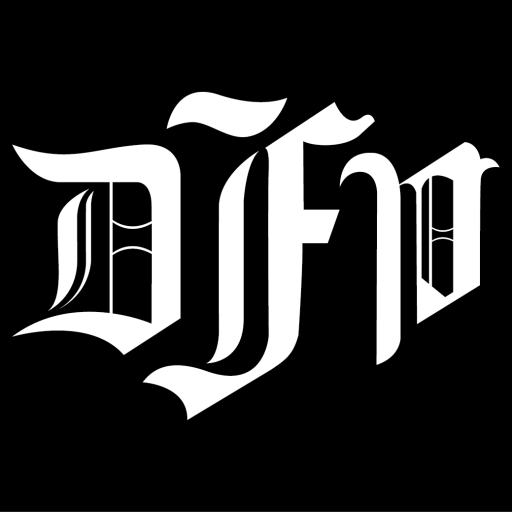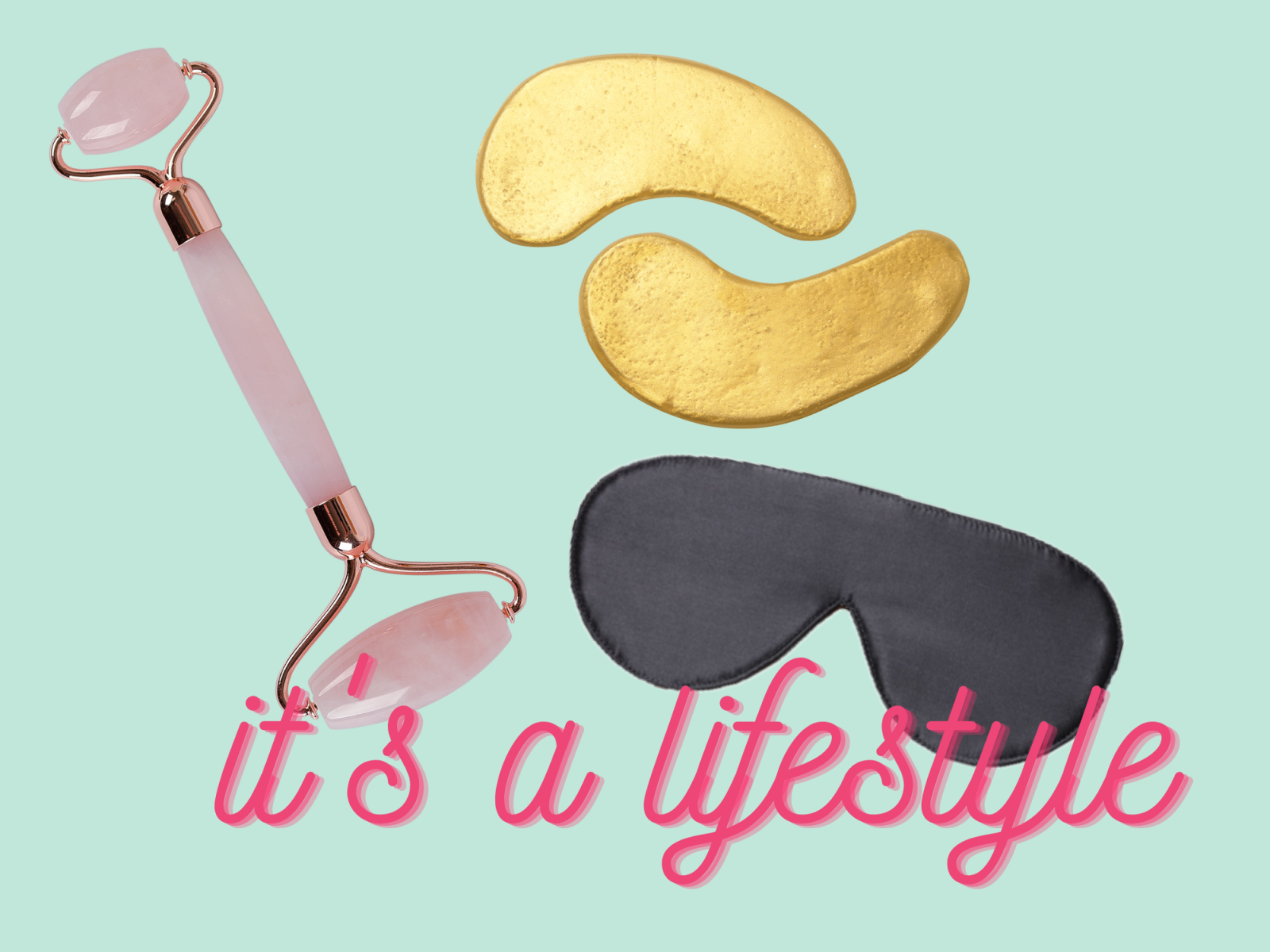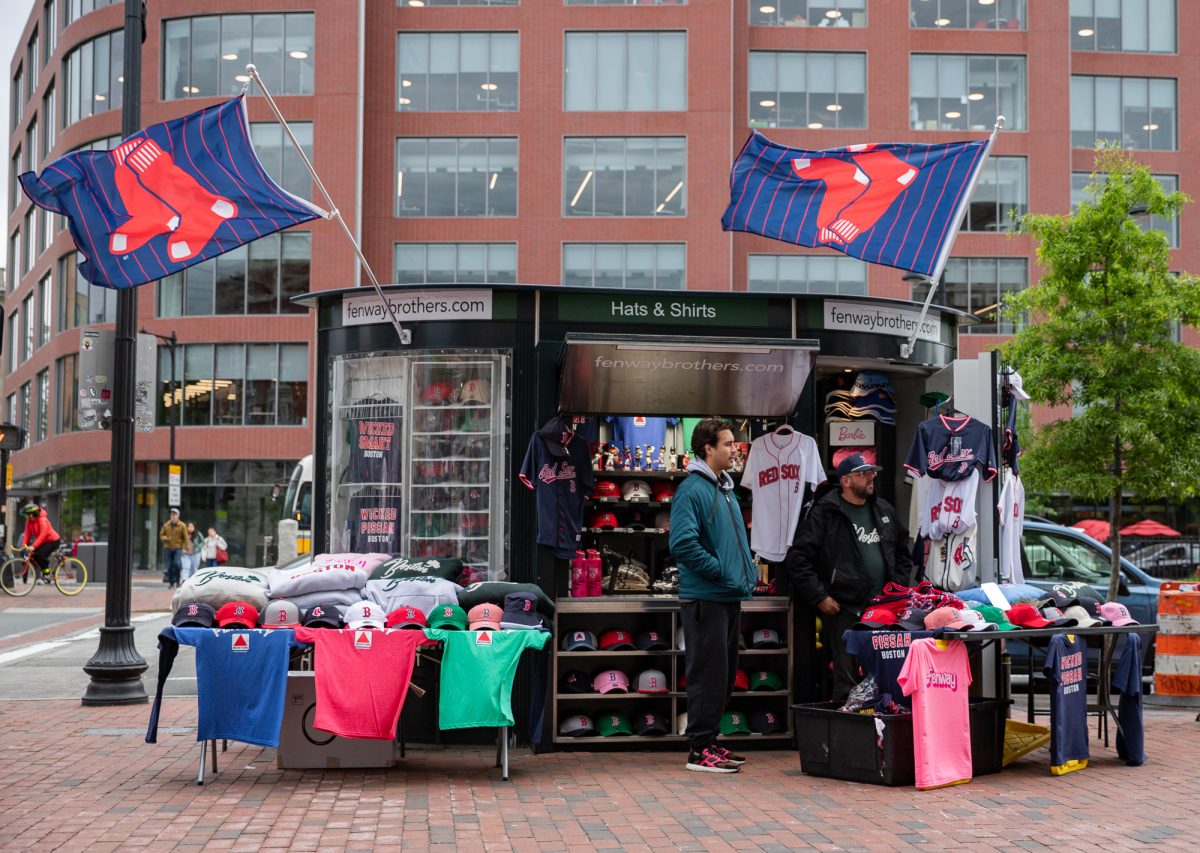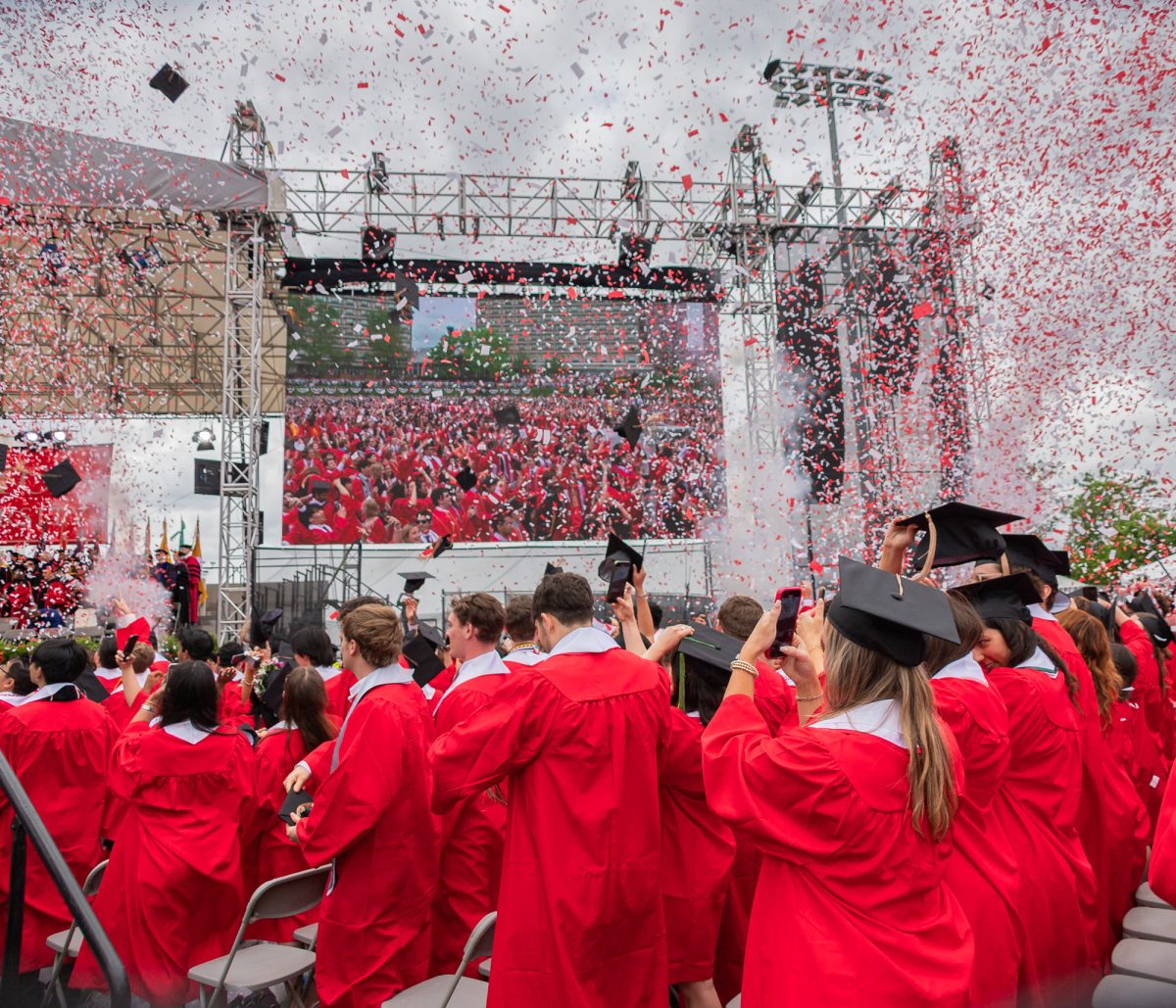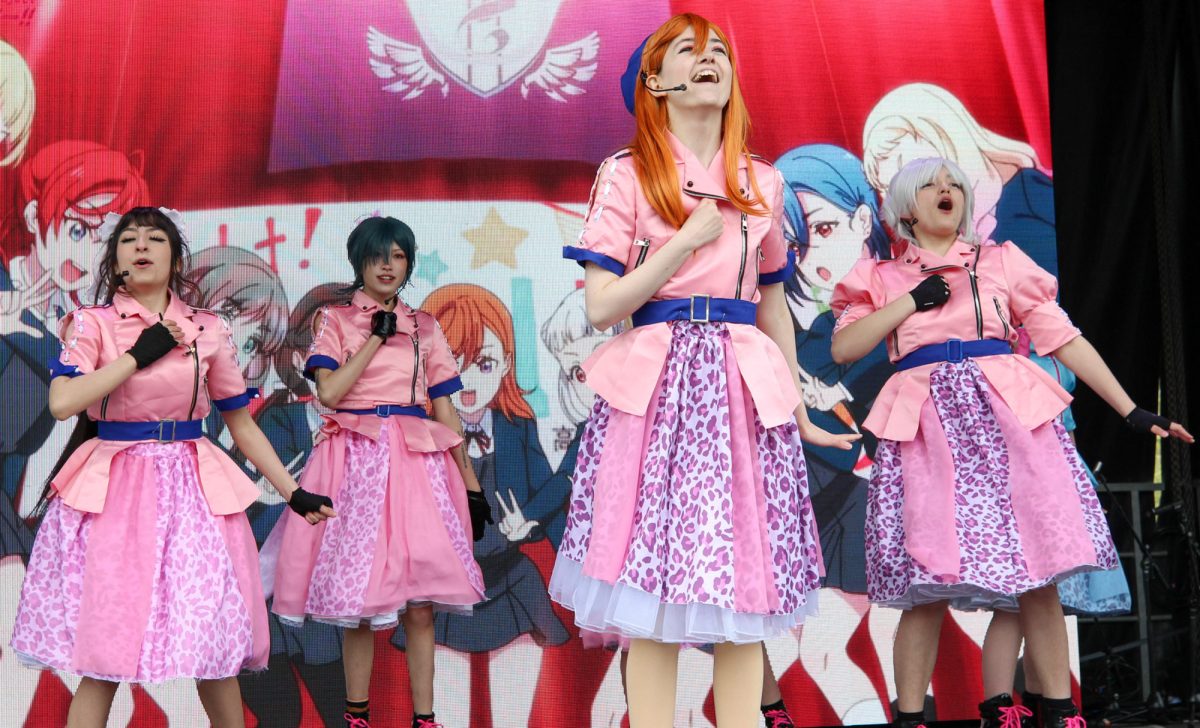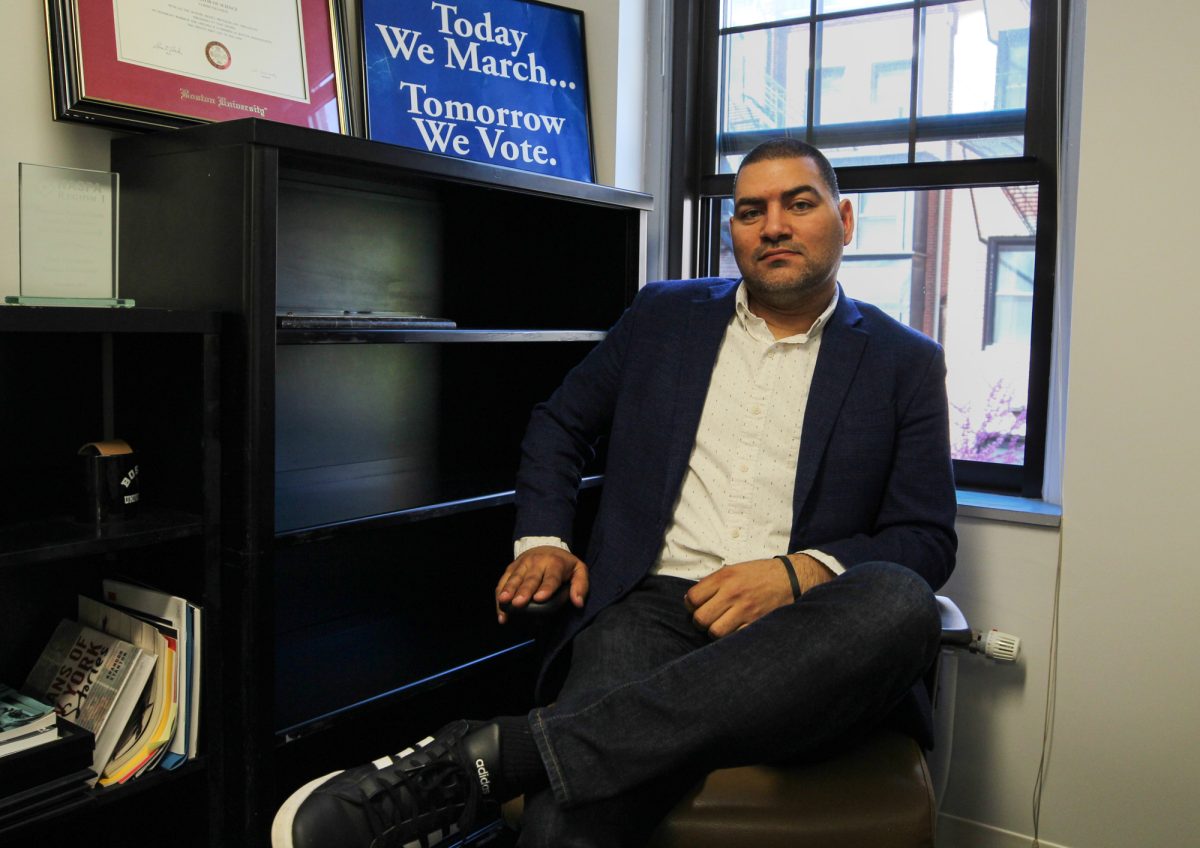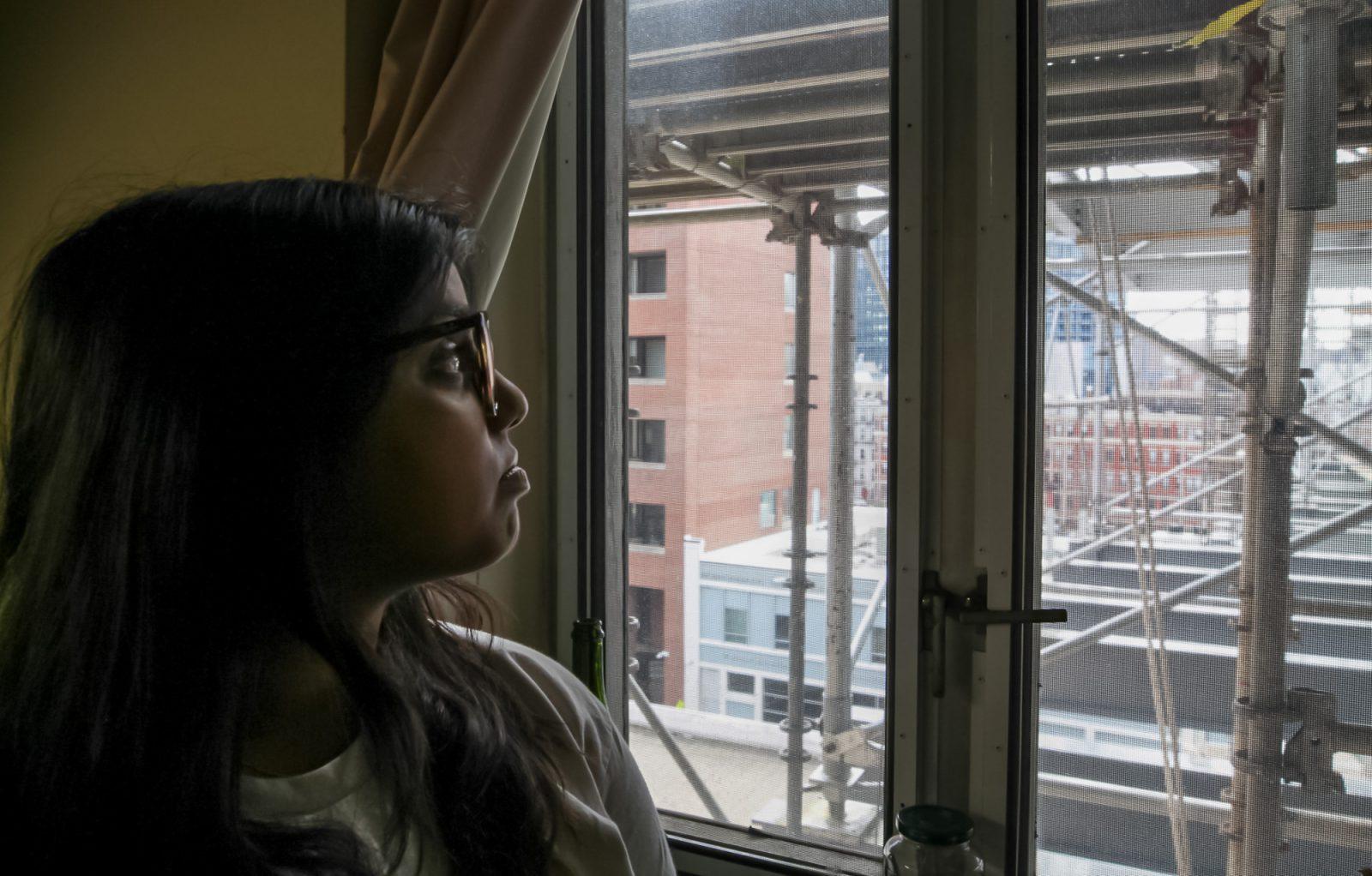Even after they die, some individuals help Boston University students learn the anatomy of the body.
A part of the BU Medical School since its inception in 1873, the Anatomical Gifts Program allows people 18 years and older to donate their bodies for educational purposes.
Donors allow the next generation of doctors and surgeons to examine the human body during medical school, said Anatomical Gifts Program Director Robert Bouchie.
“Today, they have high-end models, [and] those models still don’t suffice the needs of first-year medical students to look at and gain the anatomical education that they could with human bodies,” he said.
Because the program is not widely publicized, it does not meet the Medical School’s preferred number of approximately 44 bodies per year for course learning. This is partially because of other Boston-area medical schools’ need for donors, Bouchie said.
“They want to give after death,” Bouchie said. “I mean, what more beautiful gift in the world can there be . . . [than] giving your whole entire body to a program? . . . It’s what they believe in.”
Potential donors fill out a series of paperwork after deciding to donate. When the donor passes on, their family members will alert the Medical School, and Bouchie arranges to have the body shipped within 24 hours.
This standard procedure sometimes conflicts with “traditional funeral services,” Bouchie said.
“During their 12- to 18-month stay at the university, the donors are used solely for educational purposes,” he said. “After that time, the family decides to either cremate them or send them for burial.
“[The donors] are used for anatomical study,” Bouchie continued, “a formal, authoritative instruction from skin to skeleton.”
Bouchie, a former pharmaceutical distributor who became a funeral home director, has overseen the program for almost six years. He has transported and embalmed donor bodies, comforted grieving families and worked with medical students to expand their knowledge of the human body.
Bouchie speaks at different locations to recruit donors, including visiting hospices where dying people stay to live out their final days.
The program requires tactful promotion, Bouchie said, because he cannot simply put up “a billboard on Route 1.”
College of Communication dean ad interim Tobe Berkovitz led a group of Metropolitan College and COM advertising graduate students to design program pamphlets for Bouchie three years ago.
“They were an excellent client,” Berkovitz said. “Robert worked very closely with the advertising account team and explained the need, the audience and the tone desired for the brochure.”
Because the Medical School requires students to take four courses exposing them to human tissue, they begin working with donors during their first-year gross anatomy class. Students also work with donors during a summer course, dental course and five-week clinical course.
“Some of these families don’t know that we even exist,” Bouchie said. “Having that brochure . . . something that’s easy on the eyes and in layman’s terms rather than in technical science terms is advantageous.”
The Anatomical Gift Program has upheld its reputation because it has clear policies regarding its procedures, Bouchie said.
“We run a black-and-white program at Boston University,” he said. “People want to donate their bodies, they follow through on the paper work, the family members call my number when they pass and I oversee [everything] from A to Z.”

